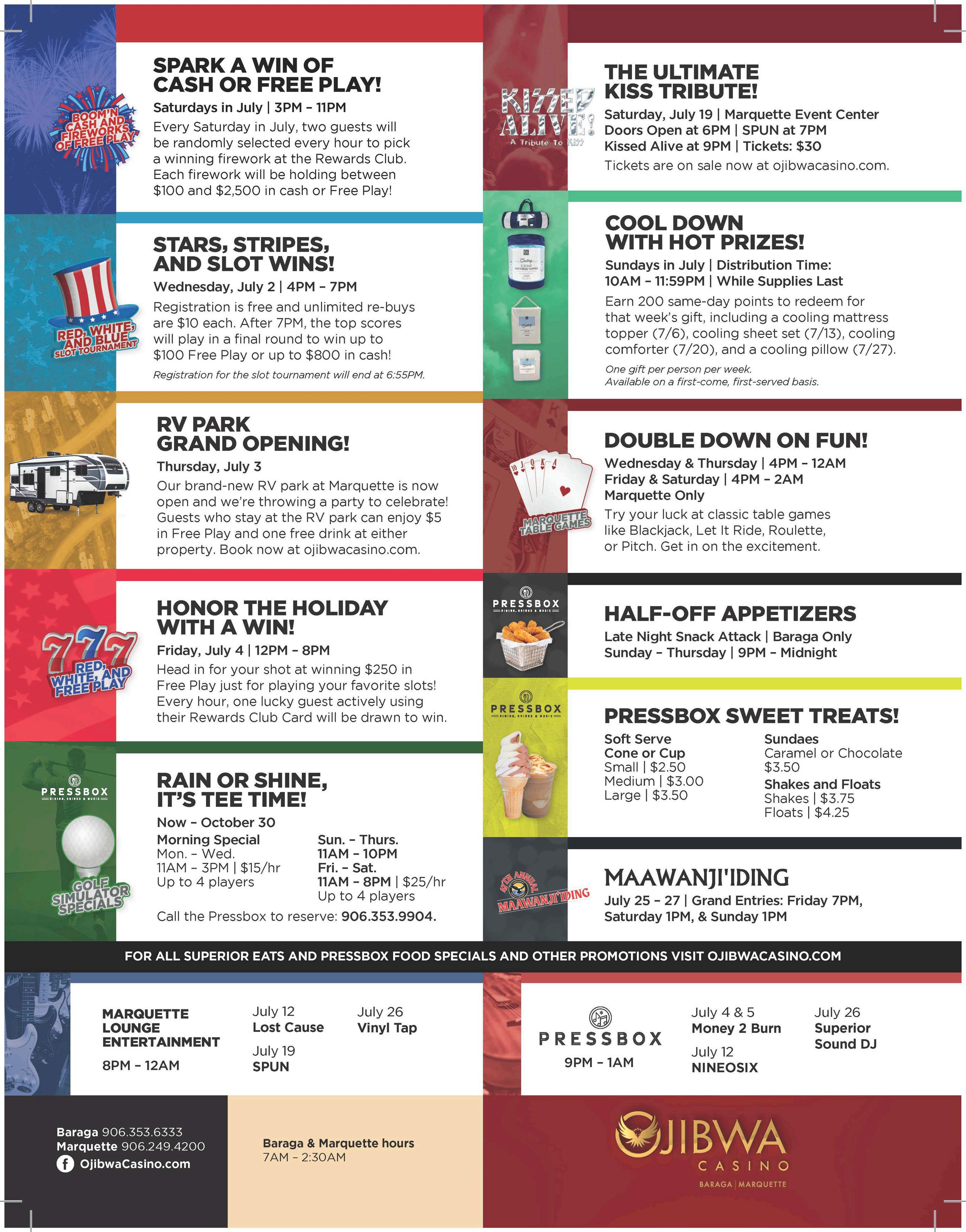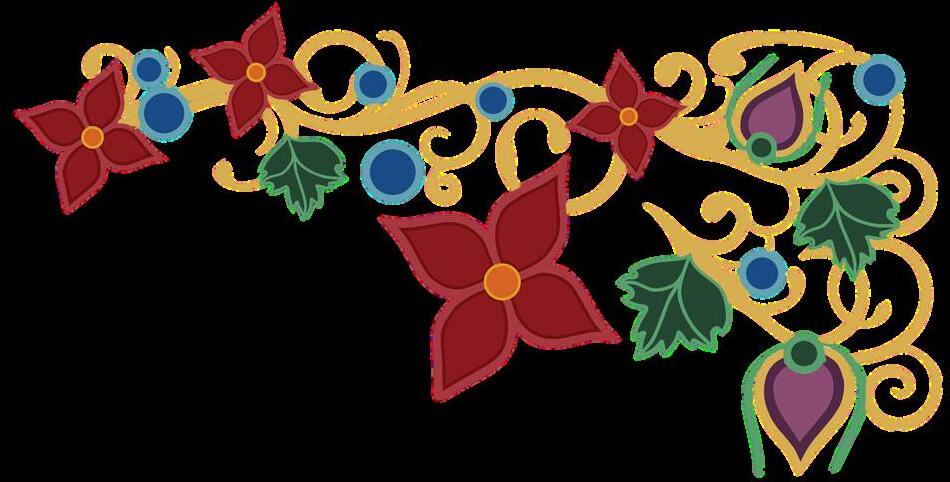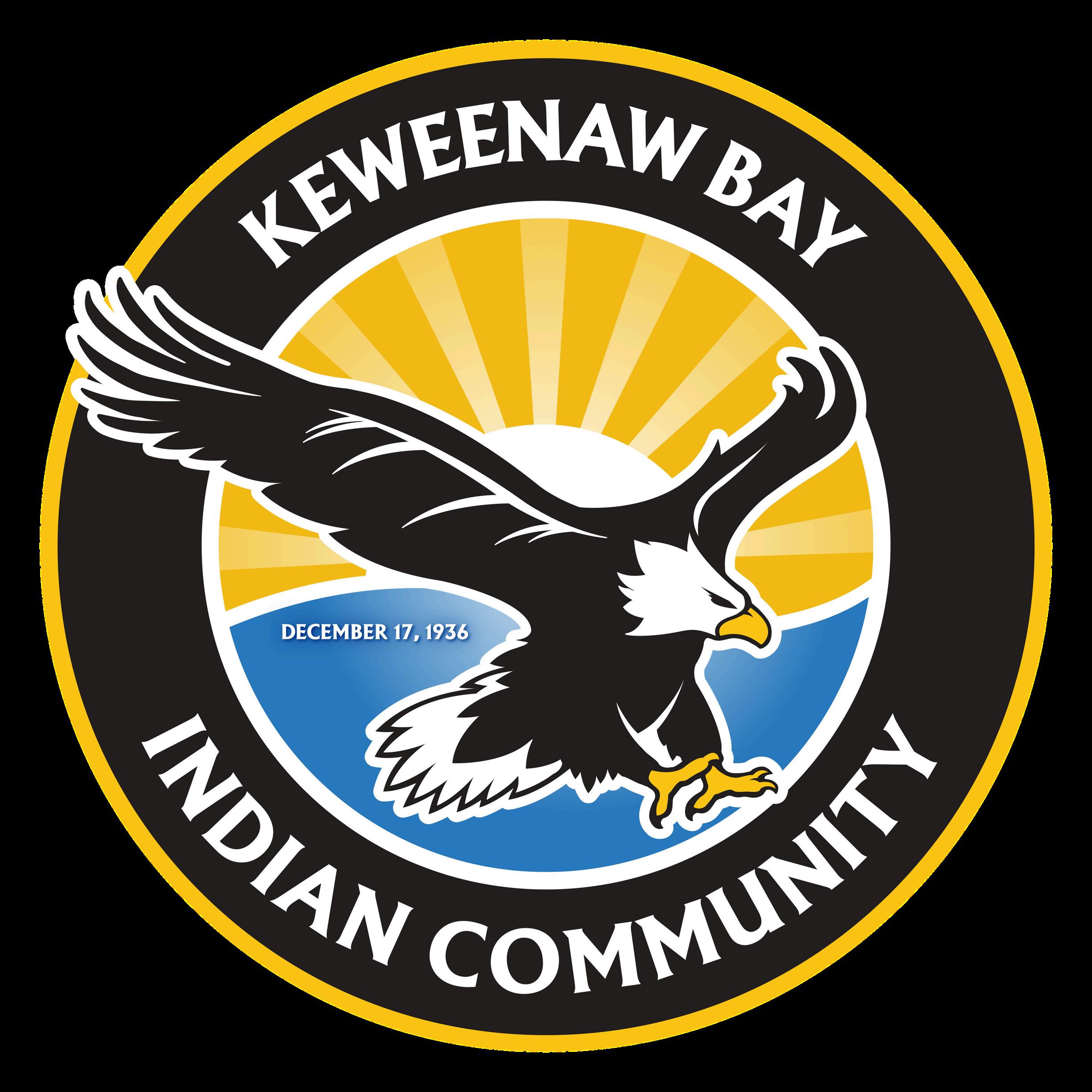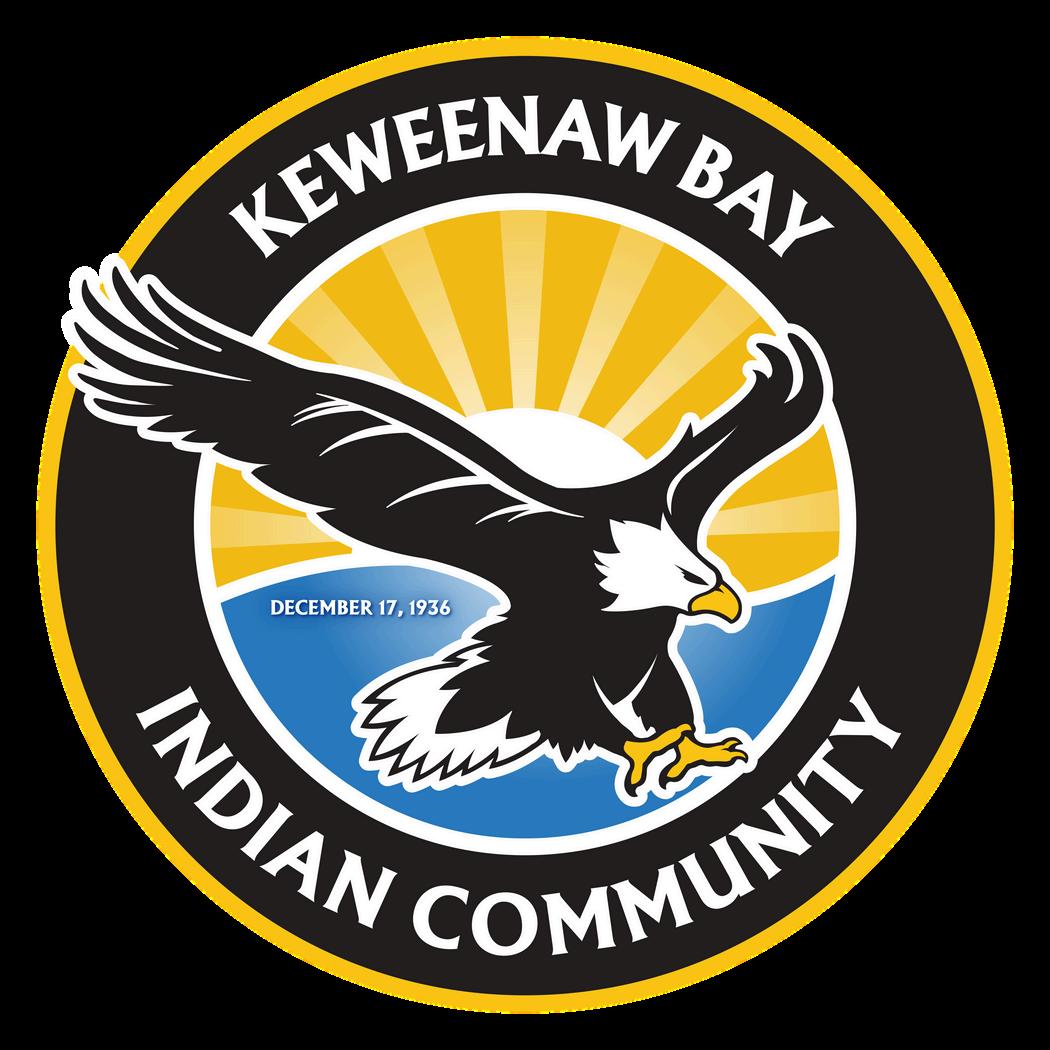

KBIC NEWS
ABITA NIIBINI GIIZIS - MIDSUMMER MOON
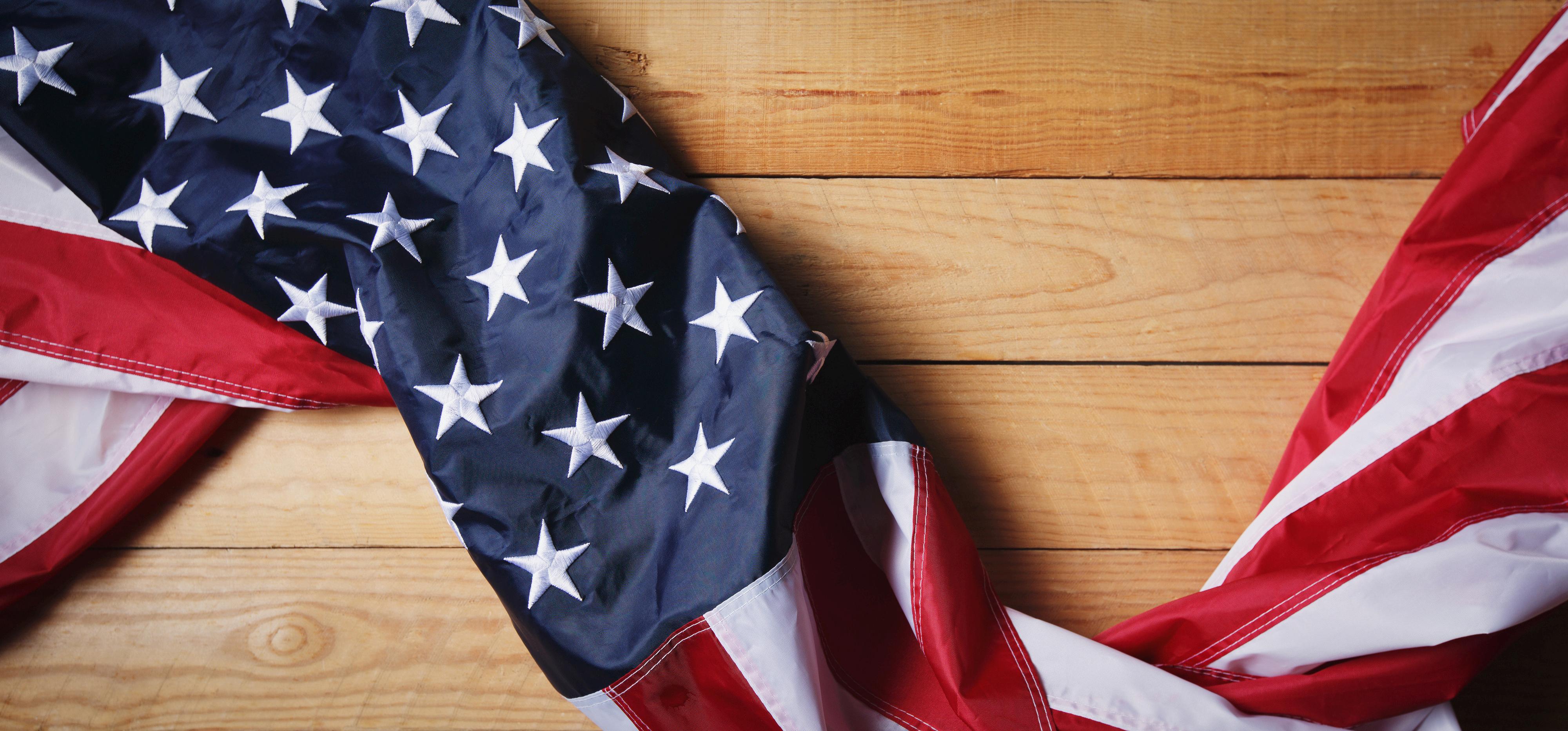
KBIC Testifies Before U.S. House Natural Resources Committee in Support of the Keweenaw Bay Indian Community Land Claim Settlement Act
Baraga, MI The Keweenaw Bay Indian Community President
Robert “RD” Curtis, Jr. testified this Wednesday before the U.S. House Natural Resources Subcommittee on Indian & Insular Affairs in support of H.R. 411, the Keweenaw Bay Indian Community Land Claim Settlement Act. Championed in the House by Representative Jack Bergman, this legislation seeks to compensate the Tribe for the unconstitutional taking of treaty-protected reservation lands and confirm title for the current landowners.
“The Tribal Council and the whole Keweenaw Bay Indian Community appreciates Representative Bergman’s
IN THIS ISSUE
PRESIDENT’S REPORT
HEALING TO WELLNESS
leadership and the House Natural Resources Committee for holding this important hearing,” said Keweenaw Bay Indian Community President Robert “RD” Curtis, Jr. “We have sought a fair and non-adversarial resolution to these longstanding claims, and we look forwarding to working with the Committee to advance this bill.”
“The Tribal Council and the Keweenaw Bay Indian Community appreciate the efforts of the Michigan delegation, especially Representative Bergman and Representative Walberg, for their support during the Subcommittee hearing,” said Keweenaw Bay Indian Community Vice-President Everett Ekdahl, Jr. “After the United States admitted that our claims are valid, KBIC Tribal Council chose to pursue justice through cooperation, not unnecessary litigation, so we could acknowledge past wrongs while maintaining harmony with our community.”
The Keweenaw Bay Indian Community worked closely with its neighbors in Baraga County, the Village of L’Anse, and the Village of Baraga, Governor Gretchen Whitmer, the Department of the Interior, and its U.S. Congressional Delegation to develop the Keweenaw Bay Indian Community Land Claim Settlement Act. This legislation recognizes the uncompensated federal taking on lands guaranteed to the
2025 TRIBAL COUNCIL
Robert “RD” Curtis, Jr, President
Everett Ekdahl, Jr, Vice President
Sam Loonsfoot, Secretary
Elizabeth “Liz” Julio, Asst. Secretary
Theodore "Austin" Ayres, Treasurer
Doreen G Blaker
Sue Ellen “Suzie” Elmblad
Dale Goodreau
Jeremy T. Hebert
Rodney Loonsfoot
Tony Loonsfoot
Toni J. Minton

Community under its 1854 treaty and provides compensation to the Community for those takings. In return, it extinguishes all claims by the Community to those lands.
The Keweenaw Bay Indian Community celebrates this important step forward and expresses appreciation to Representative Bergman and the House Natural Resources Committee for working to right this historic wrong. This legislation now awaits markup in the House Subcommittee, after which it may be advanced to the full House Natural Resources Committee and ultimately the U.S. House of Representatives. The Keweenaw Bay Indian Community looks forward to continuing its work with Congressman Bergman and other federal partners to ensure
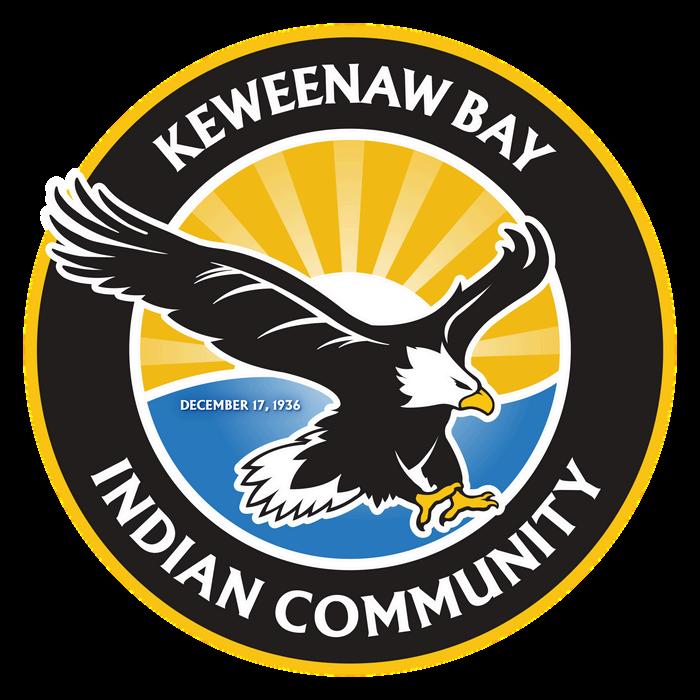
(CONTINUED FROM COVER PAGE)
the passage of this legislation.
A companion bill in the U.S. Senate led by Senators Gray Peters and Elissa Slotkin passed the Senate Committee on Indian Affairs in March of this year.
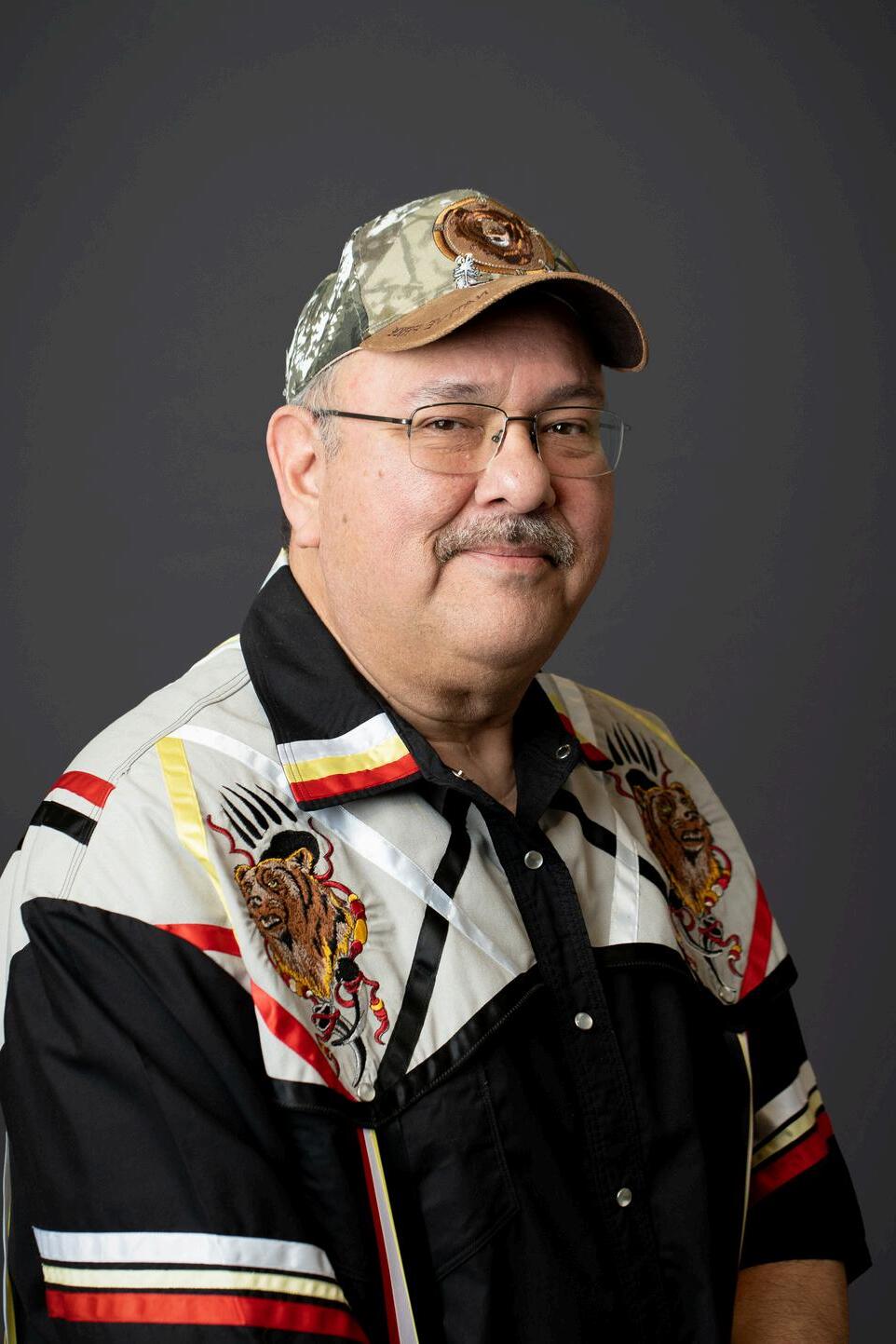
Members of the Keweenaw Bay Indian Community proudly participated in the Healing Circle Run on Monday morning, sharing in a special day of reflection, and community. Hosted by the Great Lakes Indian Fish & Wildlife Commission, the event brought together runners, walkers, and supporters accross the region.
The Healing Circle Run isn’t just a run; it’s a journey rooted in tradition and healing. Participants were invited to walk or run, using the time to reflect on personal experiences, honor ancestors, and foster inner healing.
Special thanks go out to:
All KBIC members who participated on July 14
The Great Lakes Indian Fish & Wildlife Commission for organizing and hosting Local volunteers and community supporters who helped make the morning possible Event coordinators, safety staff, and elders who guided the ceremony
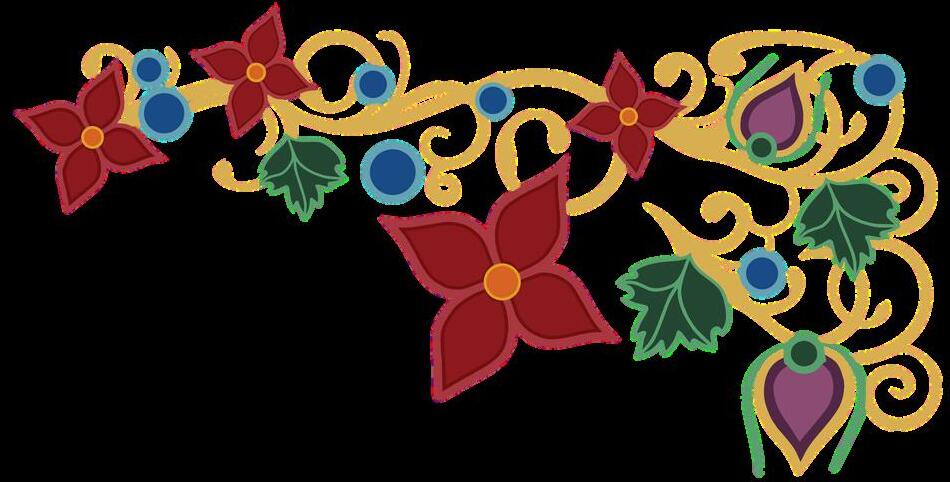
For a look into KBIC’s participation, check out this video highlight from My UP Now covering the Healing Circle Run and our community’s involvement:
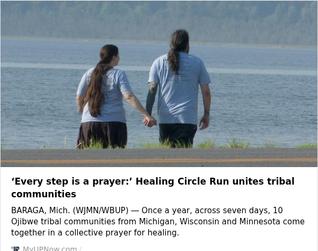
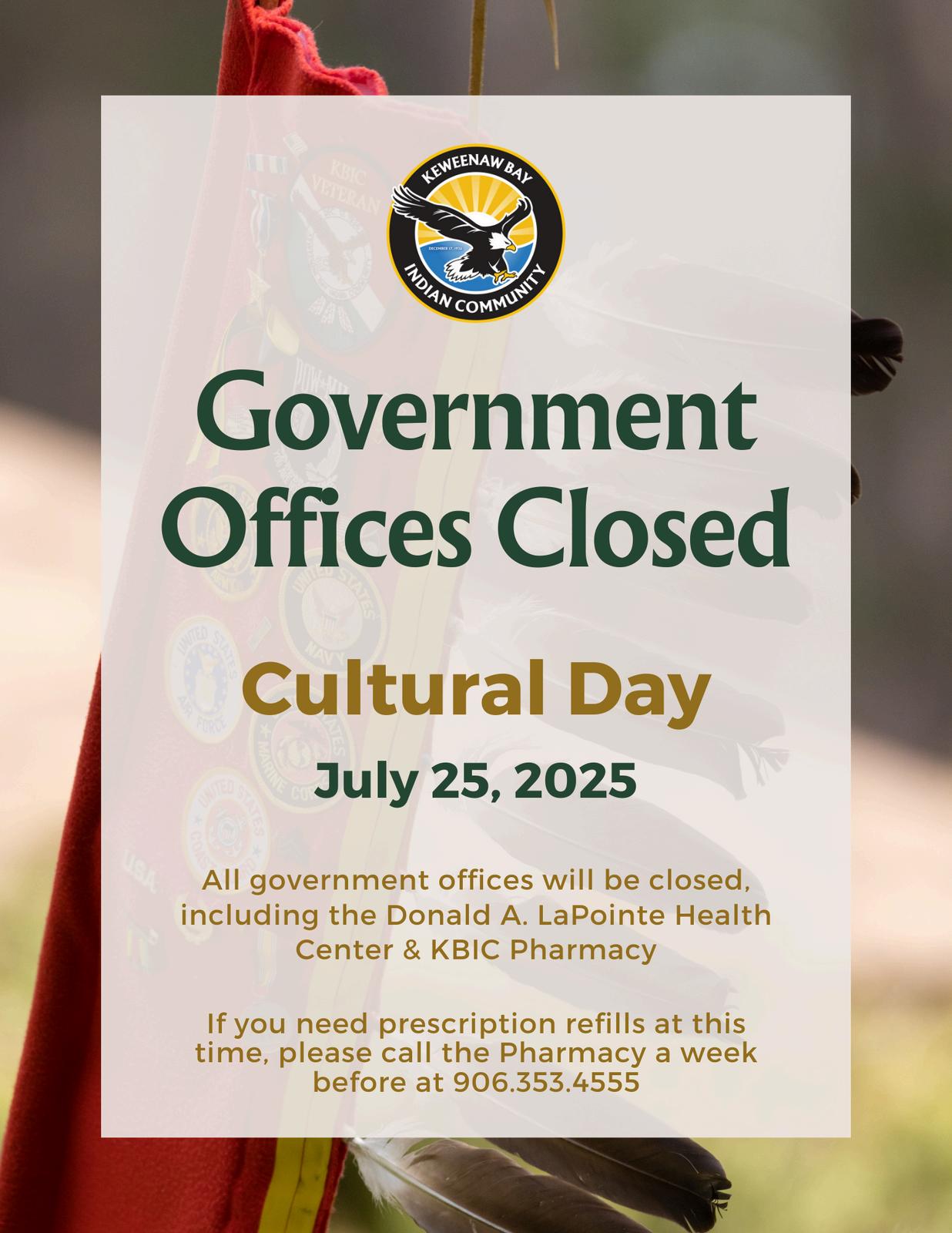
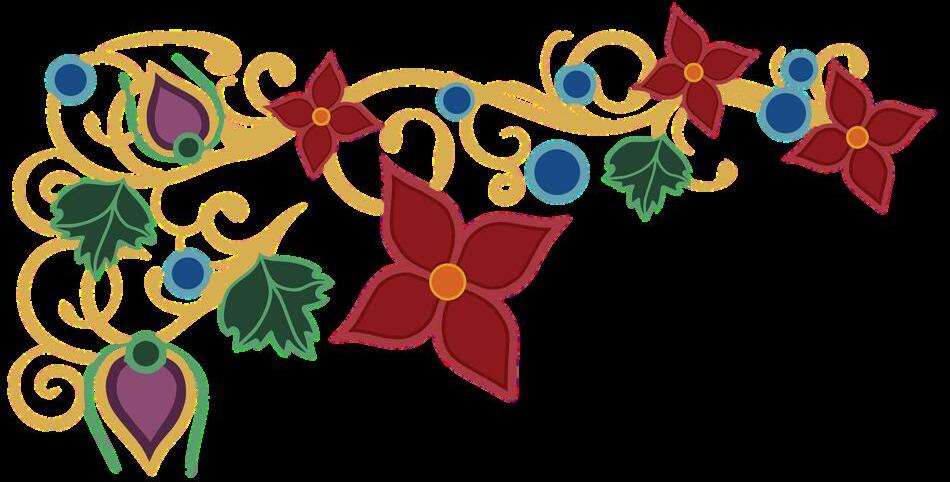
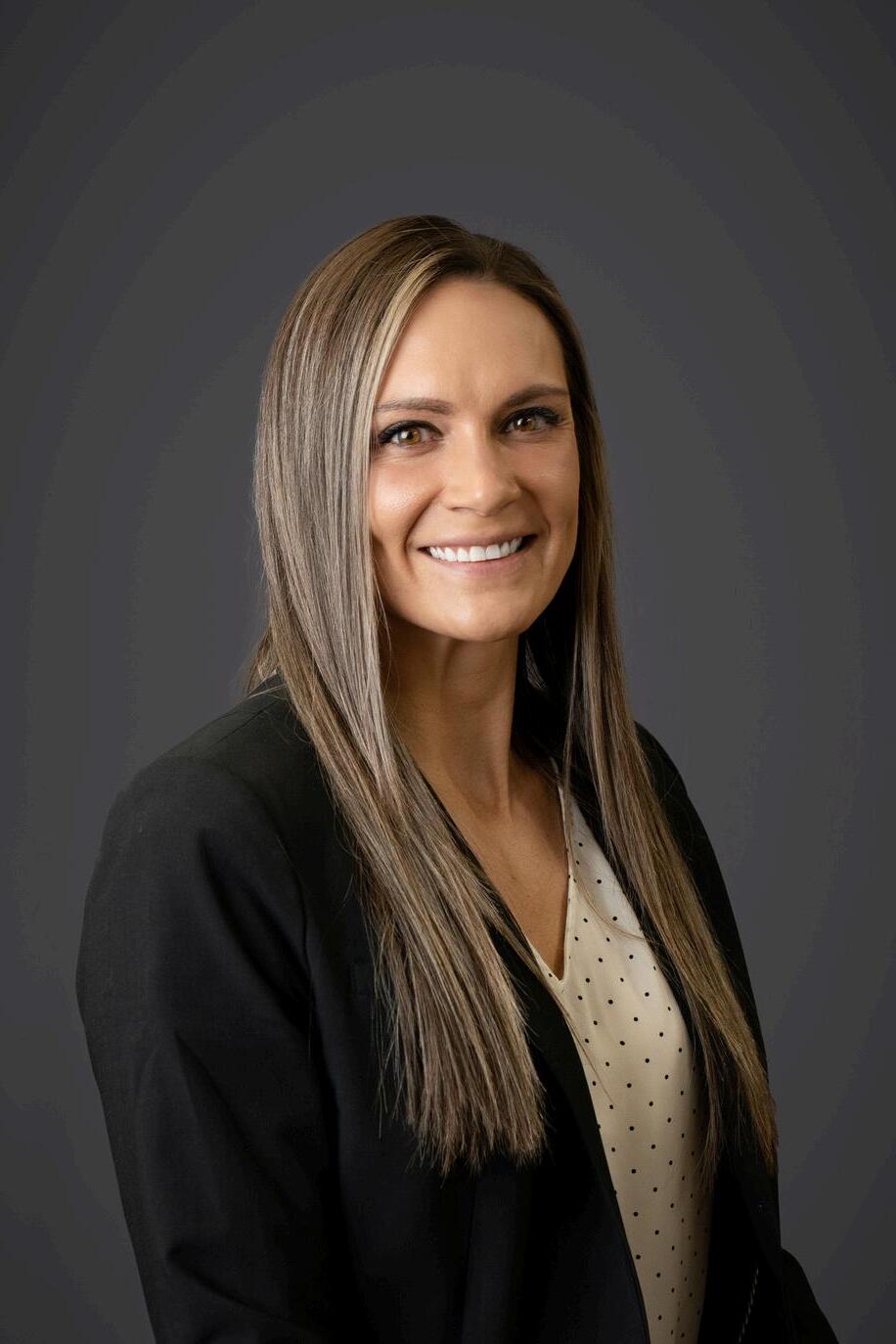
Happy July!
You already know what that means – one of our biggest events of the year is just around the corner The 47th Annual KBIC Maawanji’iding will be held July 25–27 at the Ojibwa Campground in Baraga.
As always, there are many exciting dance specials planned, including a fun
Hat & Boot special, and of course, the popular Midnight Two Step. It’s coming up fast, so spread the word and make plans to attend! Grand entries are at the standard times – Friday 7 PM, Saturday 1 PM & 7 PM, and Sunday 1 PM.
I feel our annual Pow Wow is so special because of where it takes place. It’s held in a beautiful setting surrounded by trees, natural landscapes, and unique man-made wood carvings that add an extra special touch to the celebration I always look forward to seeing the many vendors along vendor alley and having the chance to connect with family and friends, whether we see each other often or only once in a while. And of course, the beautiful dancers and the powerful sound of the drum make the entire environment feel sacred, creating a deep sense of connection for everyone present.
Also this month, we have a few other annual events taking place. The Great Lakes Indian Fish and Wildlife Commission (GLIFWC) Healing Circle Run/Walk will be held during the week of July 12–18. The Healing Circle Run continues to connect Ojibwe communities across Minnesota, Wisconsin, and Michigan through collective running, walking, and prayer that provide healing and relief. This annual event also serves as a reminder to both participants and observers of the commitment, efforts, and resiliency of the tribal nations that have survived decades of trauma.

GLIFWC produced a powerful video telling the story of this event, which you can view here:
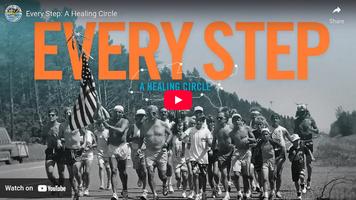
Lake Superior Day is also planned for this month on July 21, hosted by the Natural Resources Department This day celebrates Gichigami, beginning with a water ceremony at 8:30 AM. After the ceremony, attendees will participate in a beach cleanup and then return for a feast with games, arts, and incentives. This event takes place at the Sand Point day-use area.
The 12th Annual Pauline Knapp-Spruce Memorial Water Walk will take place two days later on July 23. This annual 17-mile walk raises awareness about the state of our water. You don’t have to walk the entire 17 miles; participants are welcome to walk any segment of the route. A feast will follow at the pavilion near the Pow Wow grounds within the Ojibwa Campground.
As you can see, July is a busy month for our community! It truly takes a village to put on these significant events, and couldn’t be prouder to share them with you. Speaking of pride, the annual Kids’ Fishing Day held on June 28th was a great success! We had over 250 participants join us for the morning event, which included on-site fishing in the ponds, games, educational activities, and lunch. It was truly a team effort by multiple departments and partners. I want to say Miigwech for all your hard work and dedication in keeping this important activity alive for our youth!
It’s always fun to mention what is happening within our community and departments. In the CEOs office we continue to be busy getting ready for the Accounting system update as well as the organizational compensation structure analysis that is officially underway in partnership with REDW. REDW is a nationally recognized consulting

firm with extensive experience working with tribal governments and enterprises. As consultants to the project, REDW is leading a comprehensive review of KBIC’s compensation practices to ensure they are equitable, competitive, and aligned with the organization’s strategic goals.
The first phase of this initiative included Department leadership participating in detailed questionnaires and one-on-one interviews focused on assessing current HR and personnel practices. In addition, REDW is actively reviewing and evaluating our existing job descriptions and organizational positions to ensure accuracy and consistency. Using this data, they will conduct a thorough analysis of current wage structures and provide informed recommendations to support fair and sustainable compensation across all departments. This process is a key step toward strengthening our workforce and enhancing recruitment, retention, and internal equity within KBIC.
My office is also gearing up for FY26 budget preparation. This process includes distributing budget packets to department heads, offering budget training opportunities with our Assistant CEO, setting a due date for submissions, conducting internal reviews with Government, Enterprise, and Tribal Council representatives, and concluding with department budget presentations to Tribal Council. Our goal is to have a balanced budget finalized and passed by October 1st.
During a recent Department Head meeting, Directors were encouraged to carefully review the status of current grant funding, particularly federal sources, and begin evaluating where adjustments may be necessary in light of potential reductions or changes from previous years Strategic planning now will help ensure we’re prepared to maintain program stability and continue meeting community needs despite any anticipated funding shifts.
As a reminder, budget meetings are held in closed session but are open to KBIC members and will take place mid-September

Additionally, we currently have job openings in many departments. You can find a list of these opportunities on our website at www.kbicnsn.gov/careers.
If you have any questions about a specific position, please don’t hesitate to reach out to the Department Head for that department, to me, or to the Personnel Office for more information.
Stay tuned for my next article, where I’ll be sharing updates on some of our major community development projects, including Police Headquarters renovation, Supportive Housing progress, and the Blackrock Crossing apartments in Marquette.
Note: KBIC Government offices are closed Friday, July 25th for Culture Day.
All my best, Brigitte
COMMUNITY NOTICE: I want to provide a notice about our current operations with Tribal Social Services (TSS). TSS is currently understaffed to a point where outside help is needed. The Community has entered an agreement with the Michigan Department of Health and Human Services (MDHHS) to help ensure that the reservation receives child and adult protective services. MDHHS has provided emergency assistance to the Community in the past, so its aid is not new. We hope MDHHS's assistance will help the Community provide adequate child and adult protective services.
MDHHS has agreed to act as a representative of TSS to provide child and adult protective services to tribal members on the reservation. MDHHS social workers may respond to emergency calls on the reservation, file removal petitions in Tribal Court, and work with Tribal Police to remove a neglected child from a home, if necessary. While MDHHS may be responding to calls, it is doing so on behalf of TSS and under the Tribe's jurisdiction. The Tribal Court maintains jurisdiction over all tribal members on the reservation. MDHHS must work through the Tribal Court if it wishes to remove a neglected child from the home



Around the Community


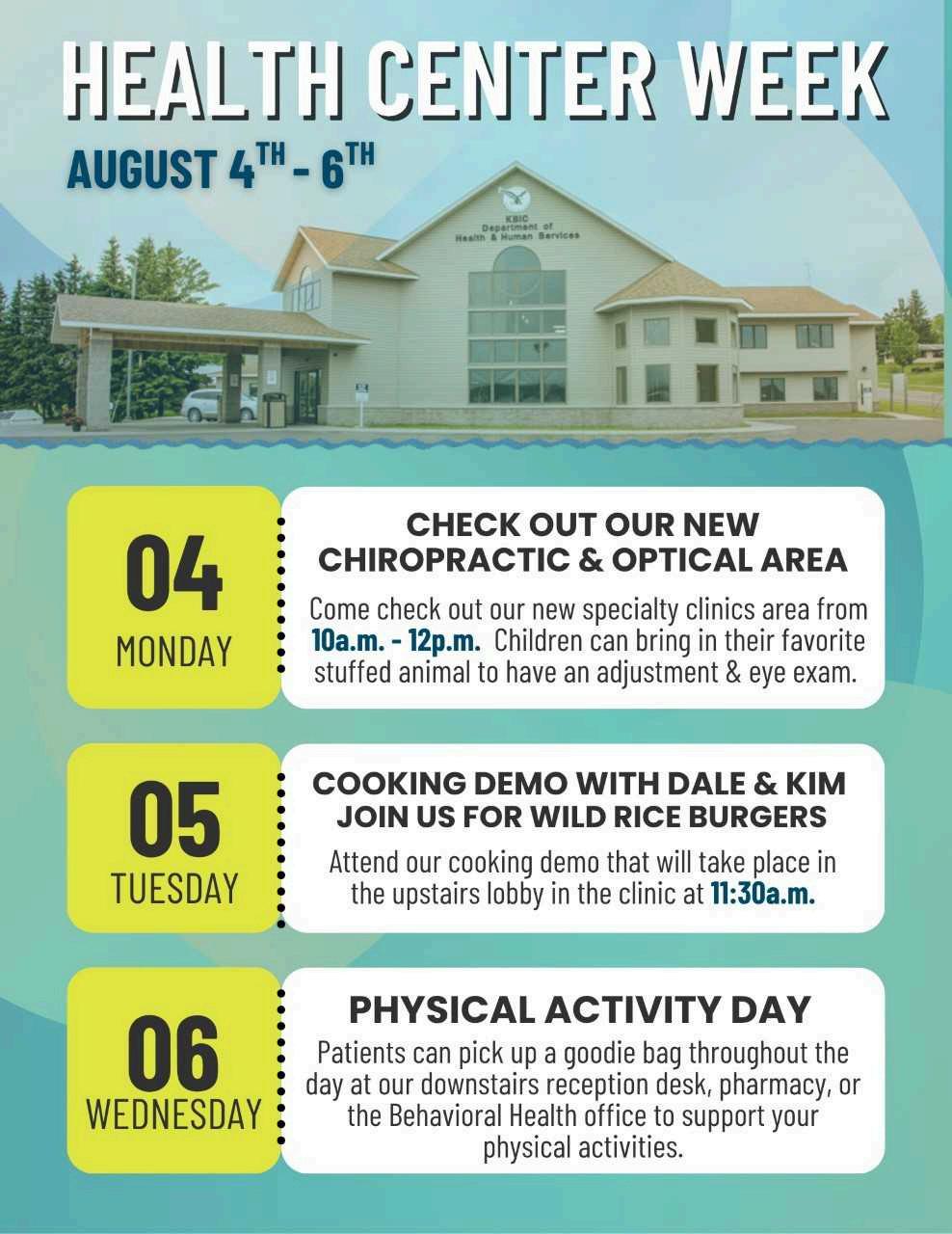

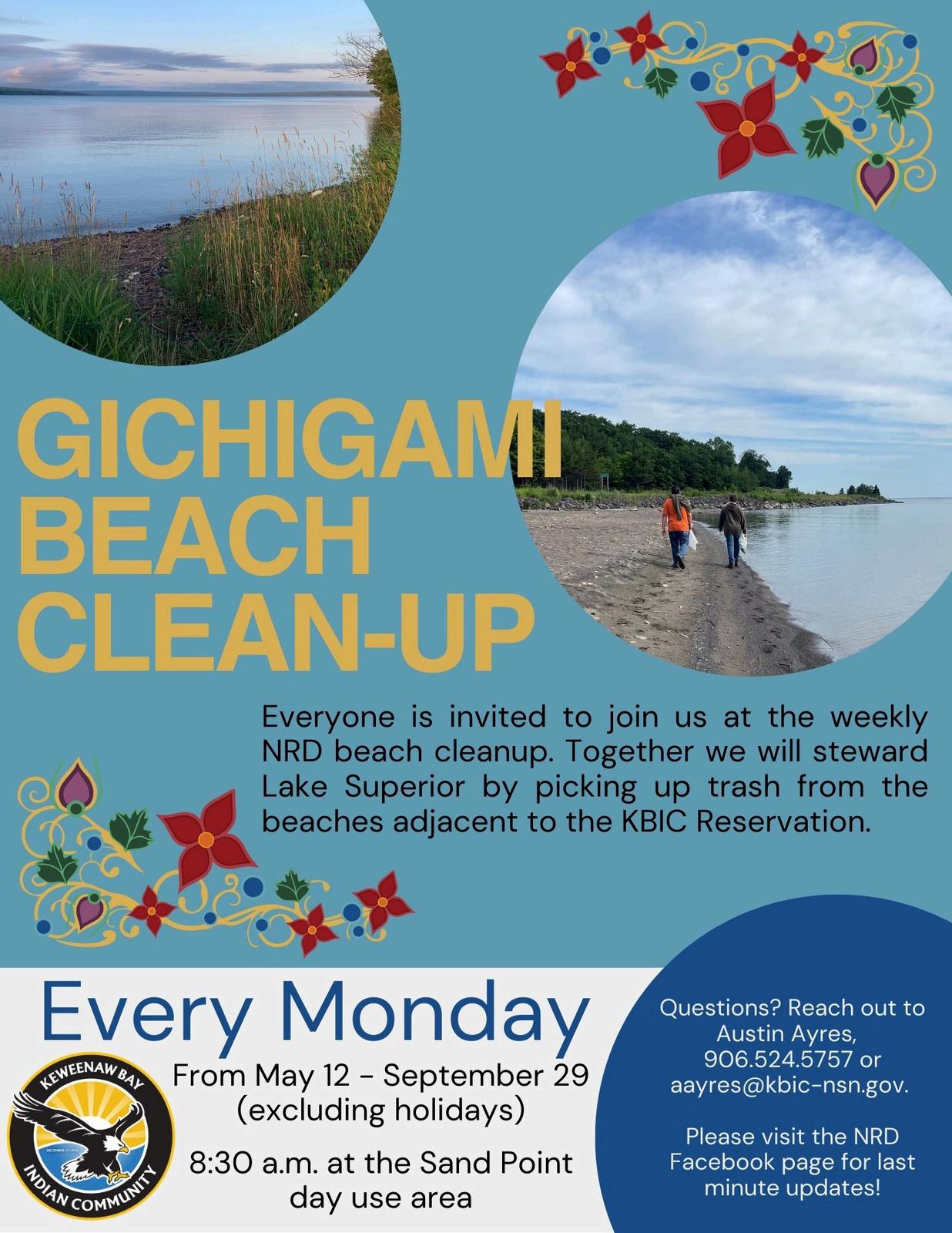


Young Anglers Reel in Fun and Skills at Junior Angler Workshop and Kids Fishing Day
Submitted By: Austin Ayres, NRD
On Friday June 27th the Natural Resources Department and Promise Neighborhoods in partnership with Calumet-Keweenaw Sportsmen’s Club and Keweenaw National Historic Park hosted the Junior Angler Fishing Workshop. Over 30 kids attended the event. The children had the opportunity to learn proper casting techniques and even a demonstration on how to get your hook out of a tree branch we’ve all been there. The next event for the young anglers was all about knot tying, specifically the fisherman’s knot and Polamar knots. At the end of each session the participants were brought to the marina and allowed to practice their new-found skills. Most in attendance were lucky enough to catch one if not many fish. The day wrapped with one soaked kid, a few lost hooks, and plenty of slimy hands.
The following day was our annual Kids Fishing Day. The morning began with Natural Resources and Promise Neighborhoods staff hustling around to put the final preparations in place. Tackle boxes were loaded, worms were separated, and poles were set. As participants began to show they were each gifted a fishing pole, first aid kit, and tackle box full of the essentials.
Over 252 participants showed up and out! The youngest fishers got the chance to test their luck in the derby pool, if successful they were able to take home some Rainbow Trout fillets. Near the trout pond we had a Fish ID game with the Aquatic Invasives crew, they help our young people identify invasive species and how to reduce their impacts.
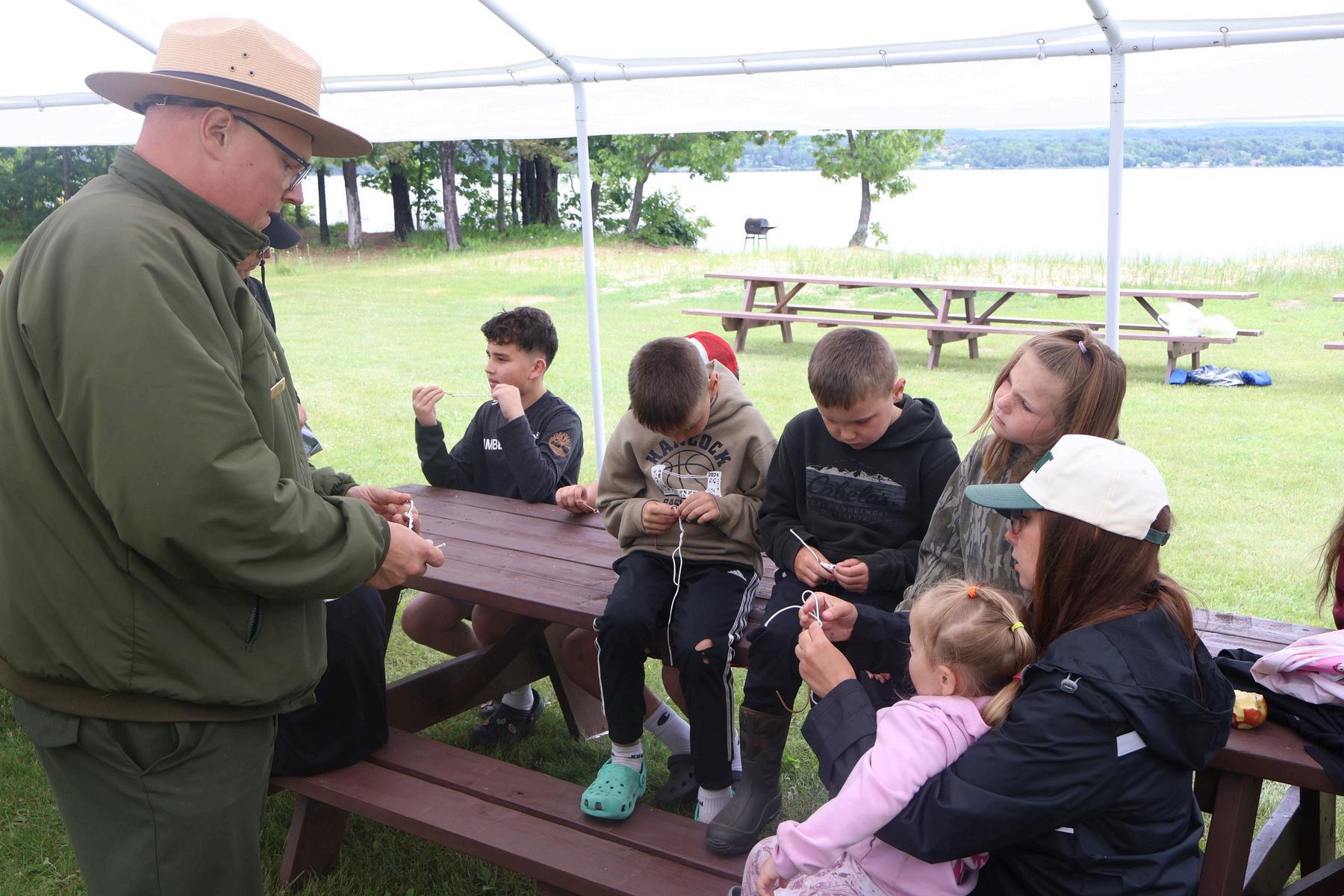

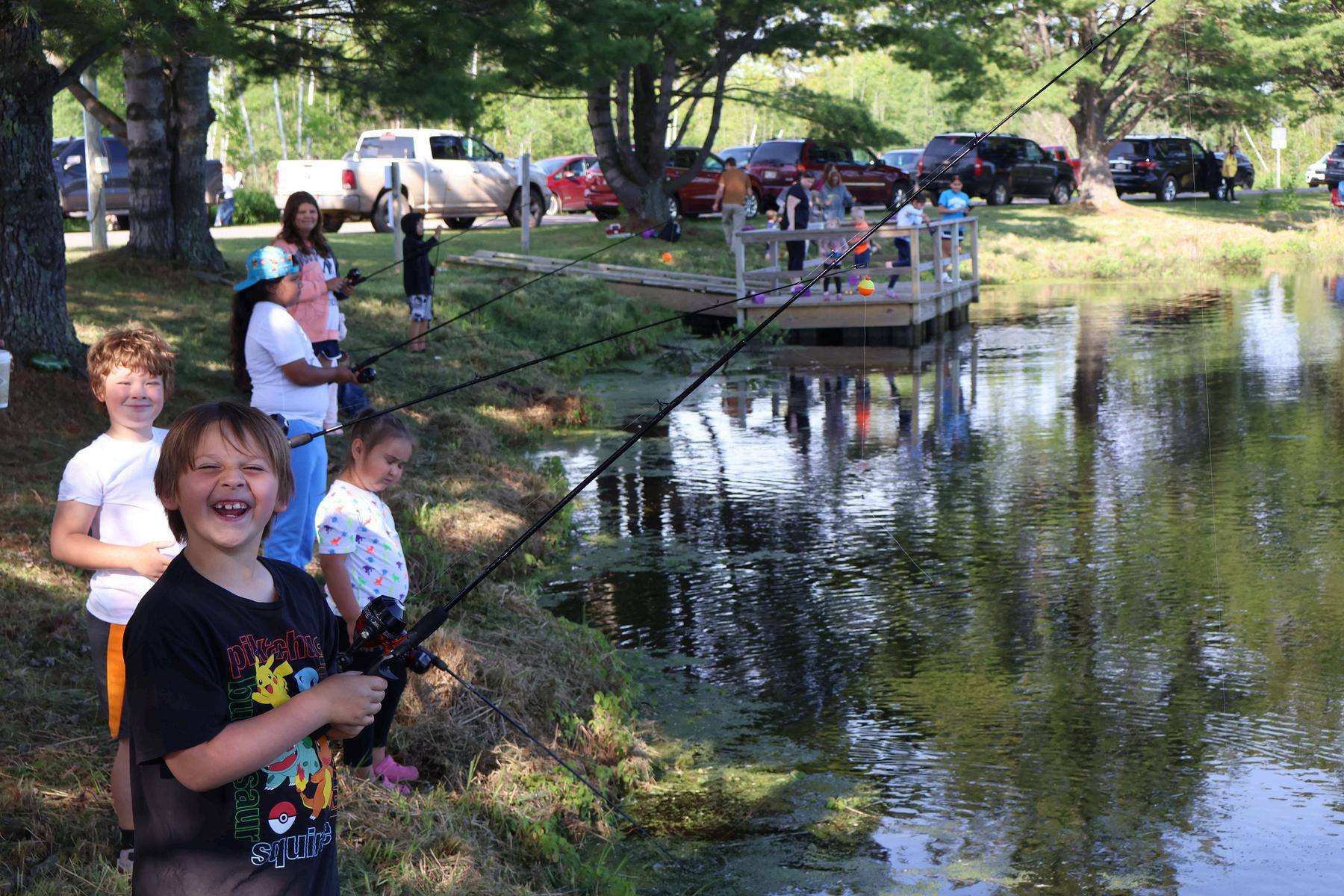
Casting games were available to all, some even got the chance to walk away with prizes including a variety of lures, fishing gear, and attire for any outdoor activity.
Alongside the family fun and fishing we also hosted informational booths from Keweenaw National Historic Park, Keweenaw Invasive Species Management Area (KISMA), Calumet-Keweenaw Sportsmen’s Club, and the Tribal Landscape System (TLS) project team! Each booth centered around conservation of our resources in one way or another, the TLS team educated the public about fish contamination and safe consumption, and KISMA offered tips on reducing the spread of harmful invasive species. These partnerships highlight the importance of fishing and resource management for all people.
The weekend was one of many firsts, first fish caught, first family fishing day, first trip to the water this year. The weekends events drew people from communities all around the Great Lakes including people from Baraga, L’Anse, Covington, Pelkie, Skanee, Calumet, Chassell, Houghton, Marquette, and Waukesha, Wisconsin… We are thrilled to be apart of such a great experience for all families!
Kids Fishing Day formally the Fishing Derby is our largest annual event. To put into reference, we cooked over 40 pounds of hot dogs… It is a testament to our legacy as a fishing community. Our history is tied to the lake, to those that inhabit it, it is our responsibility to teach the next generation how to be proper stewards of it all. Events like the Junior Anglers Workshop and Kids Fishing Day are meant to do that. Thanks to all that support this event. Special thanks to our sponsors KBIC Promise Neighborhoods, KBOCC, CalumetKeweenaw Sportsmen’s Club, and the Keweenaw National Historic Park.
Natural Resources

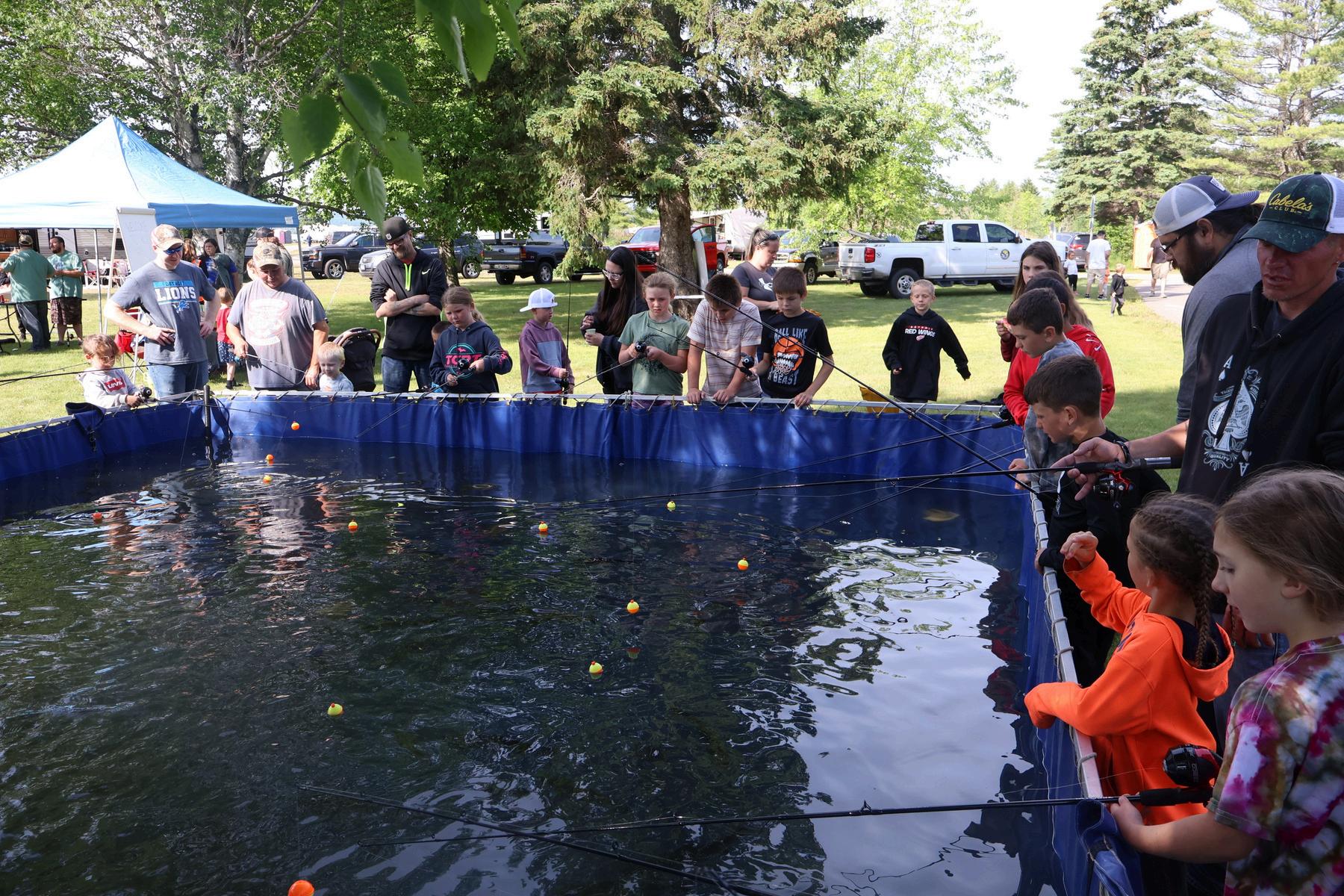
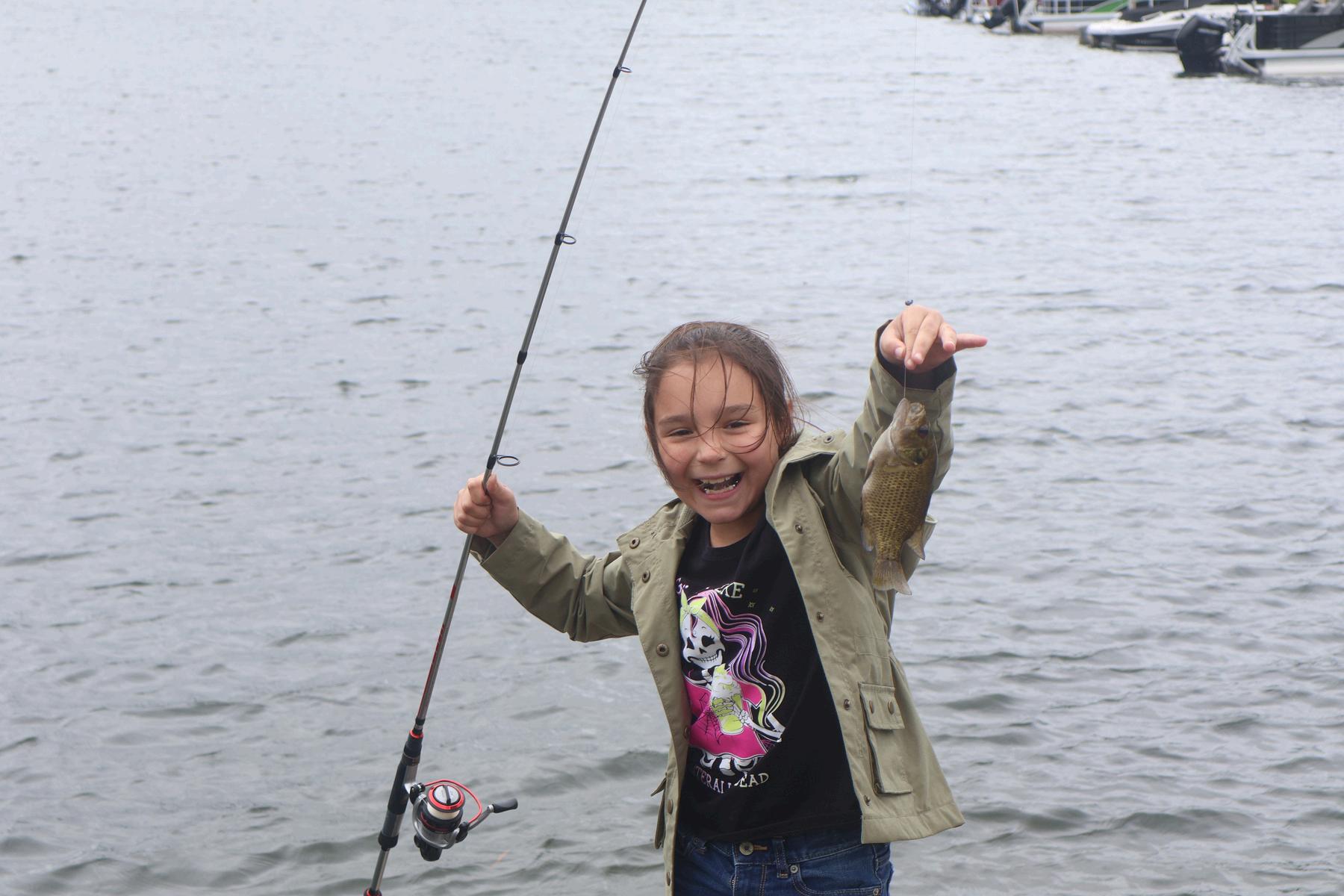
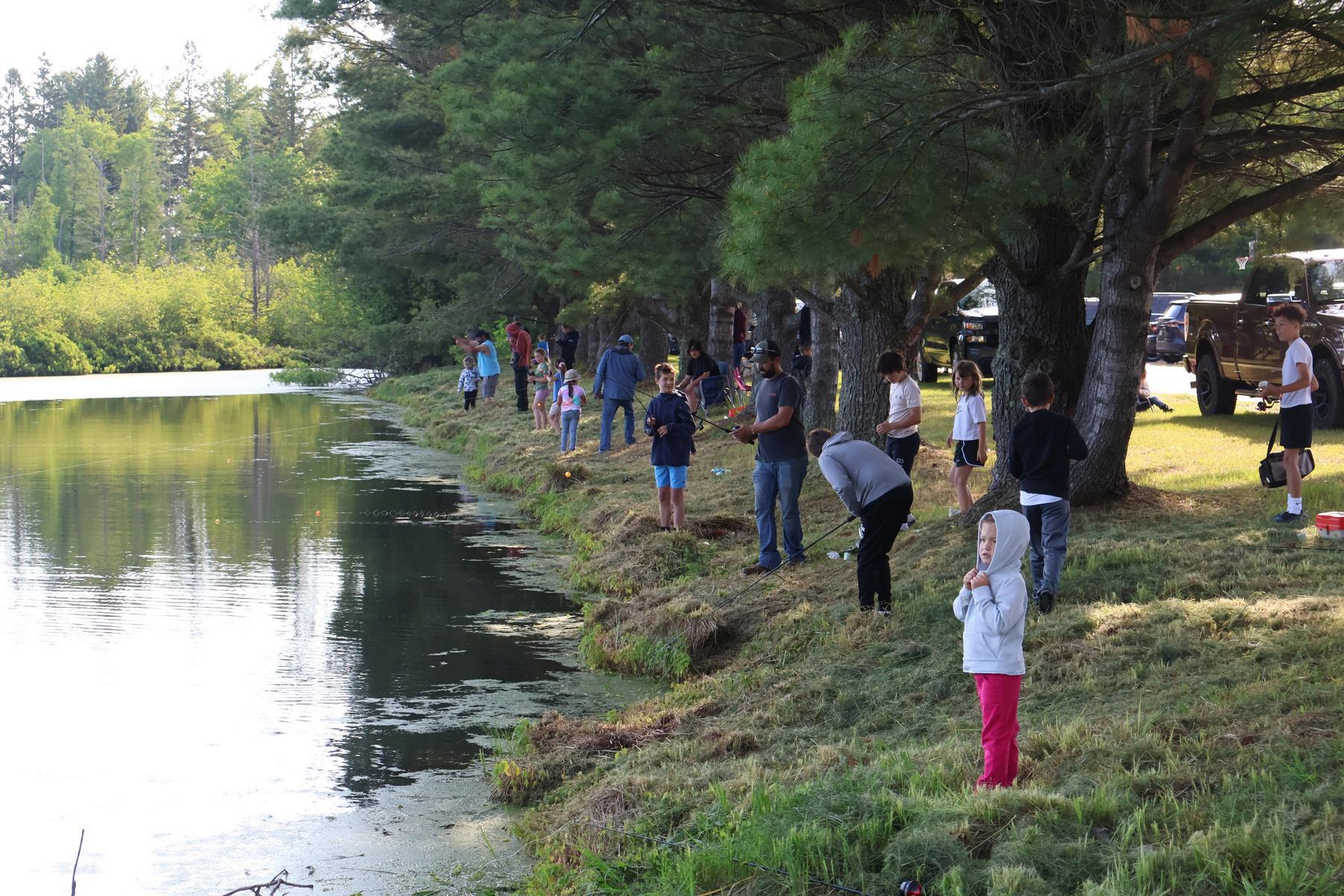

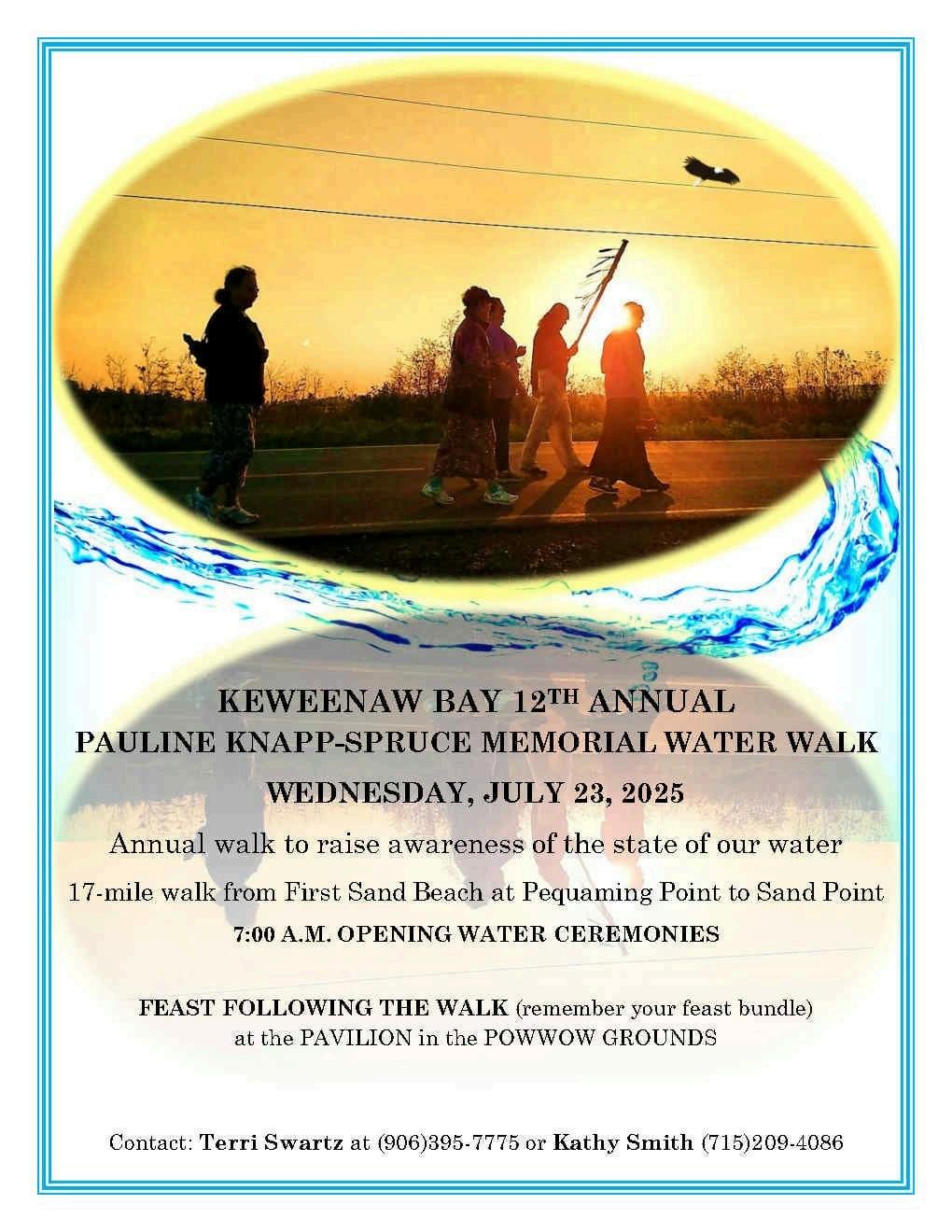
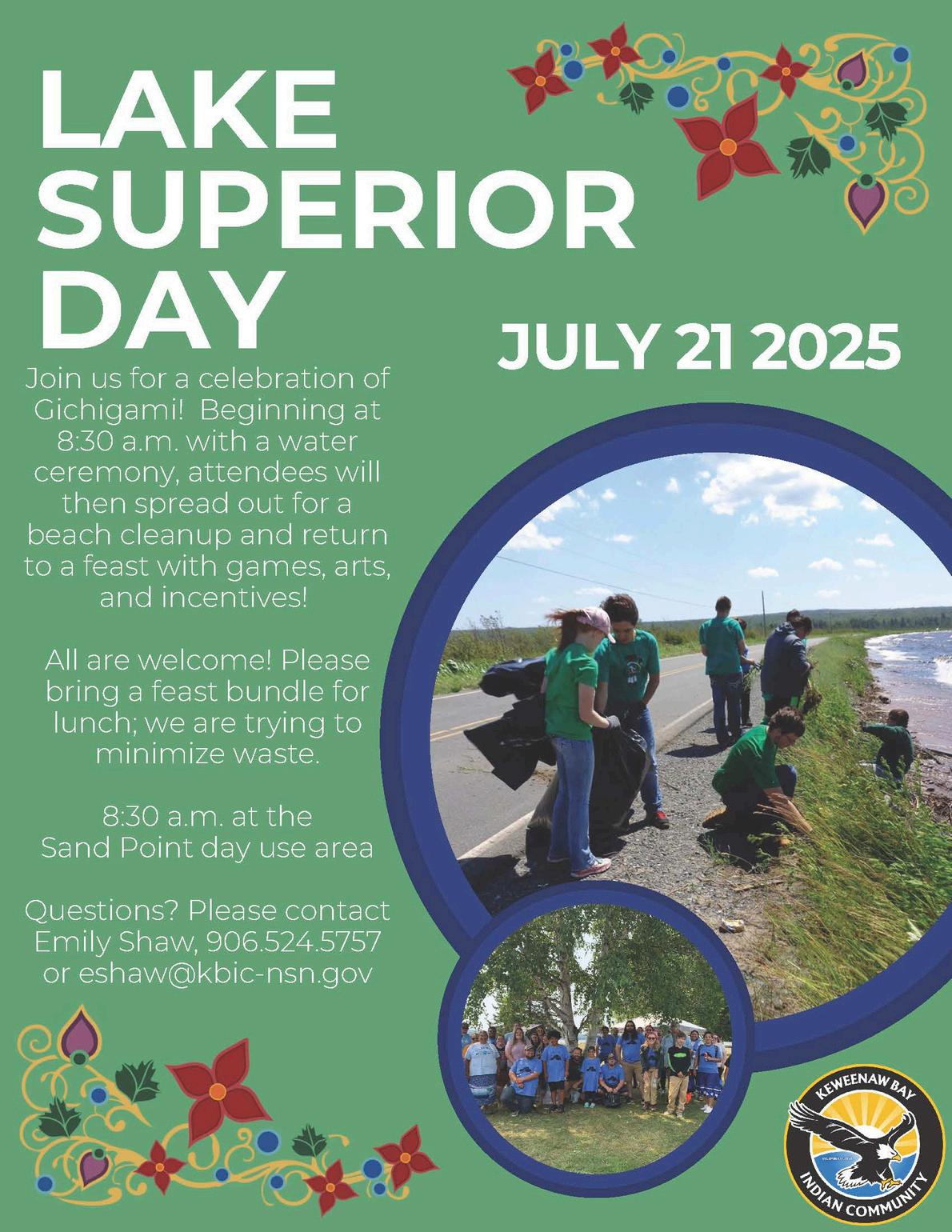

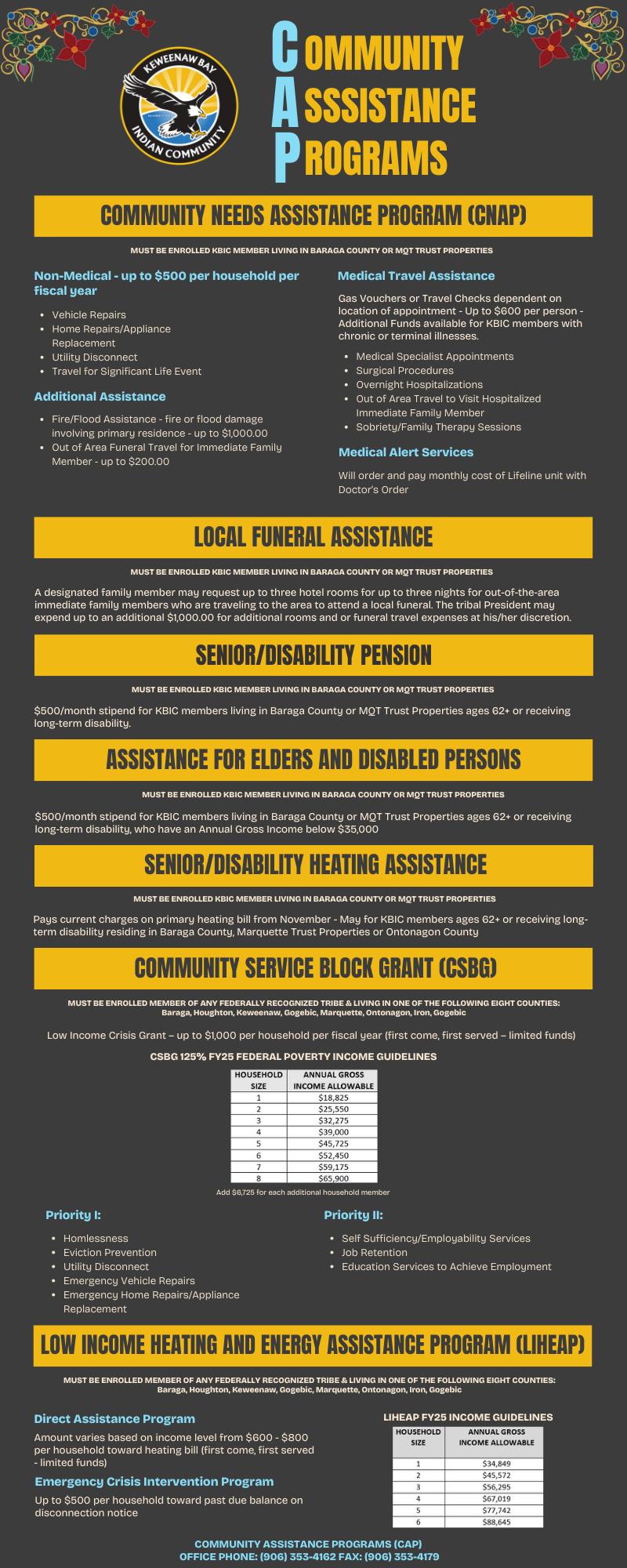

Around the Community

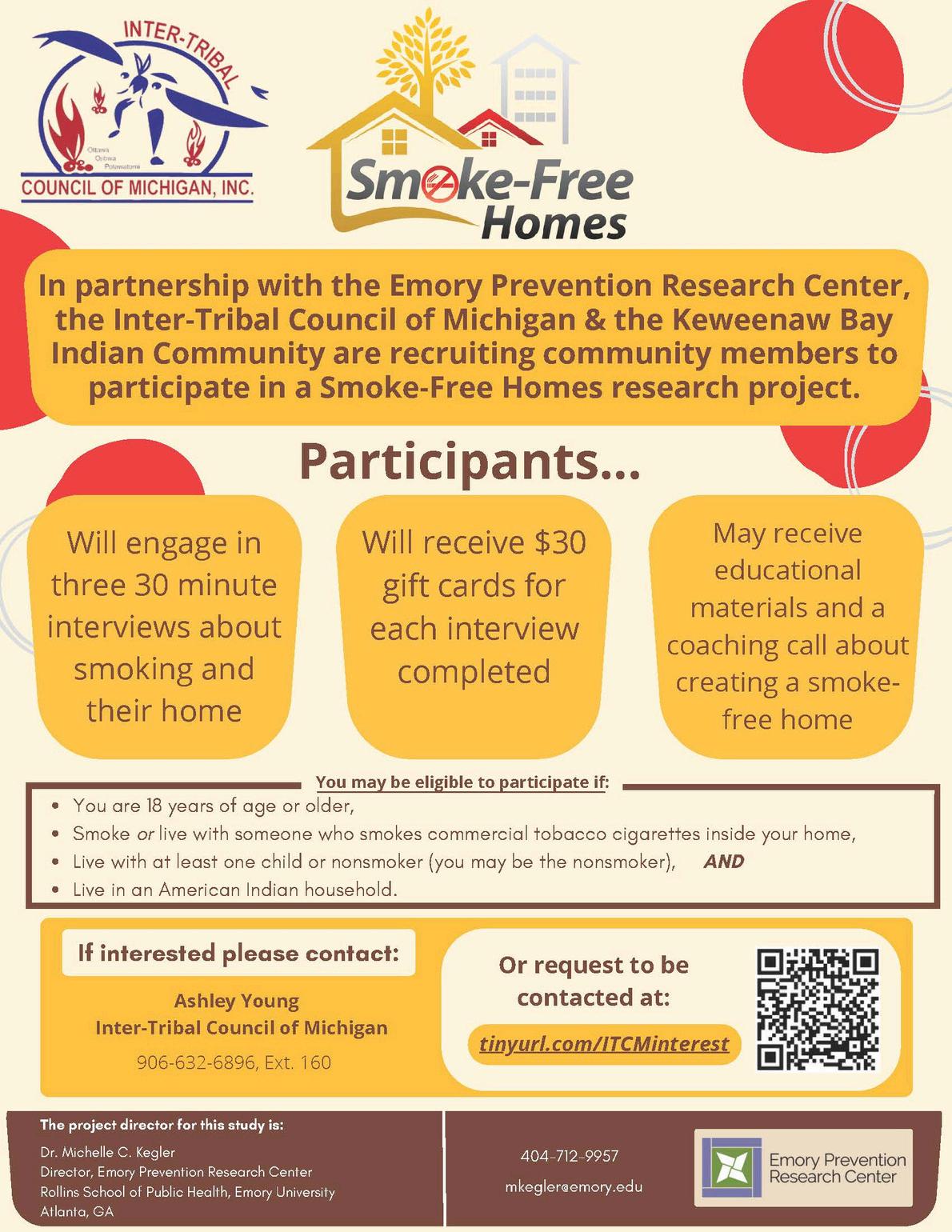
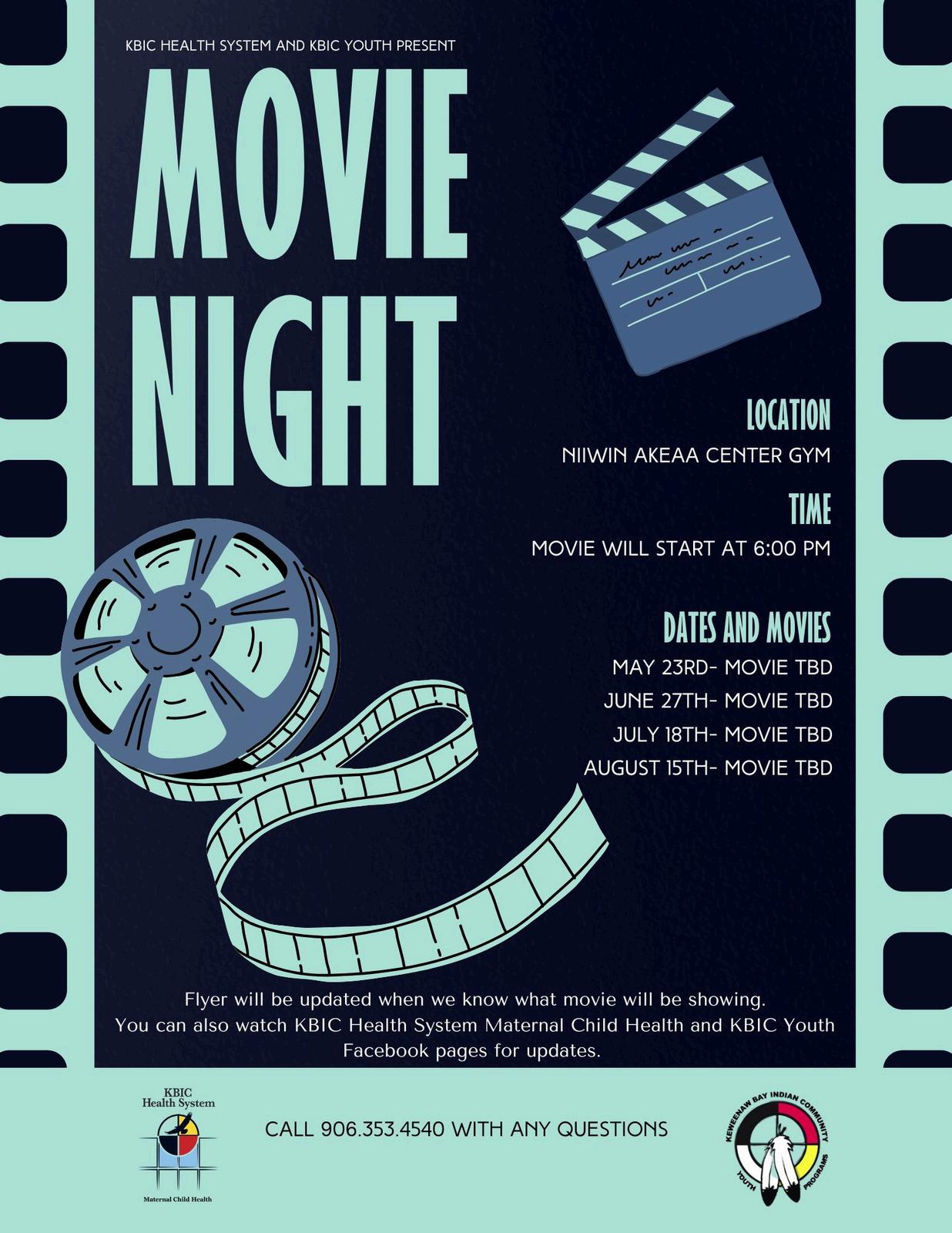

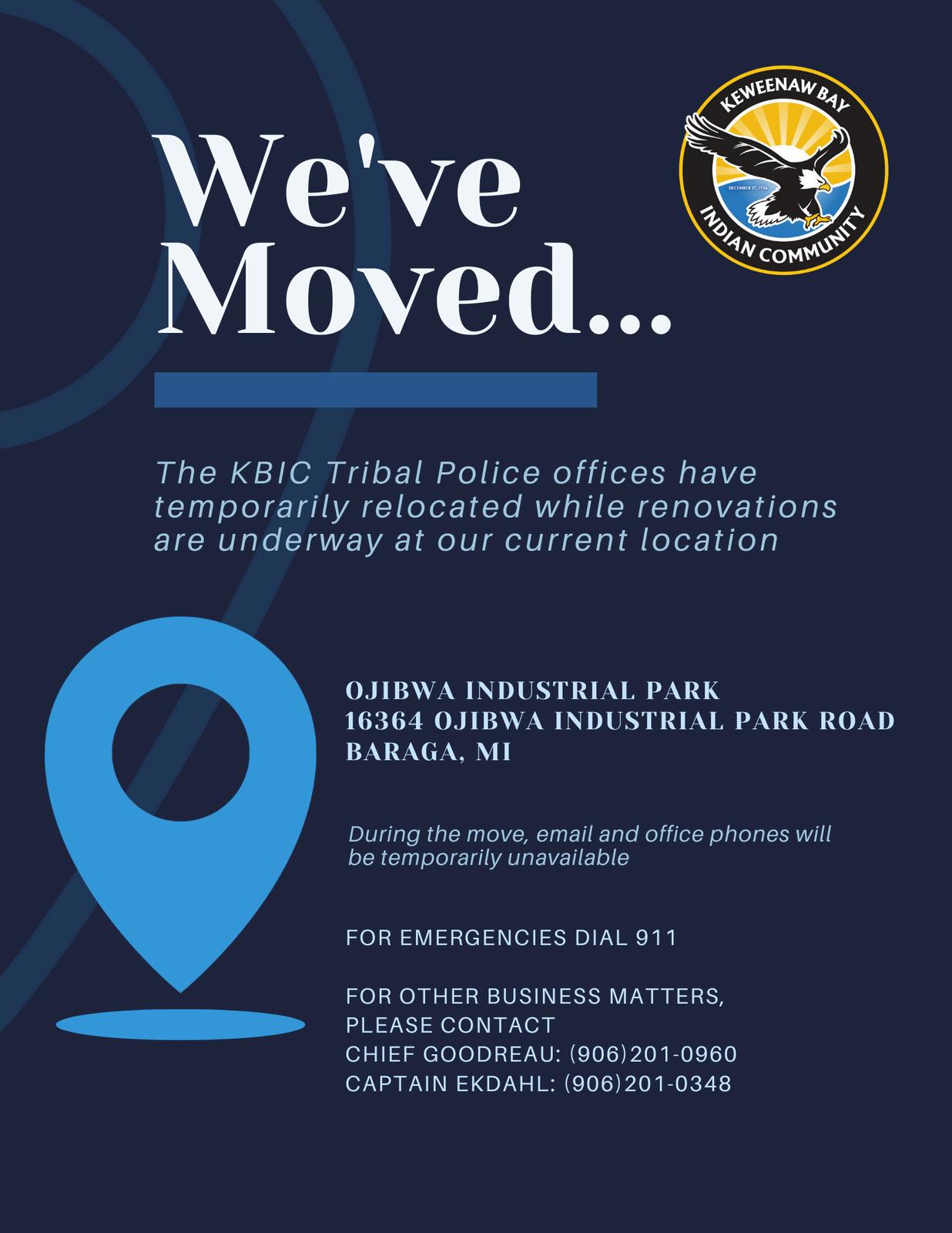



First American Indian Dentis, Dr. George Blue Spruce, Jr., Passes Away at 94
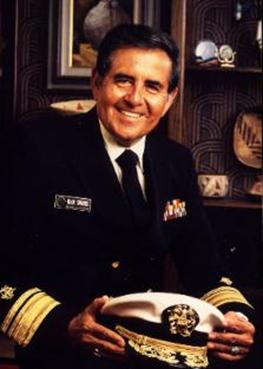
The Society of American Indian Dentists (SAID) announced the passing of Dr. George Blue Spruce Jr., DDS, MPH a groundbreaking figure in Native American health care Of Laguna and Ohkay Owingeh Pueblo heritage, Dr. Blue Spruce made history in 1956 as the first American Indian
dentist. He passed away on June 3, 2025, at the age of 94.
"As we approach our 35th anniversary next week, SAID members and students honor the enduring legacy established by Dr. Blue Spruce. We are deeply appreciative of his contributions, which include founding the organization in 1990, and leading initiatives such as scholarship, networking, and mentorship opportunities for future American Indian dental students," the SAID said in a statement.
In his autobiography, Searching for My Destiny, Dr. Blue Spruce remarked, 'I spoke about the critical need for American Indian dentists to serve our people and encouraged Indian students to consider this career path... I believed that an organization like SAID, once it gained visibility and credibility, would have more influence than a single person in persuading more American Indians to become dentists' (Searching for My Destiny, University of Nebraska Press, 2009)," the statement continued.
Dr. Blue Spruce’s path to dentistry began with an early dental experience under the care of a skilled and compassionate dentist. That pivotal encounter inspired him to dedicate his life to serving others through dentistry, despite the cultural and racial barriers he faced throughout his life.
Anishinaabe Dental Outreach
A high school valedictorian, Dr. Blue Spruce went on to earn his Doctor of Dental Surgery (DDS) from Creighton University in Omaha, Nebraska, in 1956. His DDS was followed by a Master of Public Health (MPH) from the University of California, Berkeley.
His career began with the Indian Health Service (IHS), where he witnessed firsthand the lack of dental care in Native communities. In a past interview with Winds of Change, he described how dental services were often tucked away in remote corners of medical facilities and rarely prioritized.
“Dental care was not an integral part of the Indian Health Service before it became part of the Public Health Service,” he said. “Most American Indians never had an opportunity to receive any dental care at all.”
As a most respected figure in the dentistry, Dr. Blue Spruce remained the sole Native American dentist in the country until 1975, when Dr. Jessica A. Rickert (Prairie Band Potawatomi Nation) became the second and the first Native American woman to enter the profession.
Dr. Rickert remembered her mentor and friend, sharing a tribute with Native News Online: “His ready smile brought joy wherever he traveled. His warm personality put everyone at ease babies, teens, kids, grandparents, chiefs, senators, even presidents. His true compassion touched all his patients, staff, family, community, and colleagues.”
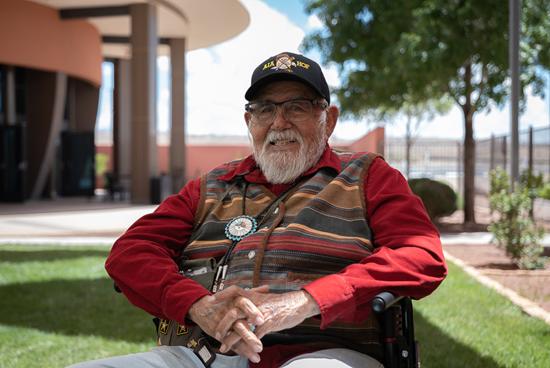
Dr. George Blue Spruce Jr, DDS at the2023 SAID meeting
Anishnaabe Dental Outreach

She also recalled how, while founding the Society of American Indian Dentists, Dr. Blue Spruce tracked her down from Arizona to Michigan in 1992 to invite her to join the SAID.
“As the first and second American Indian dentists, Dr. George Blue Spruce and I faced dreadful challenges,” Dr. Rickert said. “As a consummate professional, his intelligence always impressed. Yet, Dr. Blue Spruce’s quick wit, humor and perfect timing brought us all together ”
Throughout his life, Dr. Blue Spruce remained a passionate advocate for Indigenous representation in health professions. His enduring legacy lives on through generations of Native health care professionals and the ongoing mission of the SAID. Today there are approximately 450 American Indian dentists, according to the SAID Thanks in part to Dr Blue Spruce’s tireless advocacy, any AIAN can learn how to become a dentist with a SAID mentor.
· https://nativenewsonline.net/health/trailblazeramerican-indian-dentist-dr-george-blue-spruce-jrpasses-away-at-94
· https://perspectivesofchange.hms.harvard.edu/nod e/118
· https://www.nebraskapress.unl.edu/bisonbooks/9780803246126/searching-for-my-destiny/
· https://www.thesaidonline.org/students
Mnamaadizin. Our Mission is to improve oral health through benefit plans, advocacy, and community support.
Stay Strong, Jessica A. Rickert, DDS, Anishinaabe Dental Outreach 231-313-8407, jrickert@deltadentalmi.co m; jarickert@charter.net


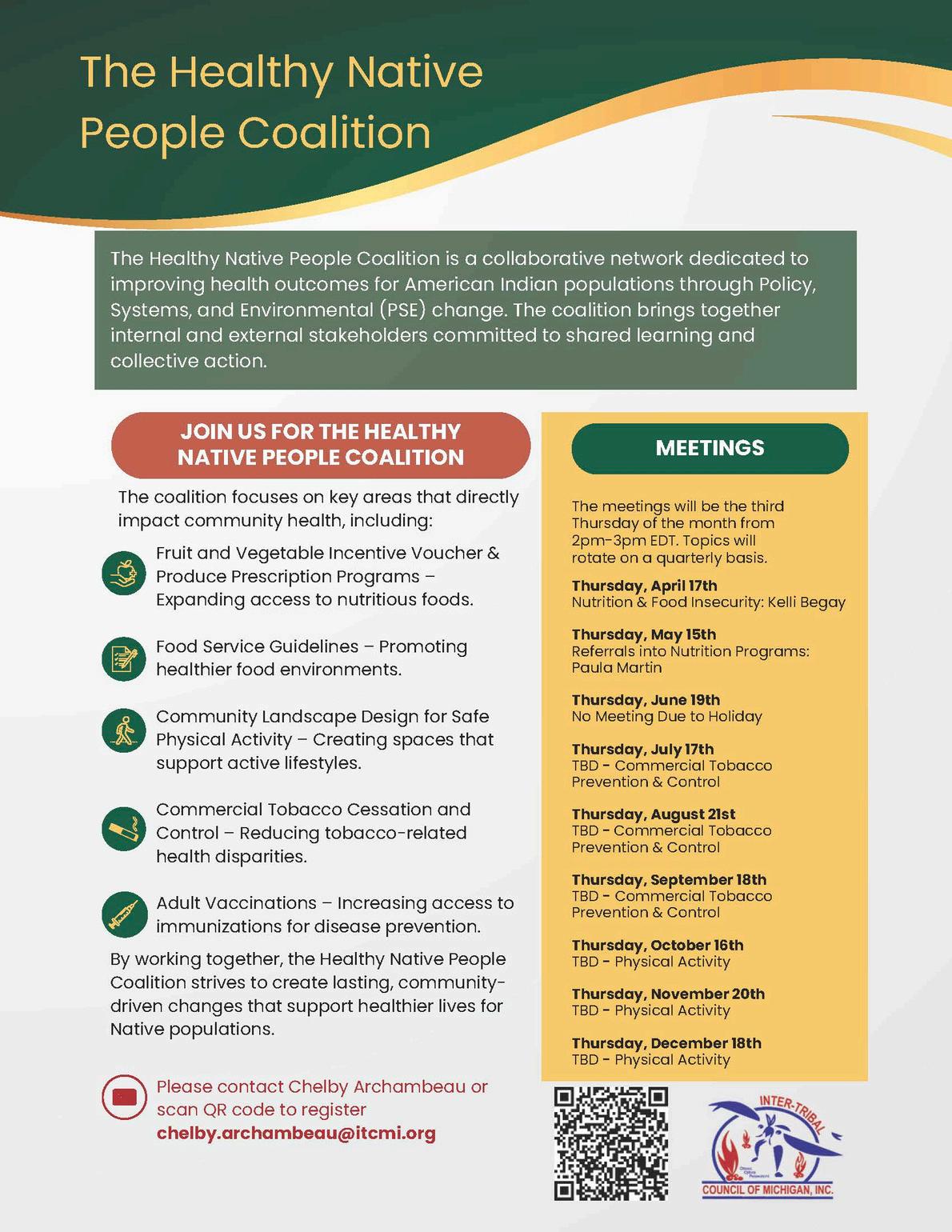
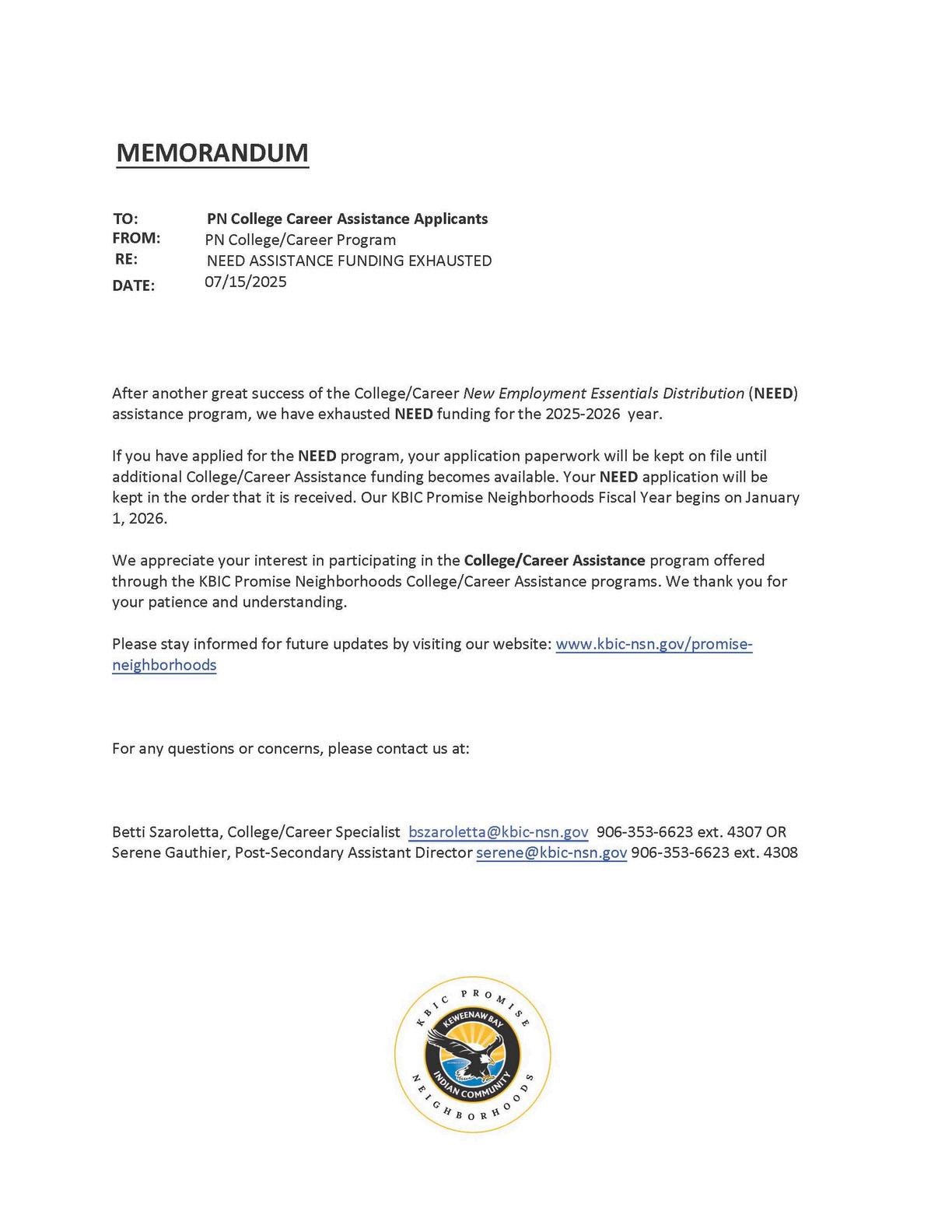

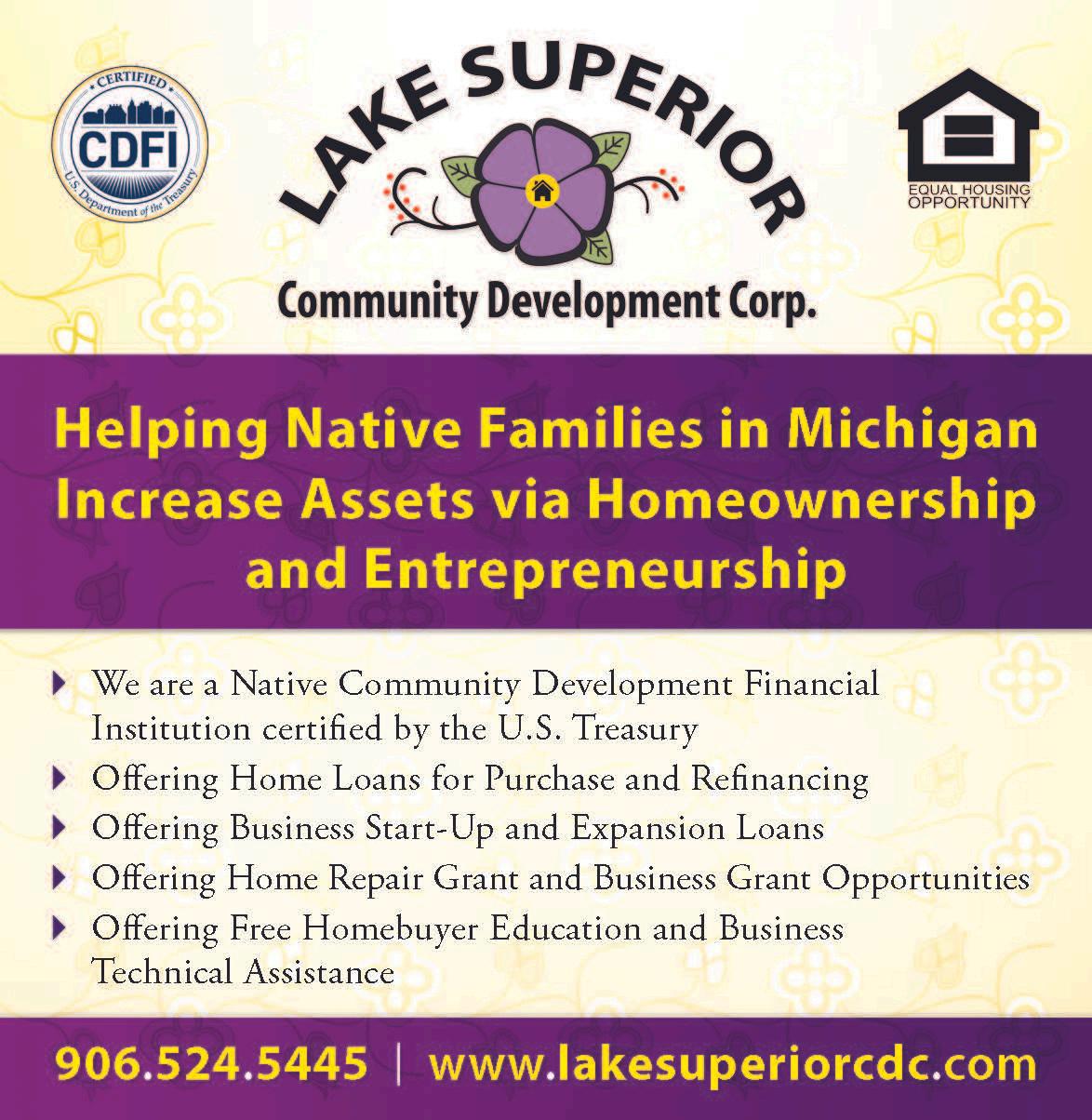
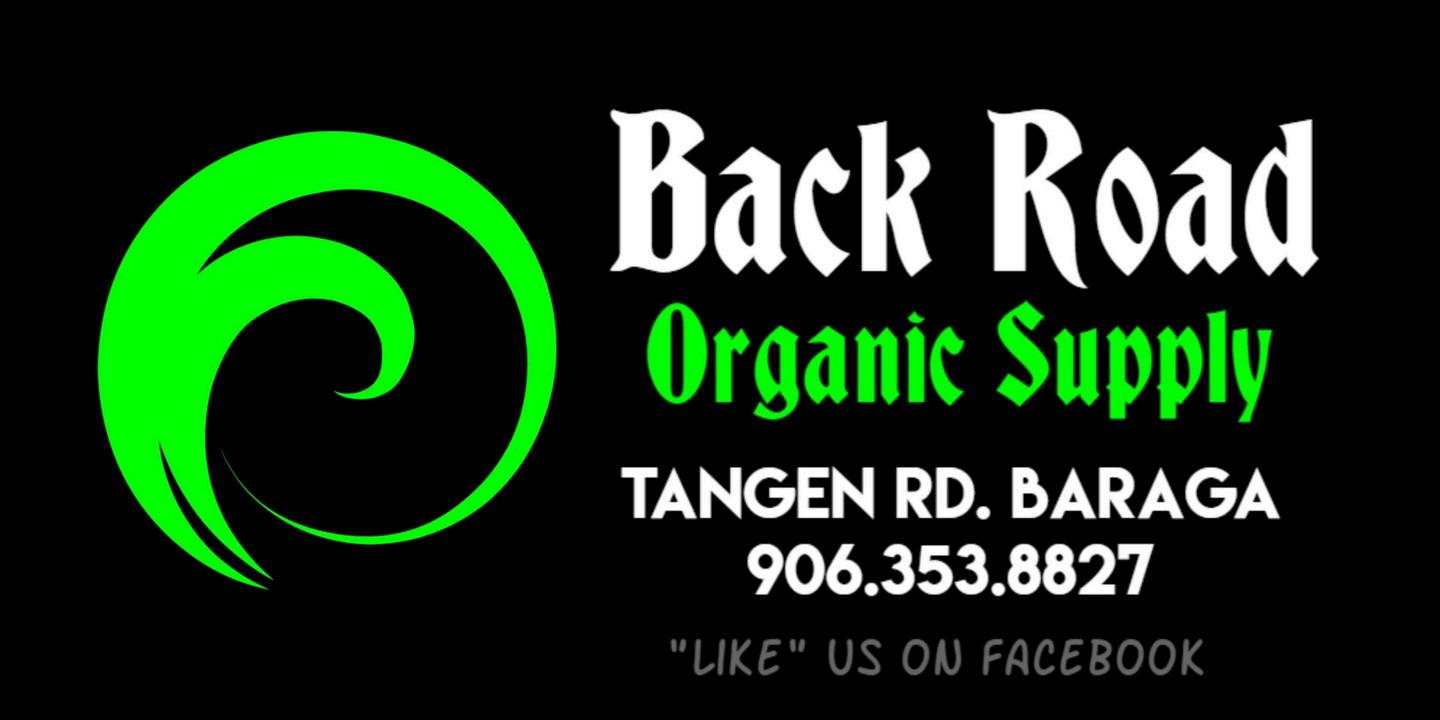
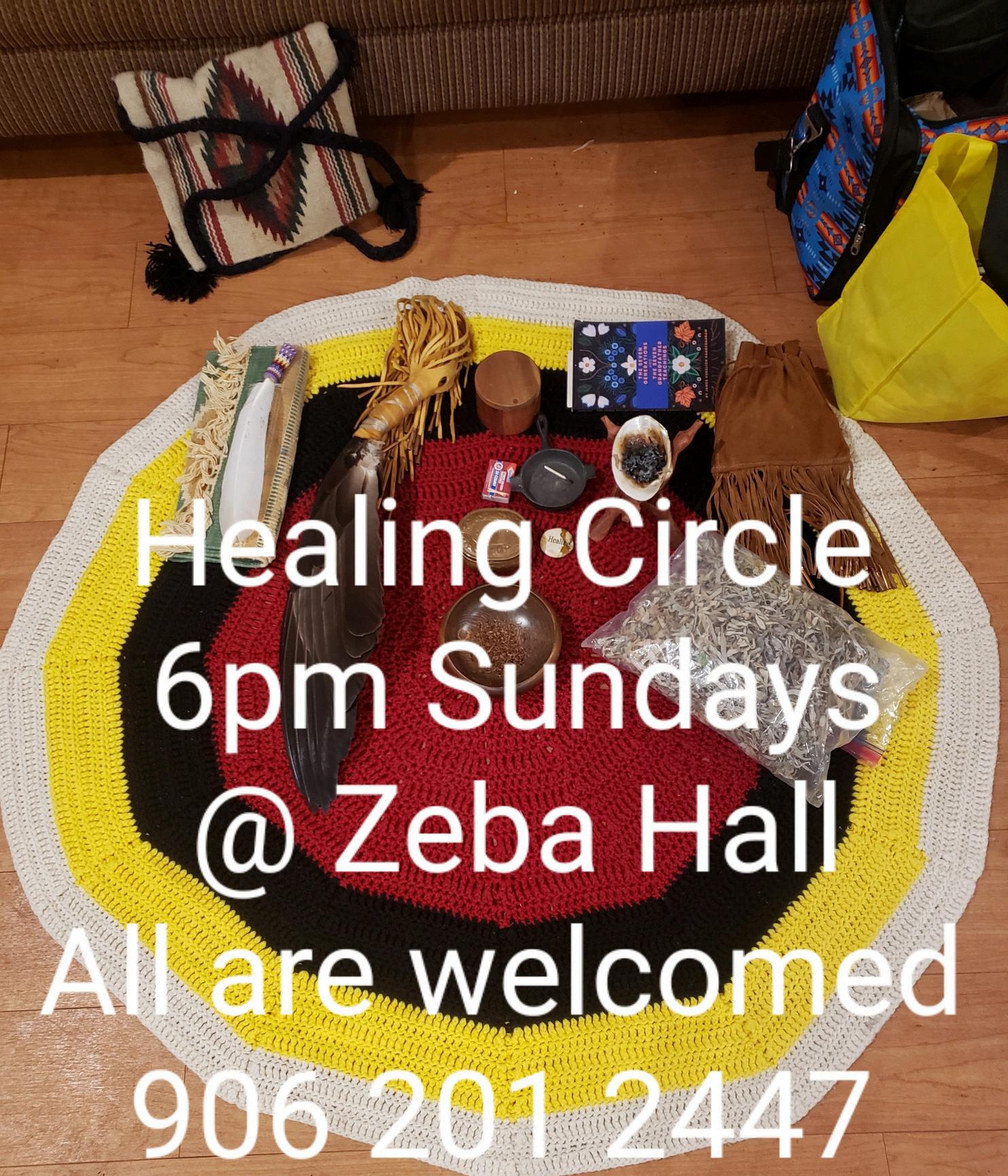

Around the Community
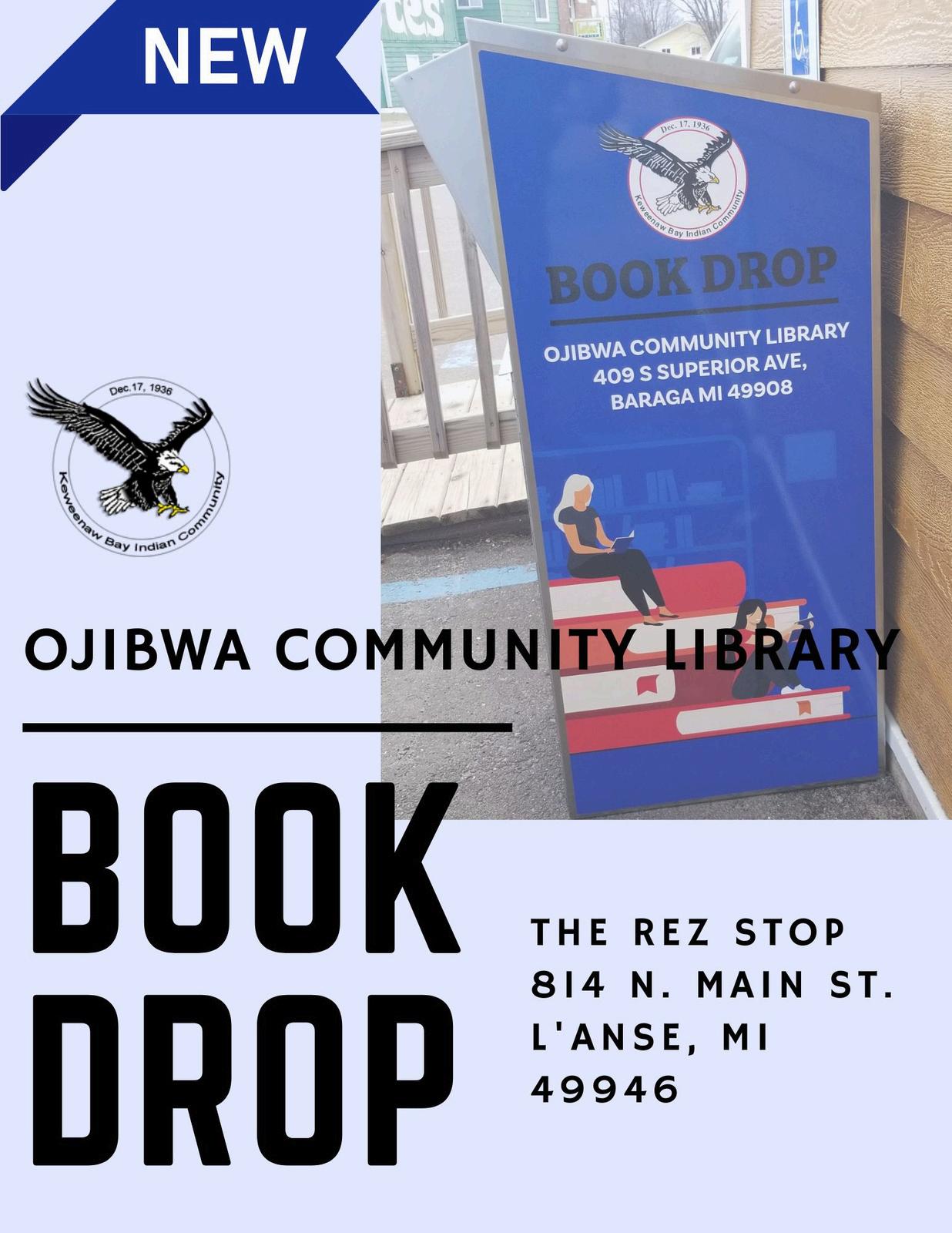

Around the Community

A Message of Apology to Our Community
To the KBIC Community, friends and family,
I have no excuses for my actions and will not make an excuse neither, it was wrong and I take full responsibility for my actions. I’d like to apologize to the Community and all that were affected by my actions I would like to move forward and be the best that I can for myself and my community.
Please accept my sincere apology.
Miigwech , Kim Klopstein

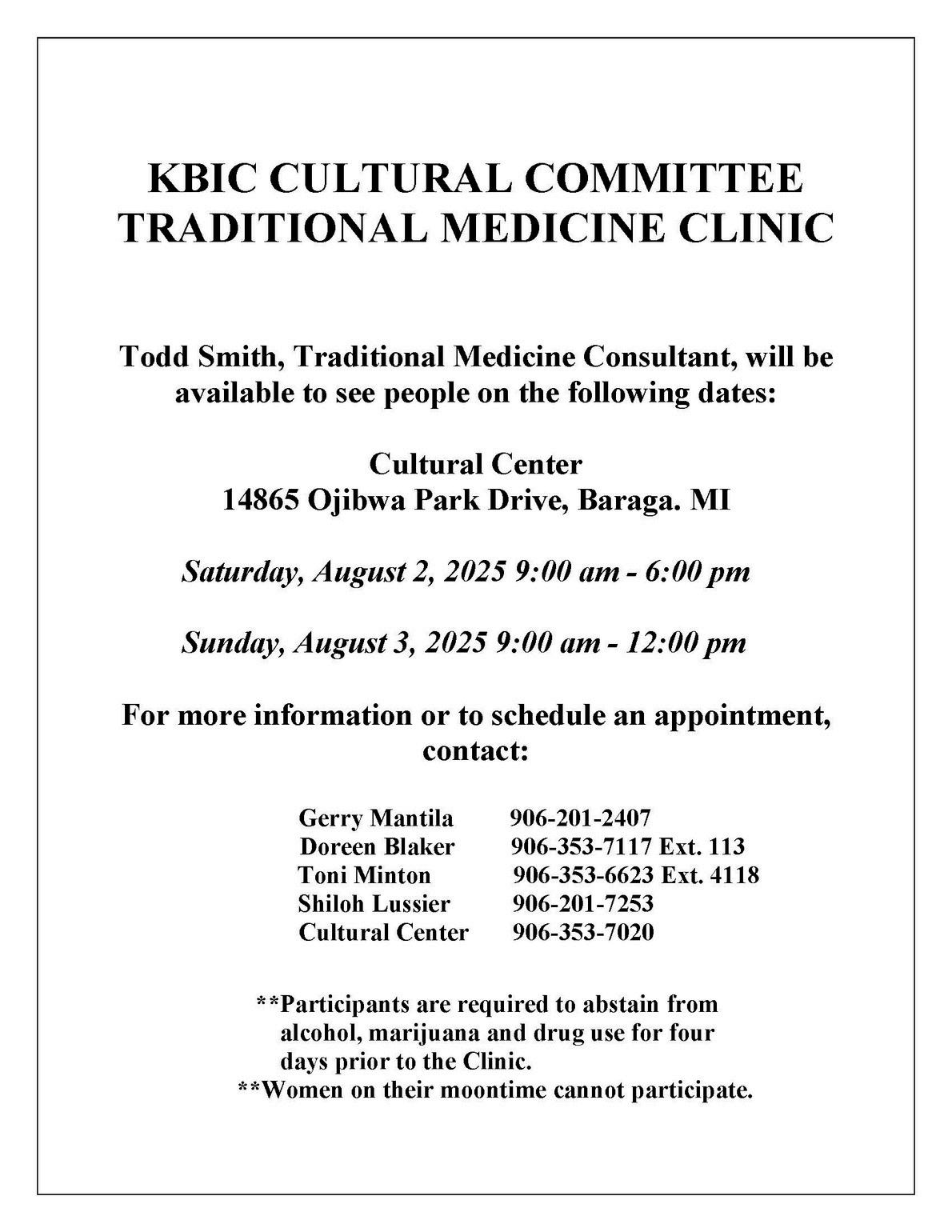
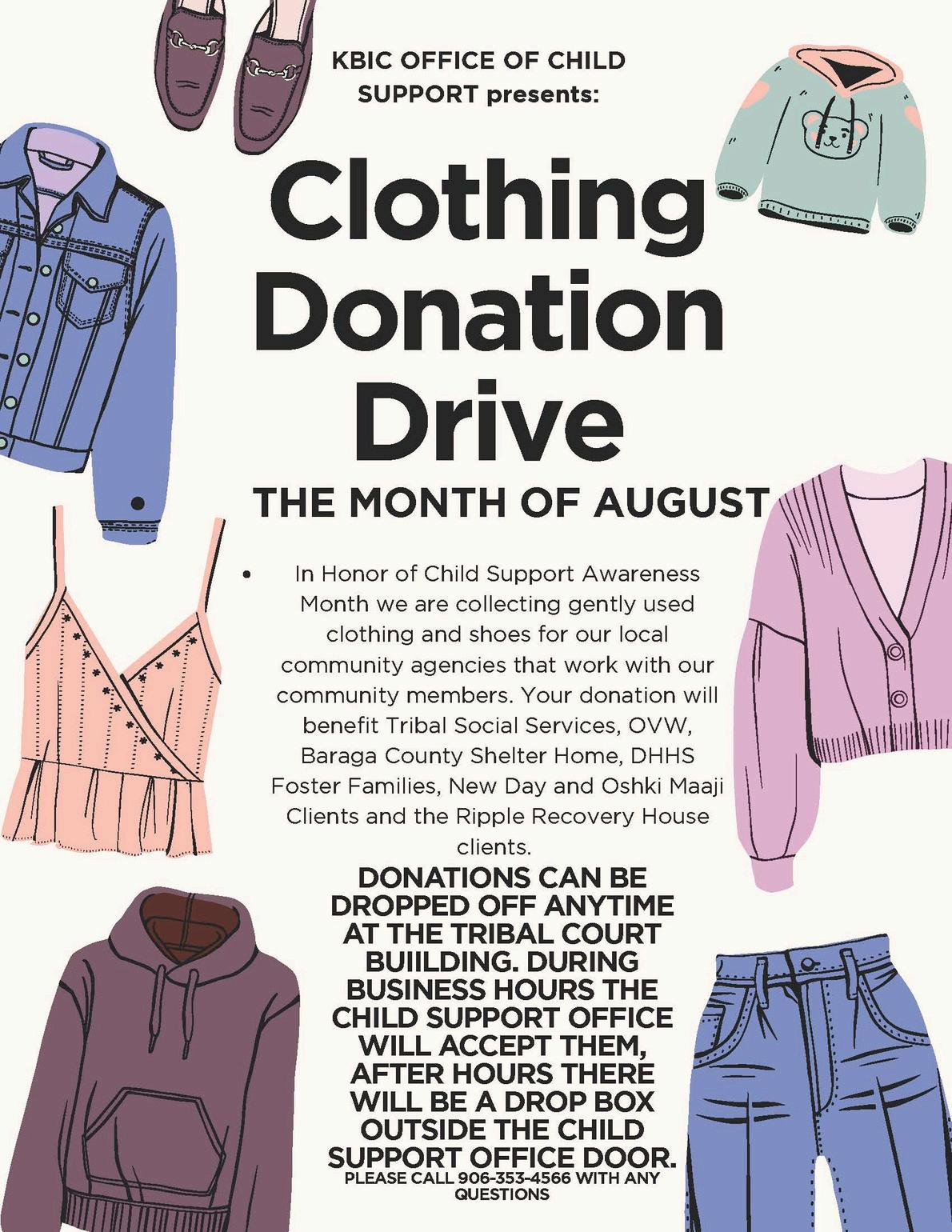
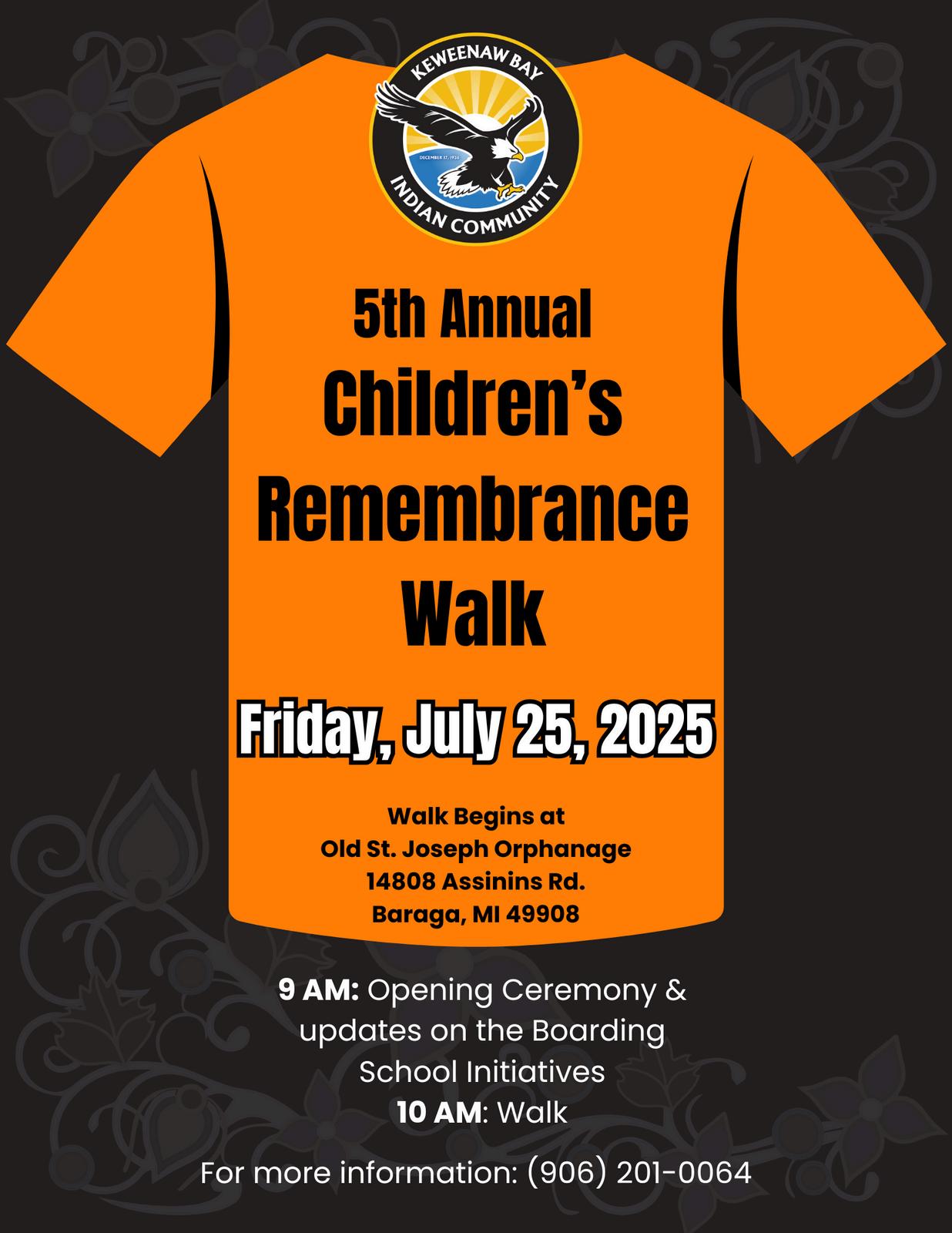

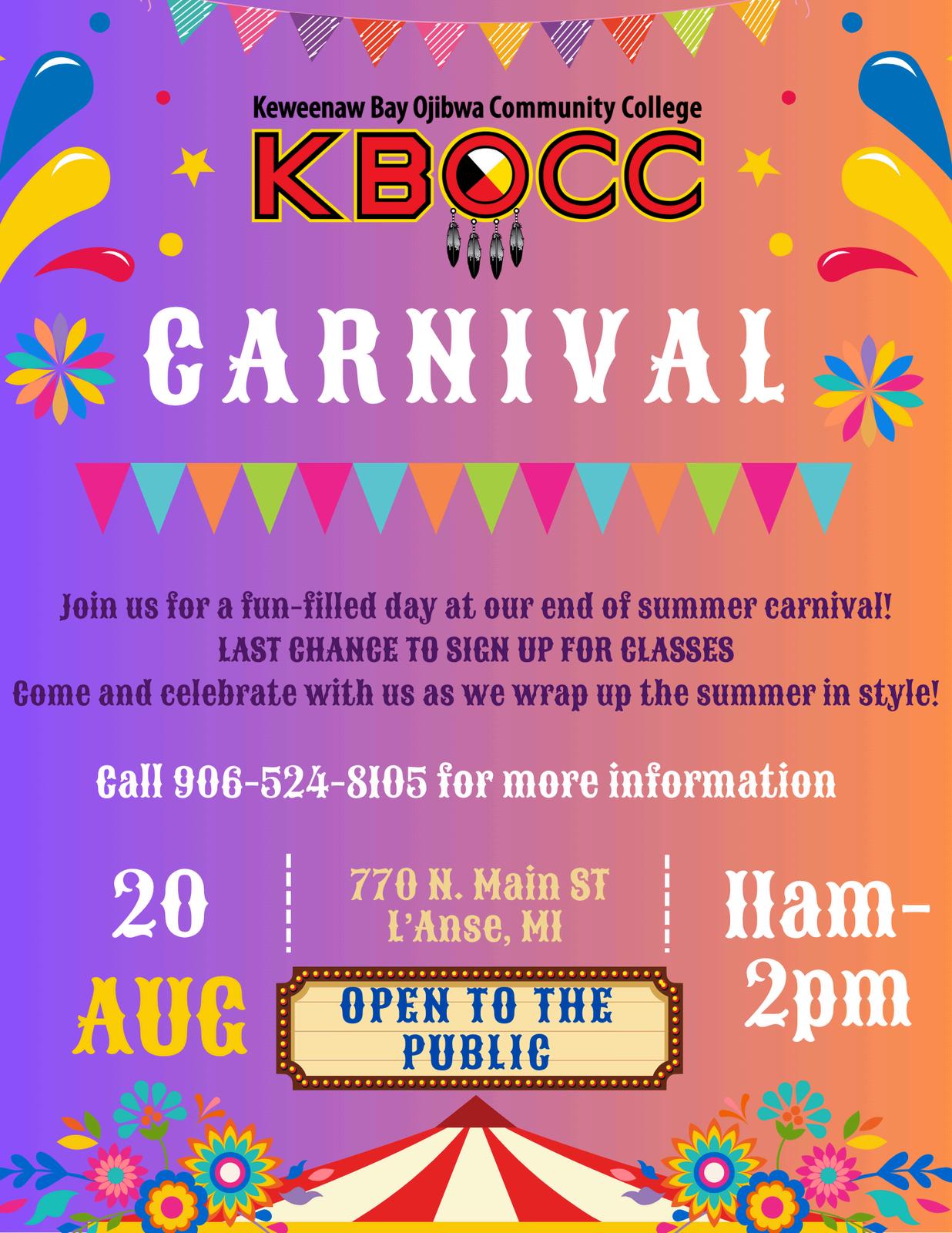
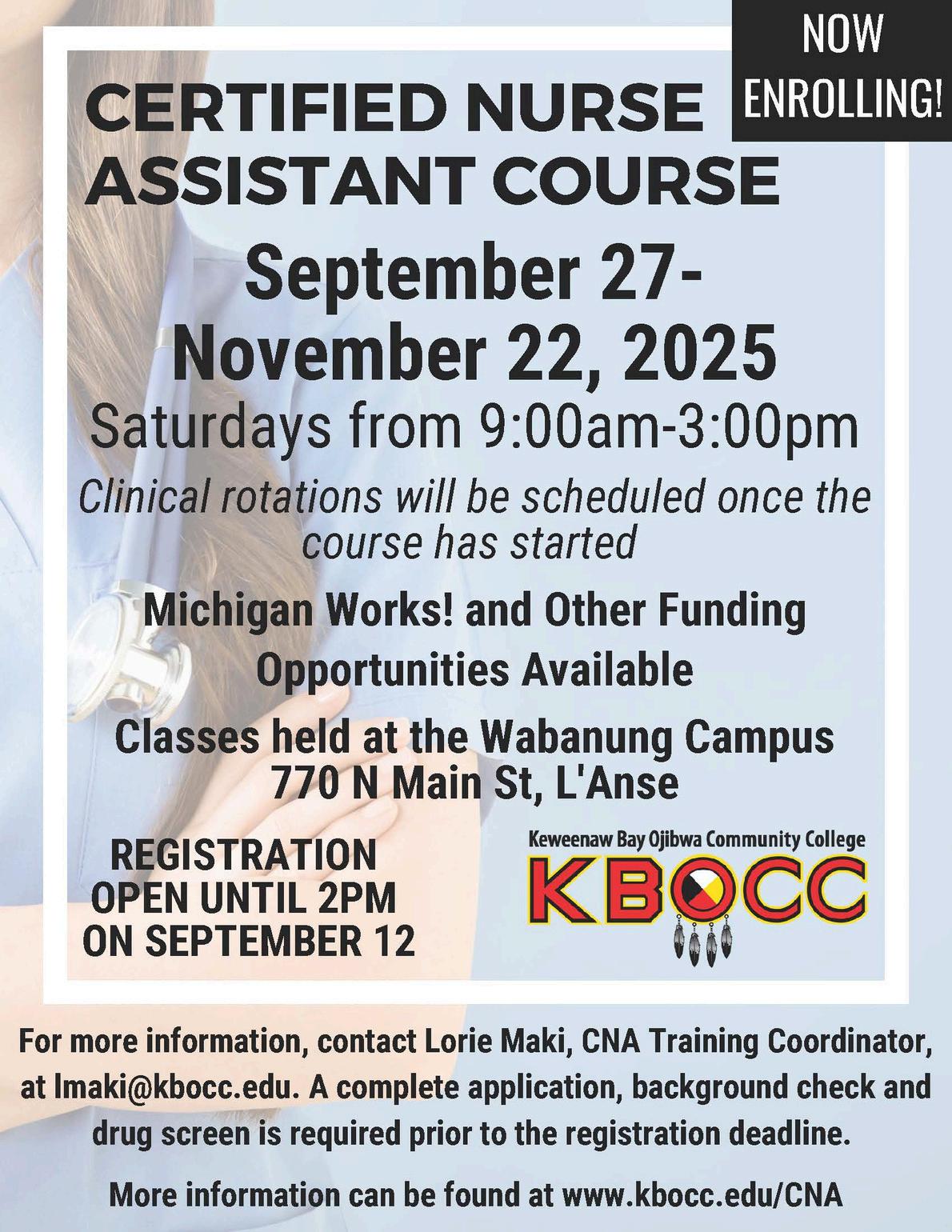

Around the Community
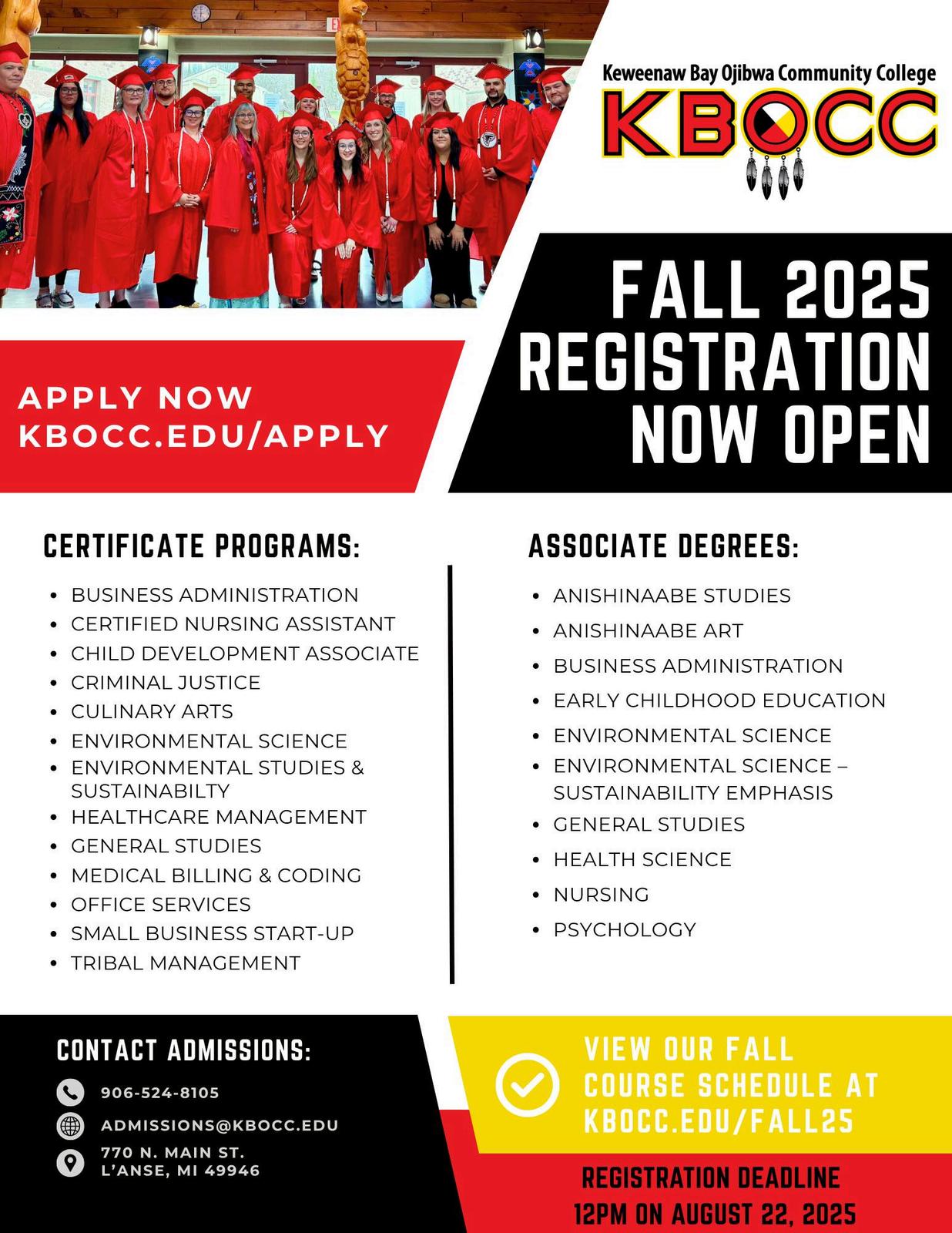

Around the Community

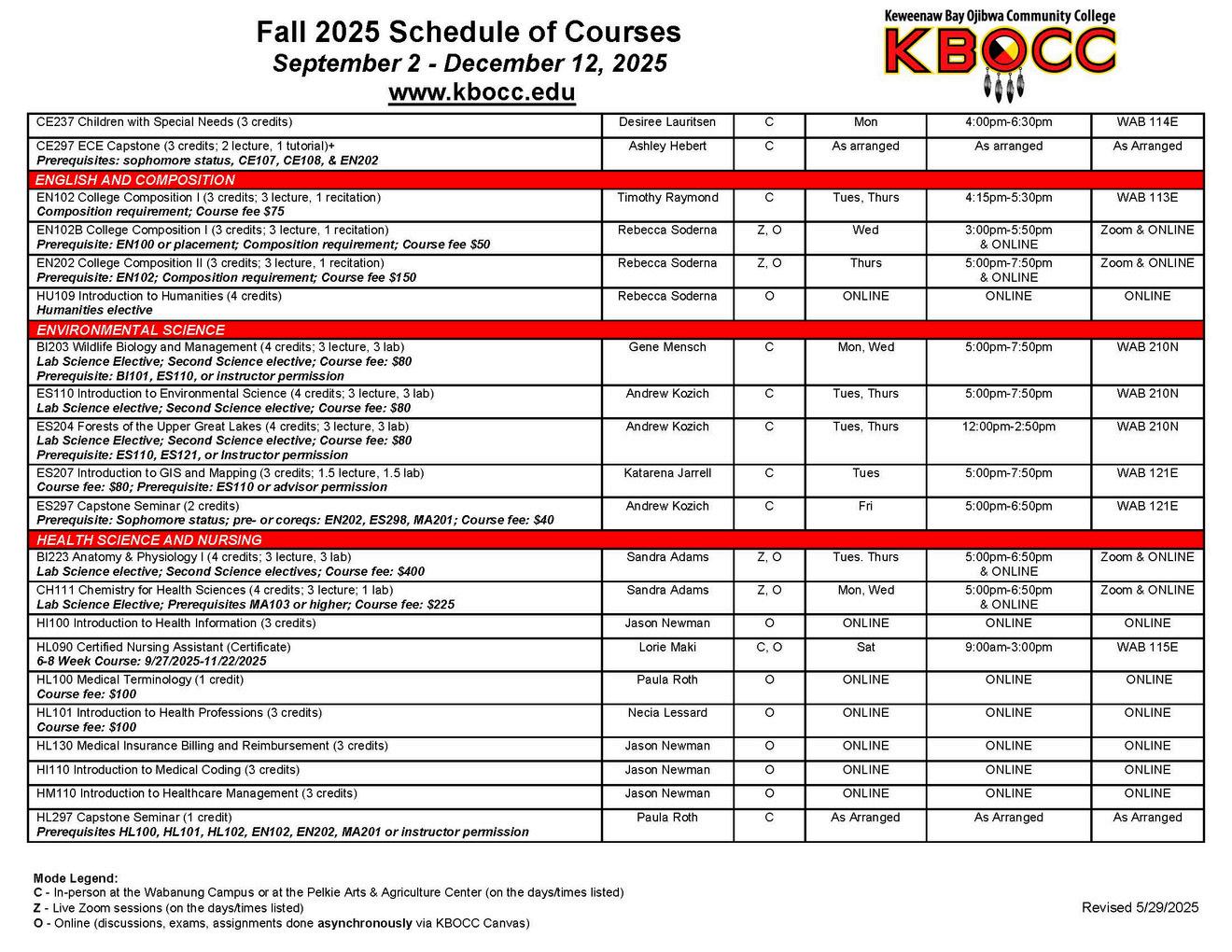
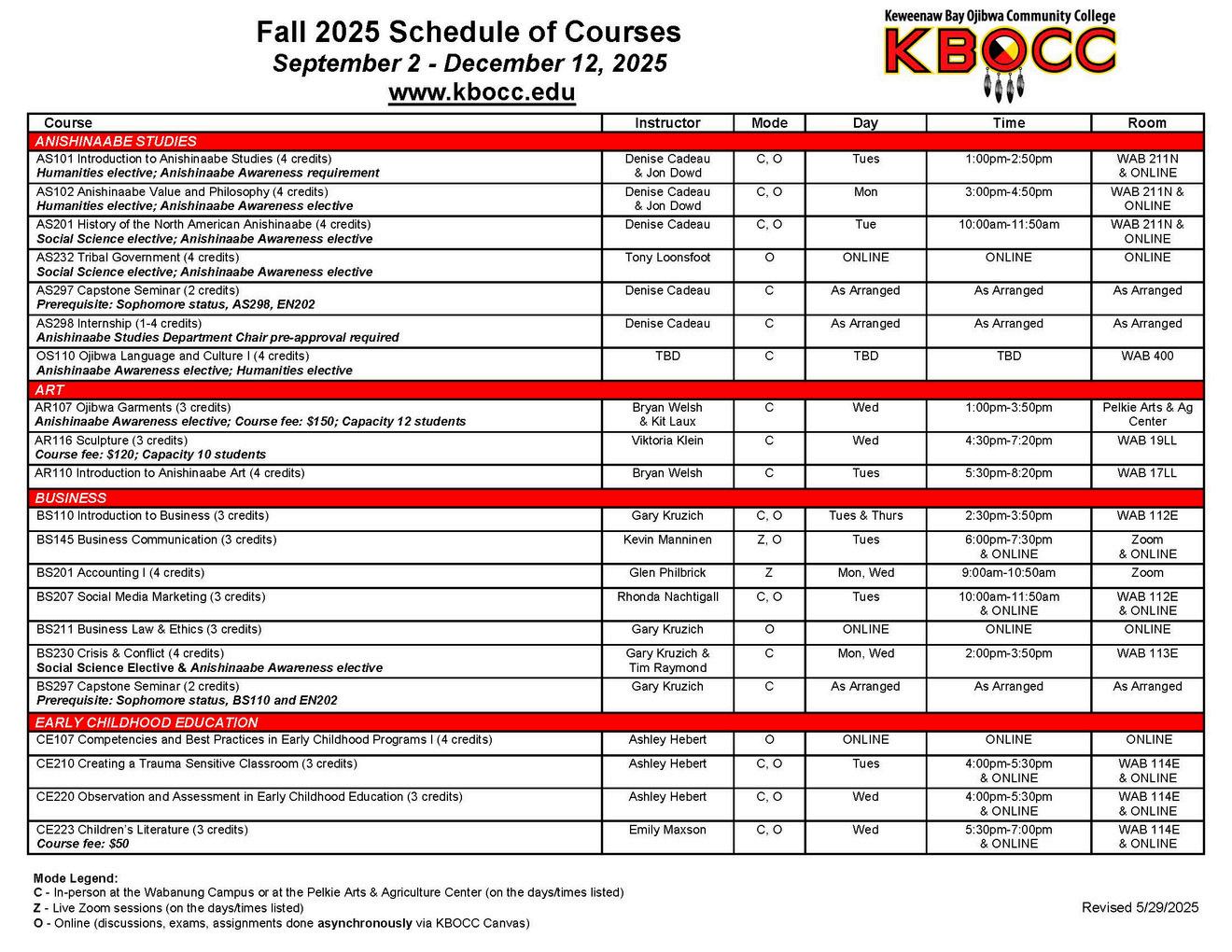


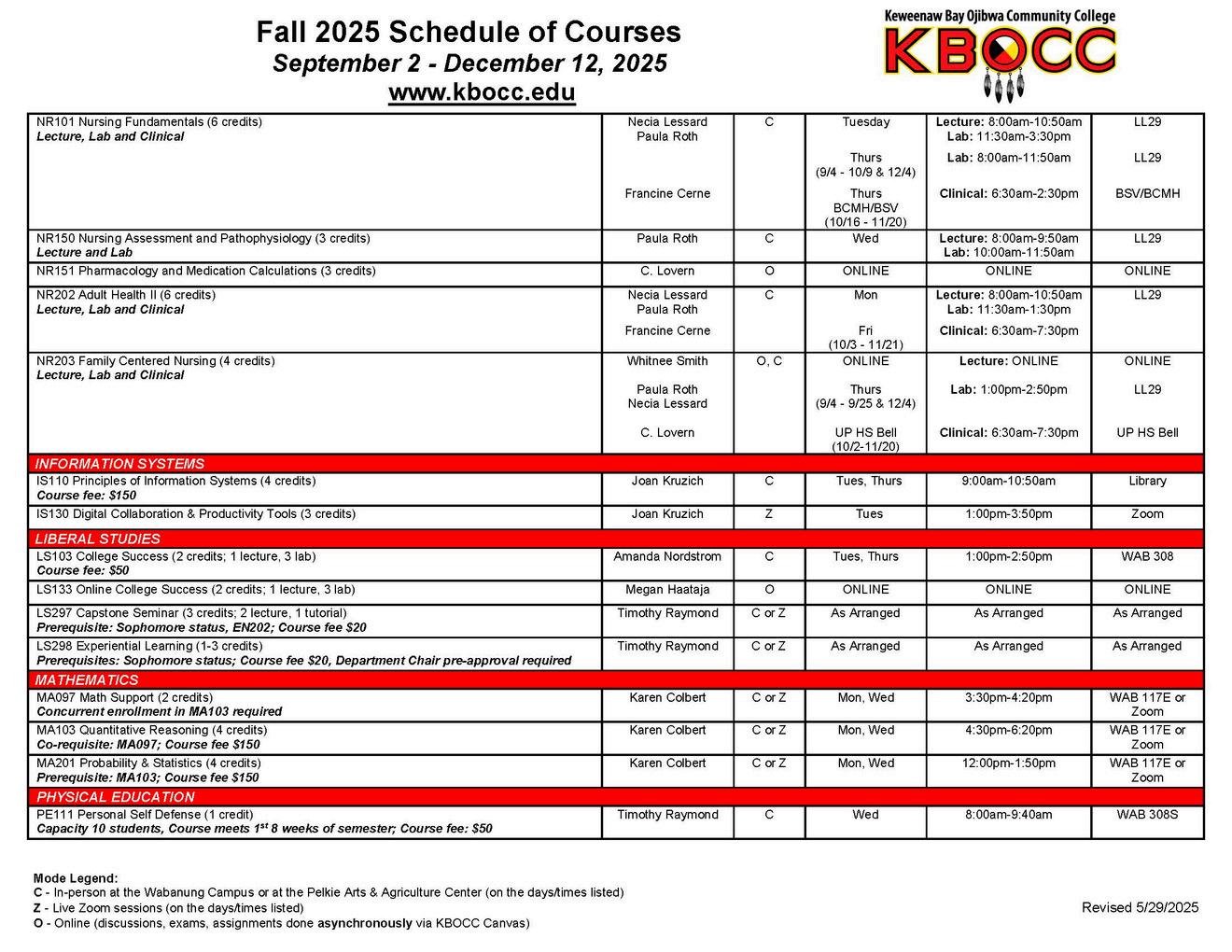
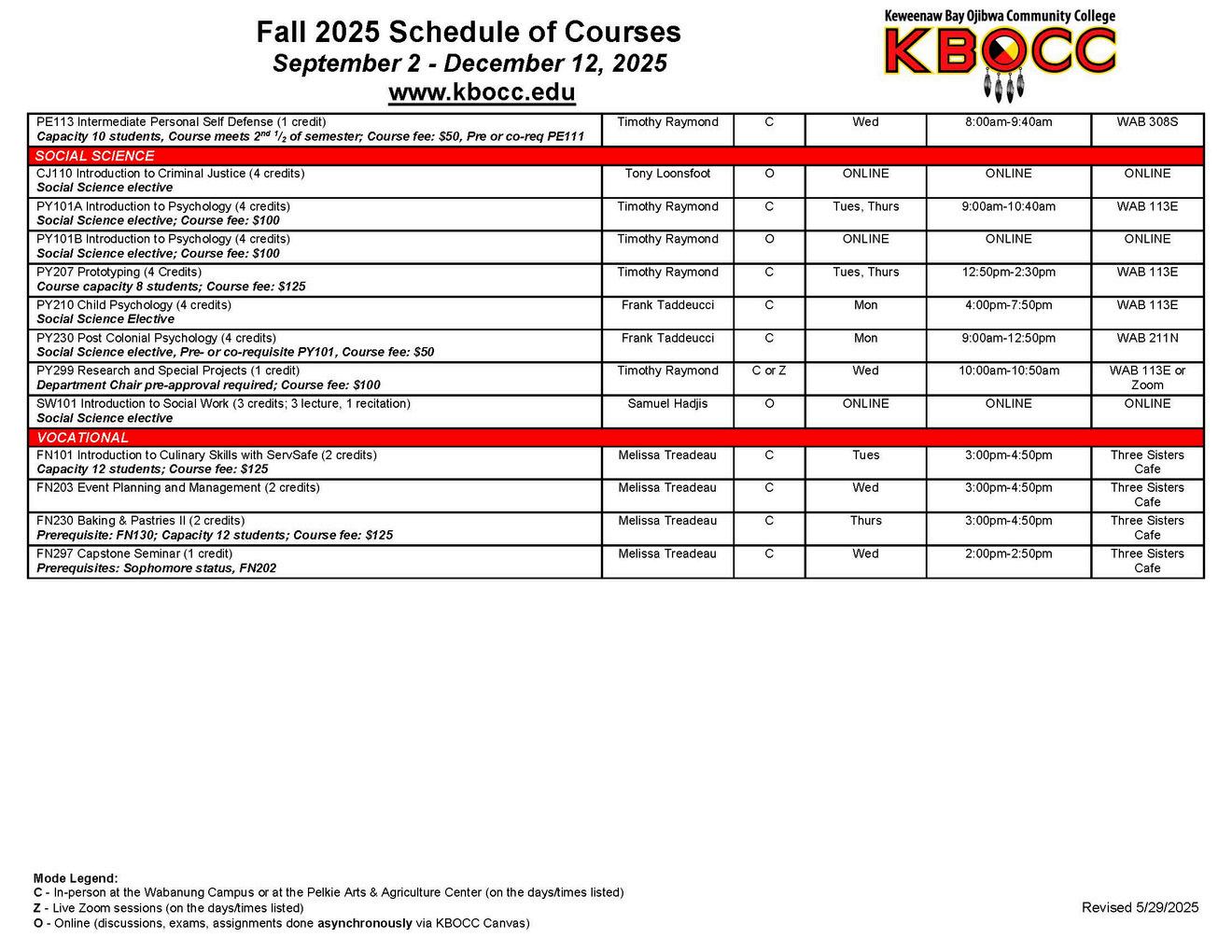
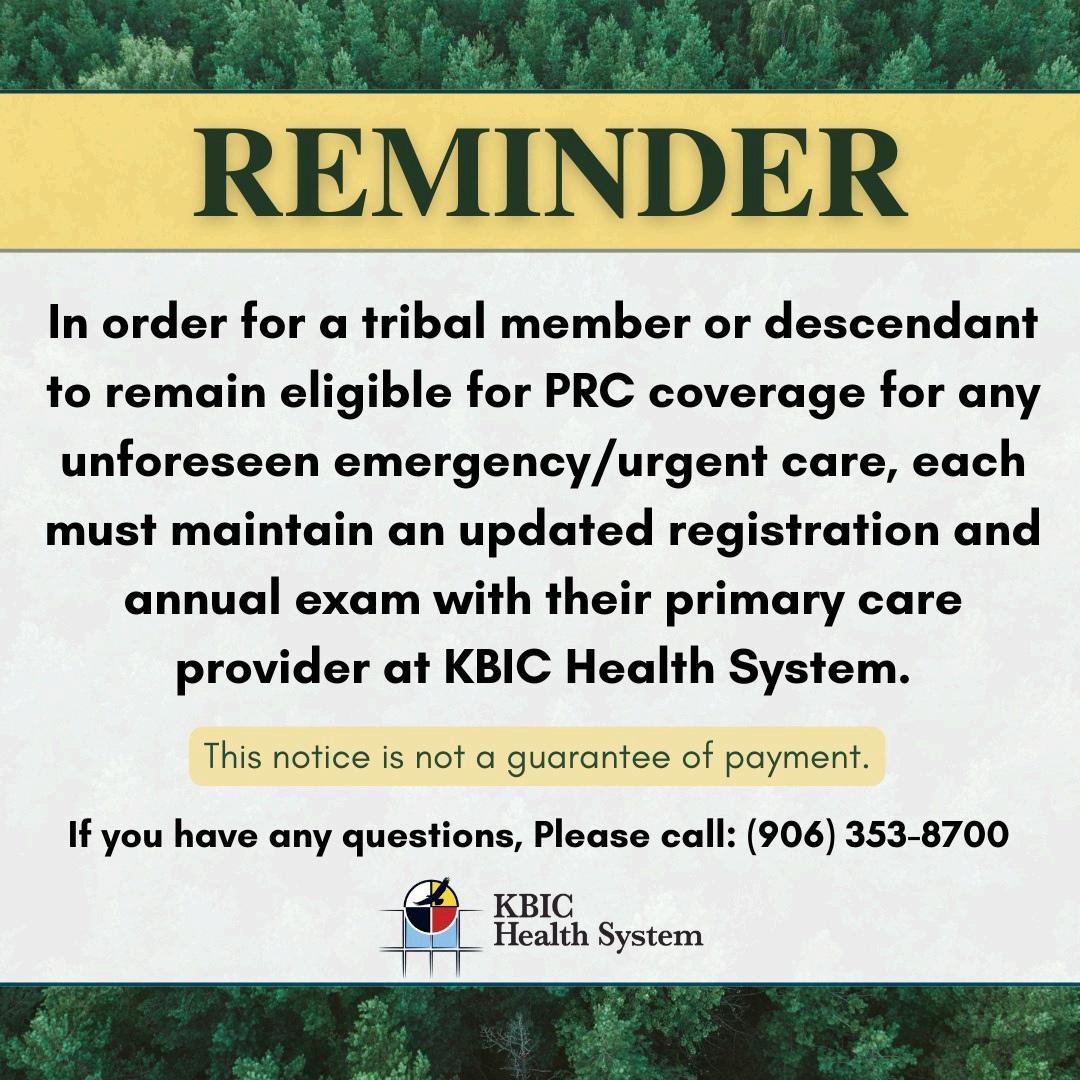


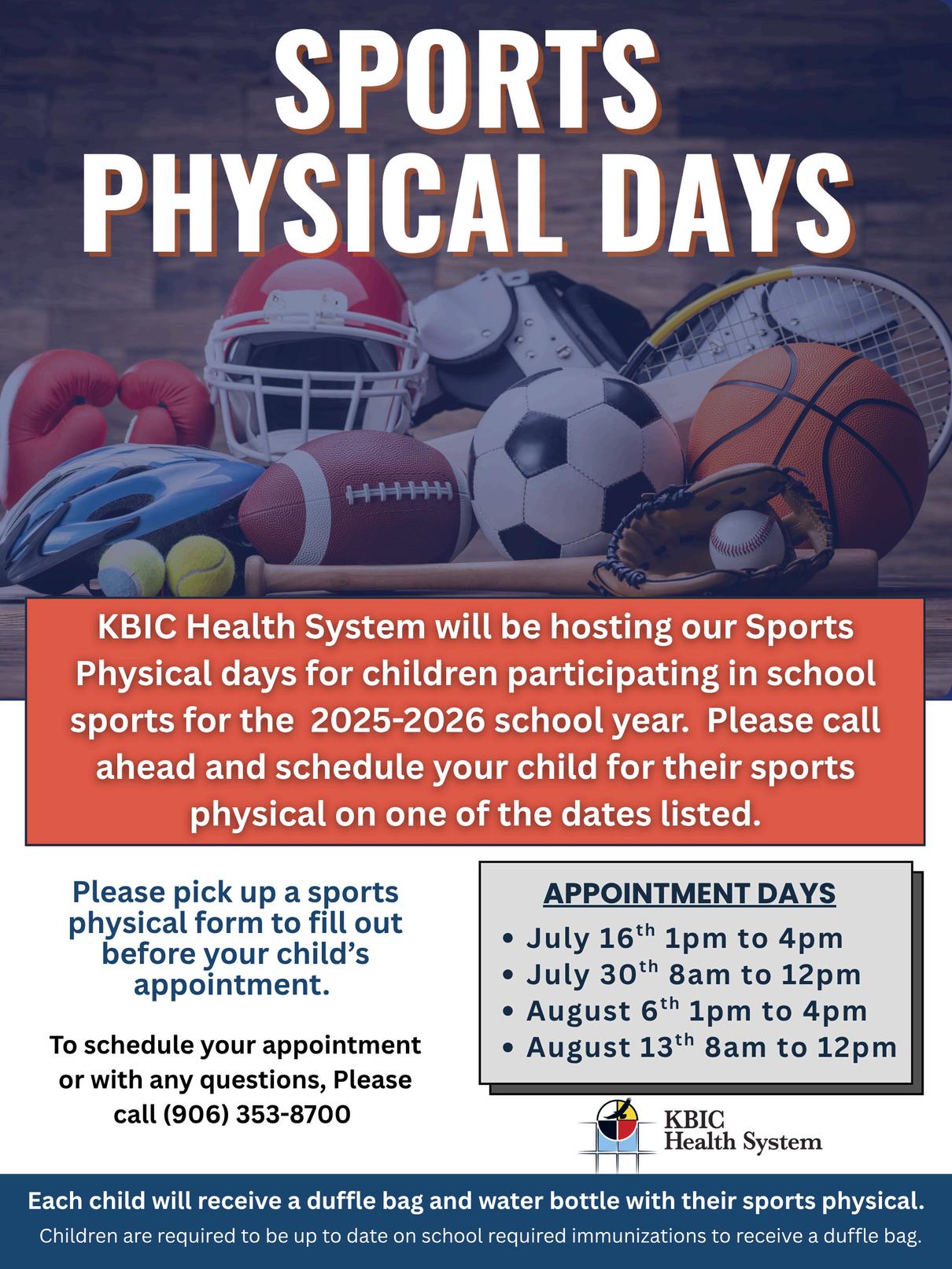

Around the Community

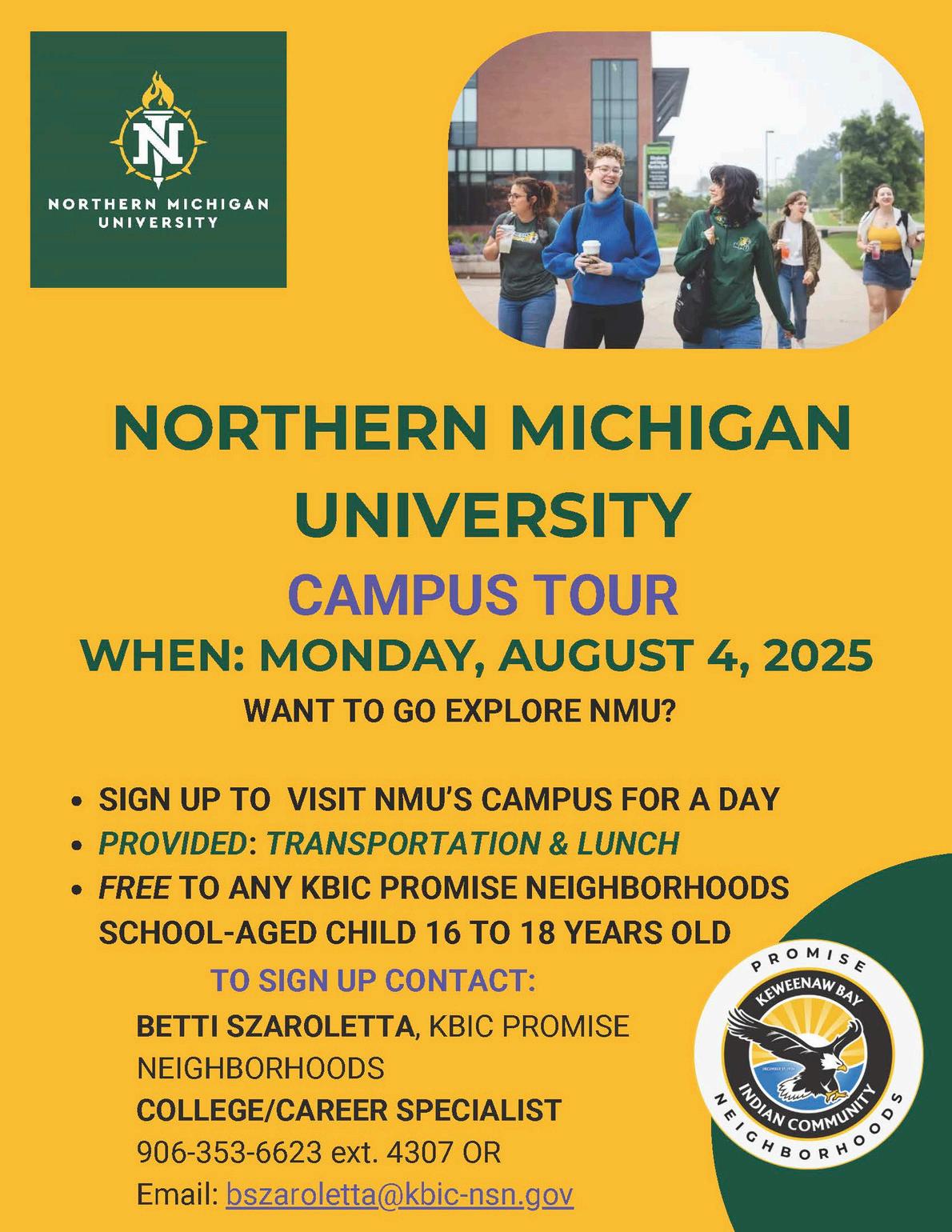
Around the Community

The Dangerous Connection Between Smoking and Diabetes
How Does Smoking Affect Diabetes?
Cigarette smoke contains harmful chemicals that damage cells and cause inflammation. Nicotine makes it harder to control blood sugar, making insulin less effective. When the chemicals in cigarette smoke interact with oxygen in the body, they cause oxidative stress, leading to cell damage. Both inflammation and oxidative stress increase the risk of developing type 2 diabetes and make managing the disease more difficult.
If you already have diabetes and smoke, you're at increased risk for:
Heart disease and high blood pressure
Stroke
Eye problems (including retinopathy, which can lead to blindness)
Kidney failure
Nerve damage (neuropathy)
Poor circulation and amputations
A Real Story: Bill B.
As highlighted in the CDC’s Tips From Former Smokers campaign, Bill B. was diagnosed with diabetes as an infant and began smoking at 15. By the time he was 37, he had gone blind in one eye due to a detached retina and required weekly dialysis for kidney failure. At 39, he lost a leg due to circulation problems, which prompted him to quit smoking. Despite quitting, he underwent openheart surgery at age 40 and sadly passed away from heart disease at 42.
It's Never Too Late to Quit
Whether you're living with diabetes or looking to prevent it, quitting smoking can greatly improve your long-term health. Support and resources are available:
American Indian Commercial Tobacco Program (AICTP)
Culturally tailored support for American Indians and Alaska Natives, addressing the physical, spiritual, emotional, and mental challenges of quitting.
Call: 1-855-524-7848

Michigan Tobacco Quitlink
Free program offering quit coaches, support groups, and access to nicotine replacement therapies.
Call: 1-800-QUIT-NOW (784-8669)
American Diabetes Association (ADA)
Learn about managing diabetes, prevention strategies, nutrition guidance, and care options.
South Eastern Michigan Indians, Inc
Contact:
South Eastern Michigan Indians, Inc
Phone: 586-756-1350
E-Mail: semii1975@yahoo.com
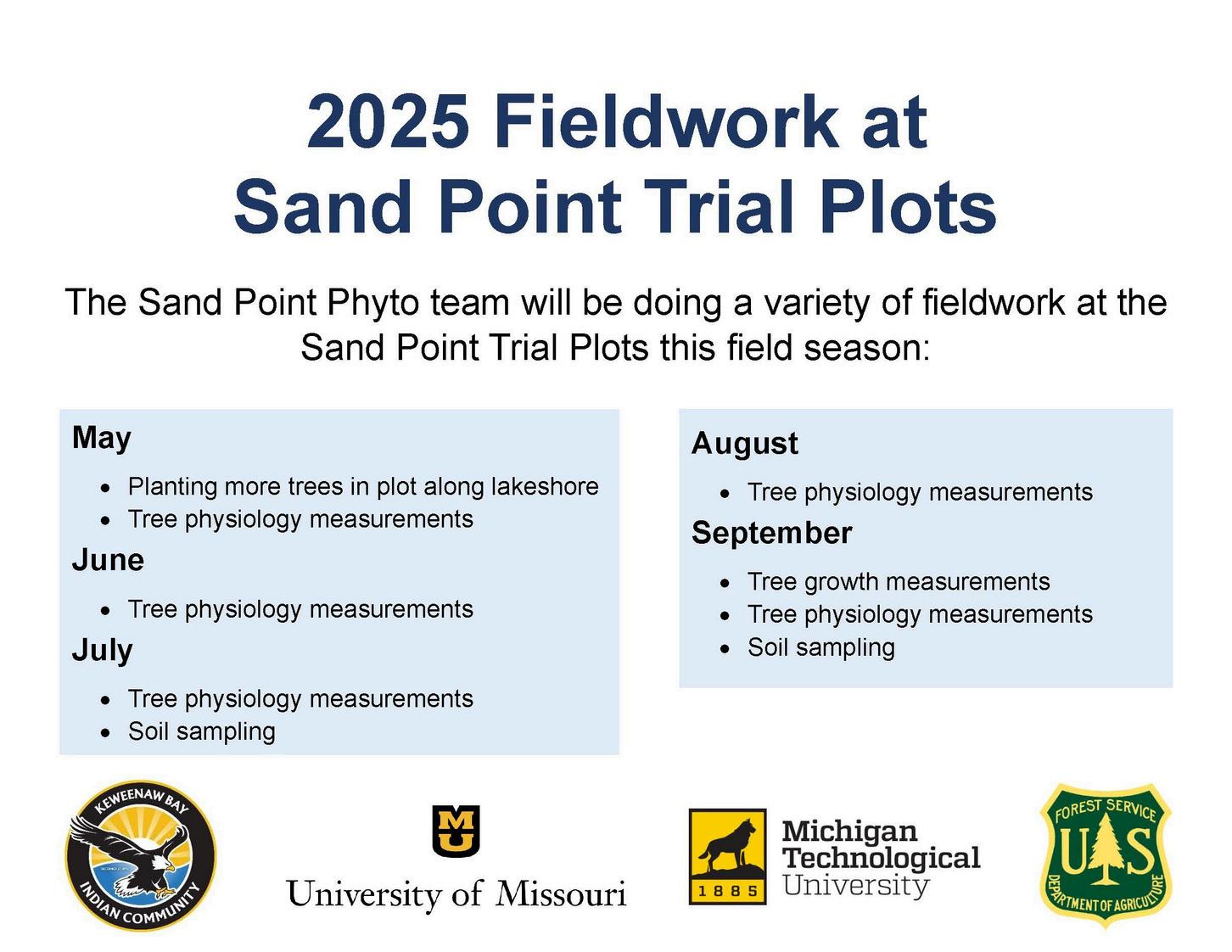
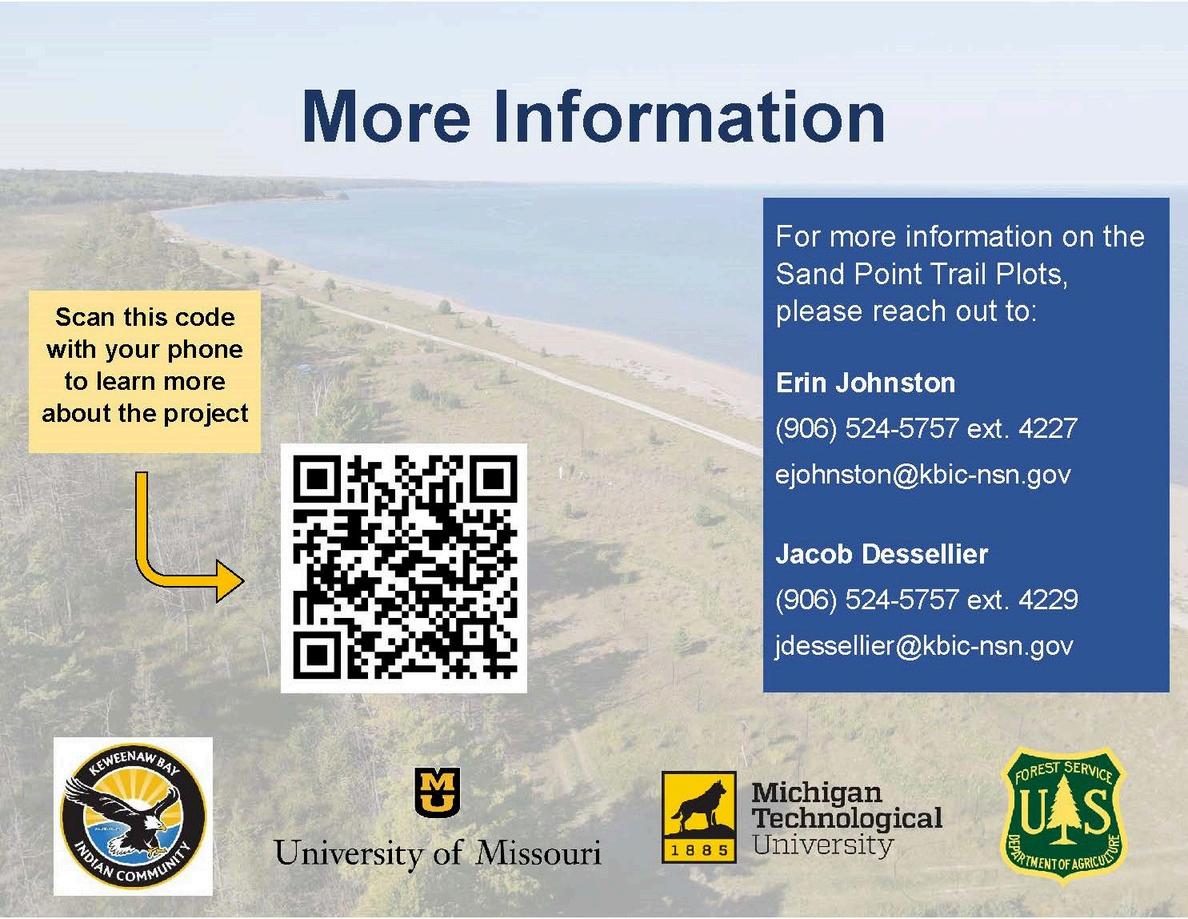

Handicapped Accessible Van Guidelines
Eligibility
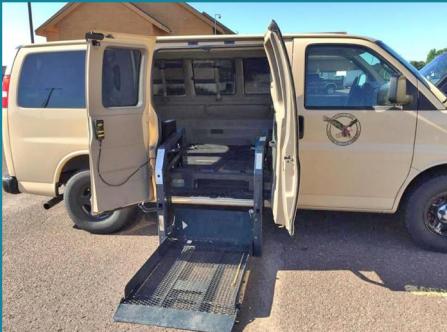
Enrolled KBIC members and their non-KBIC family members who are not mobile enough to be transported without a wheelchair lift (Eligible User) are eligible to use the Handicap Accessible Van (HAV).
Overview
The driver of the HAV assumes the duty of obeying all motor vehicle laws, maintaining the vehicle properly at all times, and complying with the following guidelines
Vehicle Purposes
The HAV shall be used for transportation to medical appointments or other purposes approved by the CEO or Tribal President.
Authorized Driver
Drivers must have a valid and unrestricted driver’s license and be able to drive a HAV. The HAV allows drivers to perform approved transportation activities safely, efficiently, and economically while promoting a positive image of the KBIC. Drivers are required to operate the HAV safely and responsibly
The Tribal Center Receptionist shall instruct firsttime HAV drivers on operating the wheelchair lift before their first trip.
The following rules apply to using the HAV: Only authorized individuals may drive. The vehicle must be picked up at the assigned location and returned to that location after use It must also be locked, and the keys must always be secured.
The driver must review the vehicle's use in the Driver Log, which is to be kept in the HAV at all times and returned for review at the end of use.

Around the Community
The driver and all passengers must wear available personal restraints, including seatbelts. Eligible users must be secured in the rear of the HAV utilizing the available locking straps.
Report all accidents immediately to the appropriate police and the CEO's office (906)353-4104.
Maintenance
Drivers and eligible users must maintain the HAV at all times. The HAV must be returned in the same condition it was issued: clean and with a full fuel tank. The eligible user is to pay for the fuel cost.
The HAV should not be operated with any defect preventing safe operation during current and foreseeable weather and lighting conditions. Preventative maintenance, such as regular oil changes, tire pressure, and fluid checks, determines to a large extent whether eligible users will have a reliable and safe vehicle to drive. Please report any issues with the HAV you experience during your use of the CEO’s office.
The use of tobacco products by all occupants in the vehicle is prohibited and includes cigars, cigarettes, chewing tobacco, e-cigarettes, and all other forms of tobacco.
Traffic Violations
Fines for parking, moving violations, etc are the personal responsibility of the driver/eligible user.
Accidents Involving the HAV
In the event of an accident:
Do not admit negligence or liability. Do not attempt settlement, regardless of how minor.
If possible, get the name, address, and phone number of the injured person(s) and witness(s). Exchange vehicle identification, insurance company name, and policy numbers with the other driver
Take a photograph of the scene of the accident if possible. Call the police.
Around the Community

Complete the vehicle accident report in the HAV. Turn all information over to the CEO’s office upon your return.
Thefts
In the event the HAV is stolen, notify local police immediately.
Failure to comply with these guidelines will result in denied future use and may result in additional costs to the eligible user.
The Driver/Eligible User is responsible for the actual possession, care and use of the HAV.
Members wishing to utilize the HAV can contact the Tribal Center Receptionist at (906)353-6623 or receptionist@kbic-nsn.gov to reserve it.
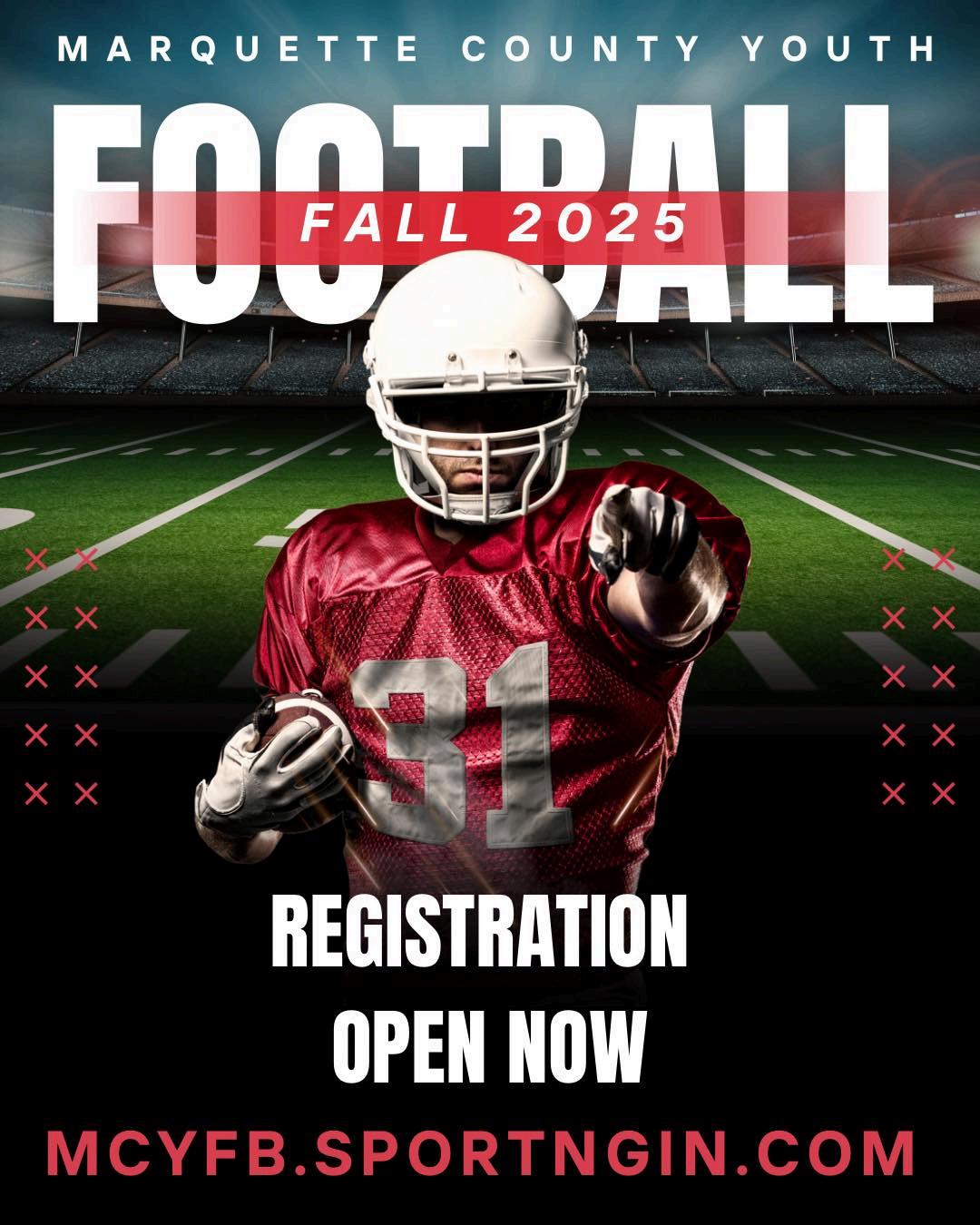

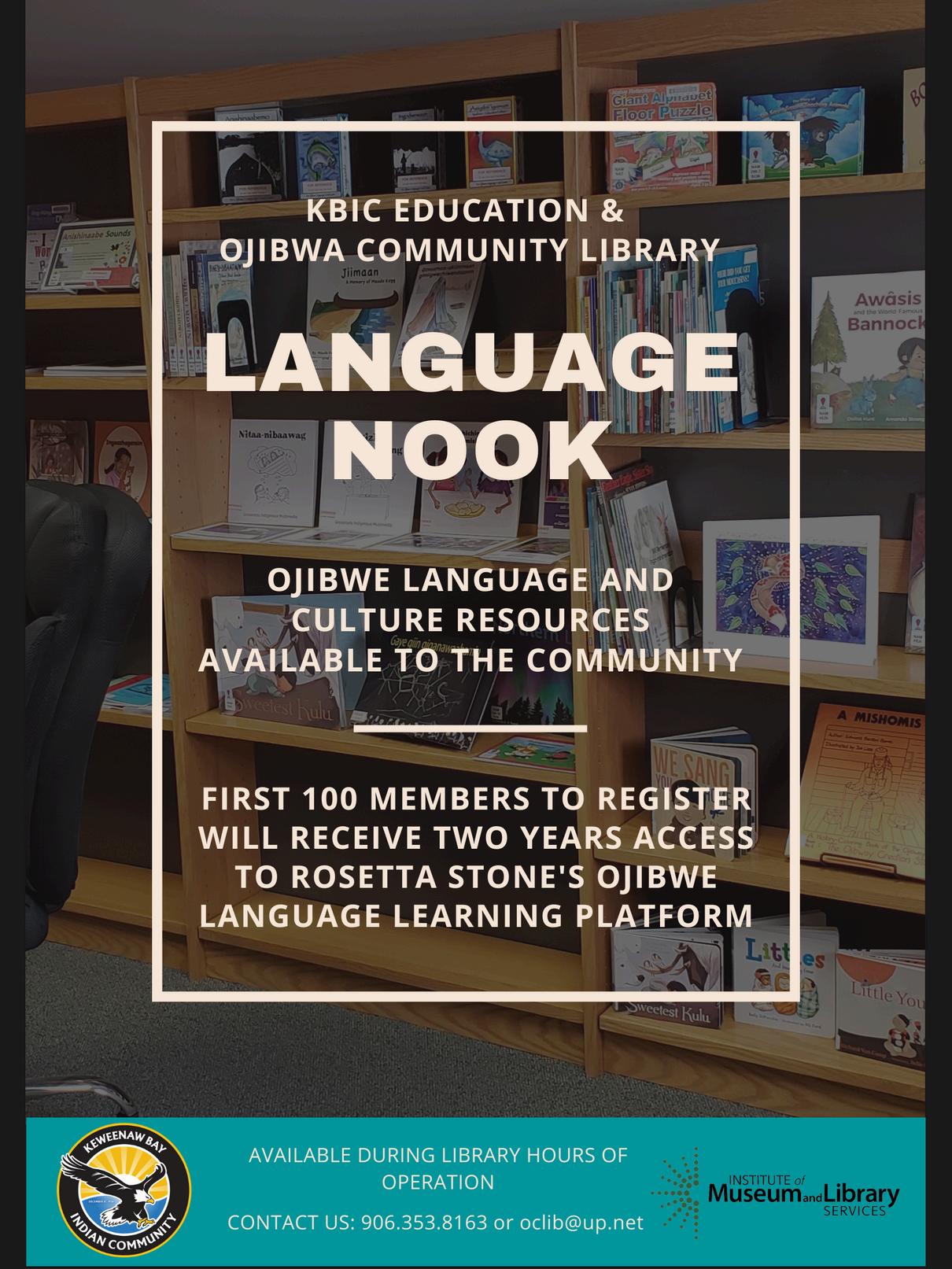
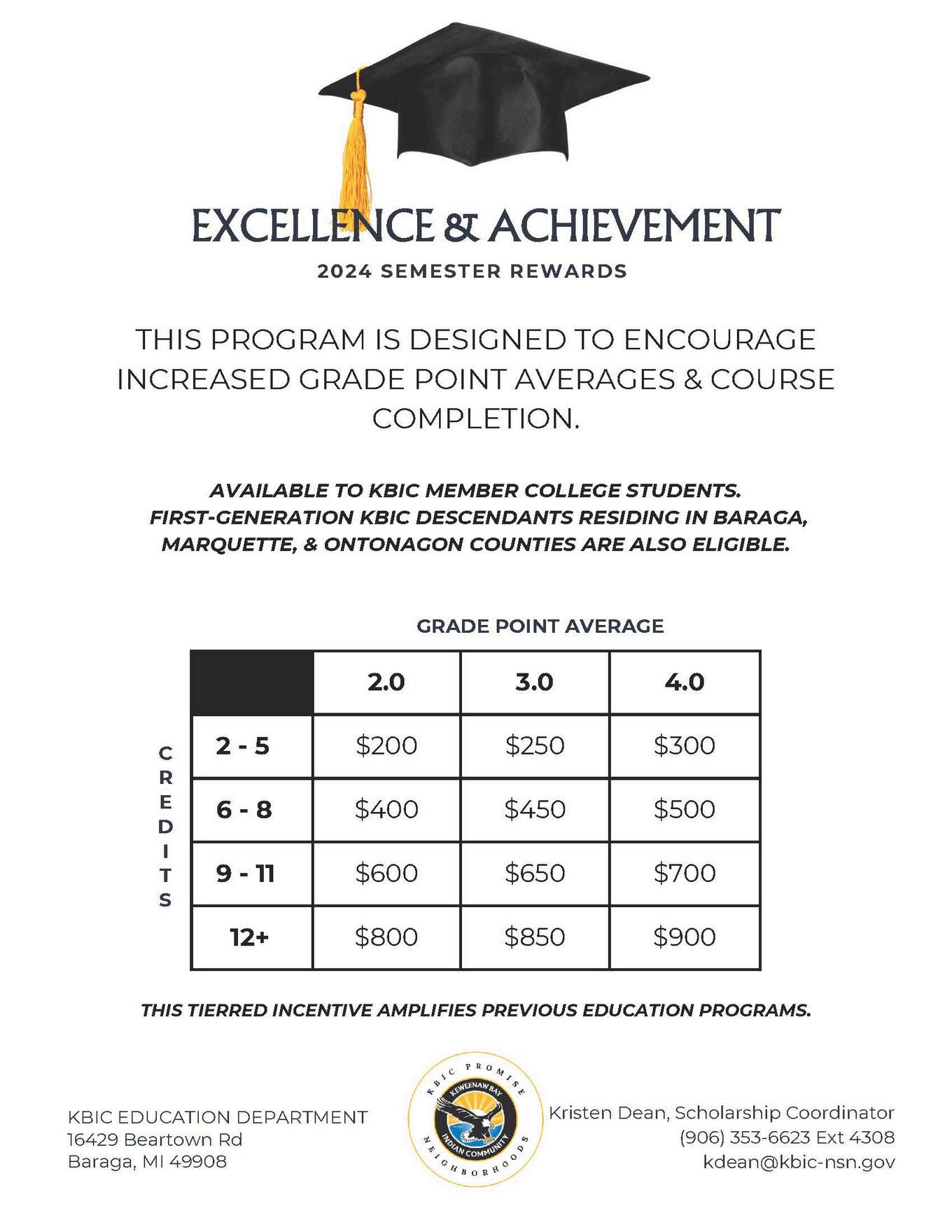


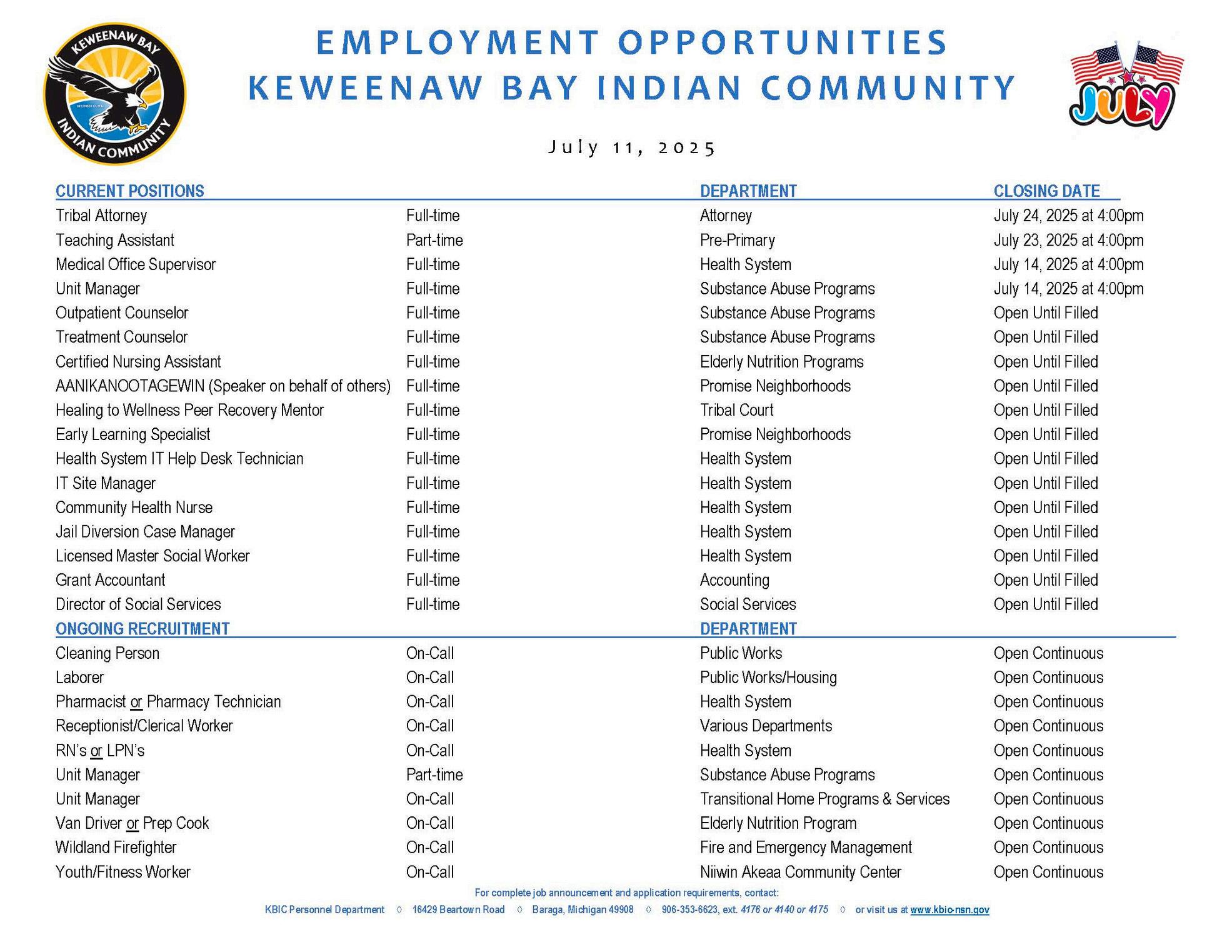


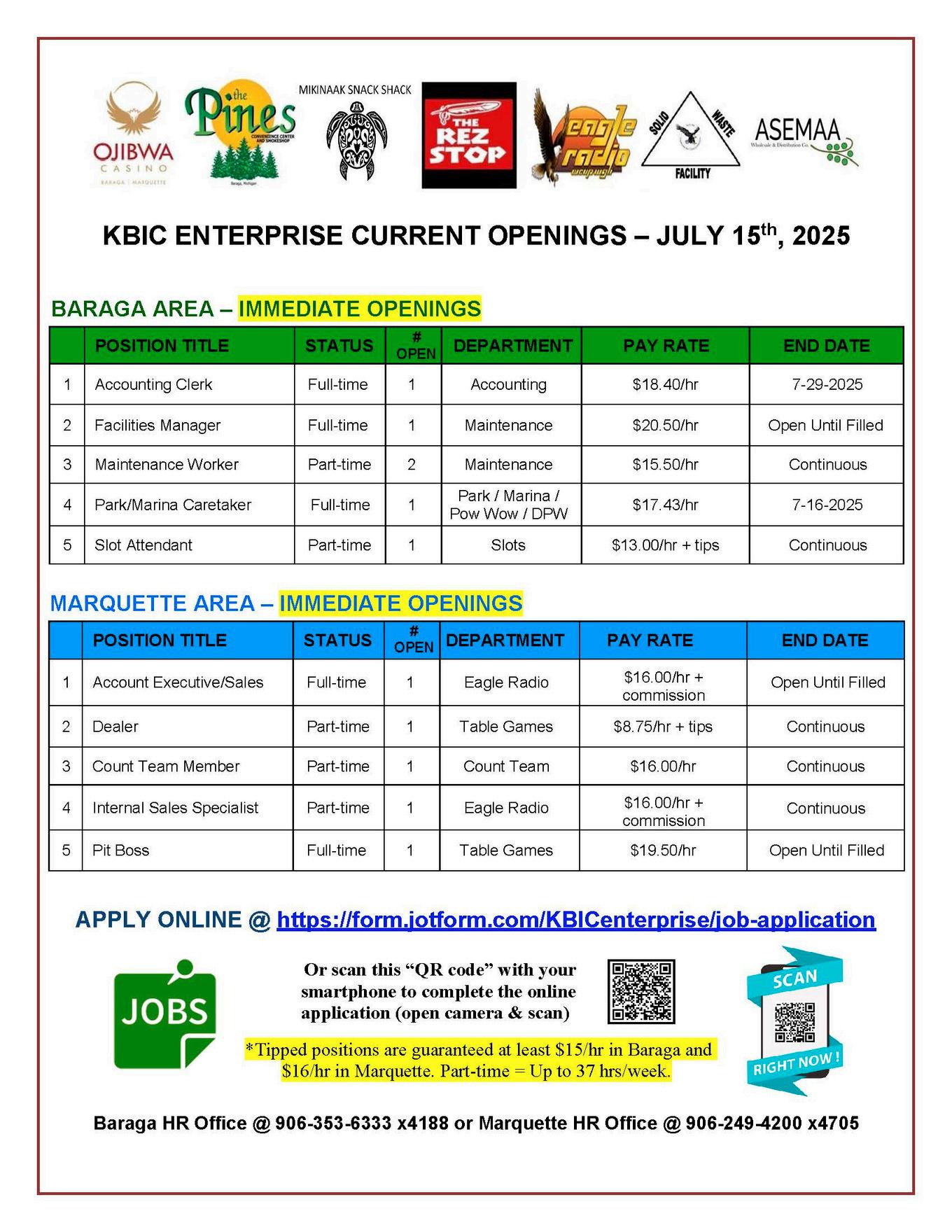
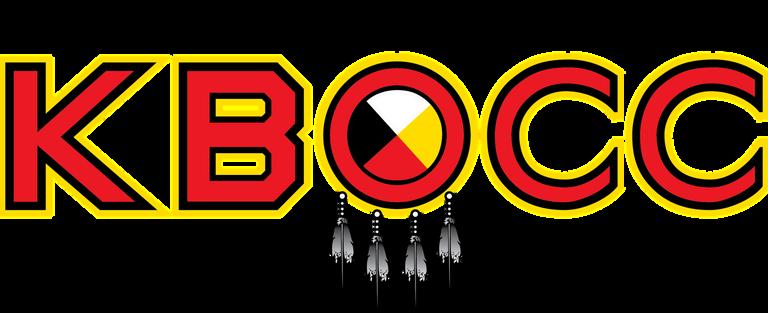
https://wwwkboccedu/employment/ openings/
Around the Community

New Murals Celebrate Culture and Healing at Anishinaabeg Noojimo Wigamig
Submitted By: Peggy Loonsfoot, Behavioral Health
If you’re in the L’Anse neighborhood, stop on in at the Anishinaabeg Noojimo Wigamig (The People’s Healing Center) and take a look at the new murals painted on the walls of the Behavioral Health Services house. These paintings were done by Christopher Shelafoe, KBIC Tribal Member and local artist.
The first painting shows a talking circle of Anishinaabe sitting around a sacred fire under the Northern Lights. Chris states that the Northern Lights represent to him the connection of the other side with our ancestors and the teachings behind it. During the same time frame that he was working on the Northern Lights, Chris recalls experiencing a great deal of death of his relatives that stirred in him a deeper meaning than just the mural on the wall.
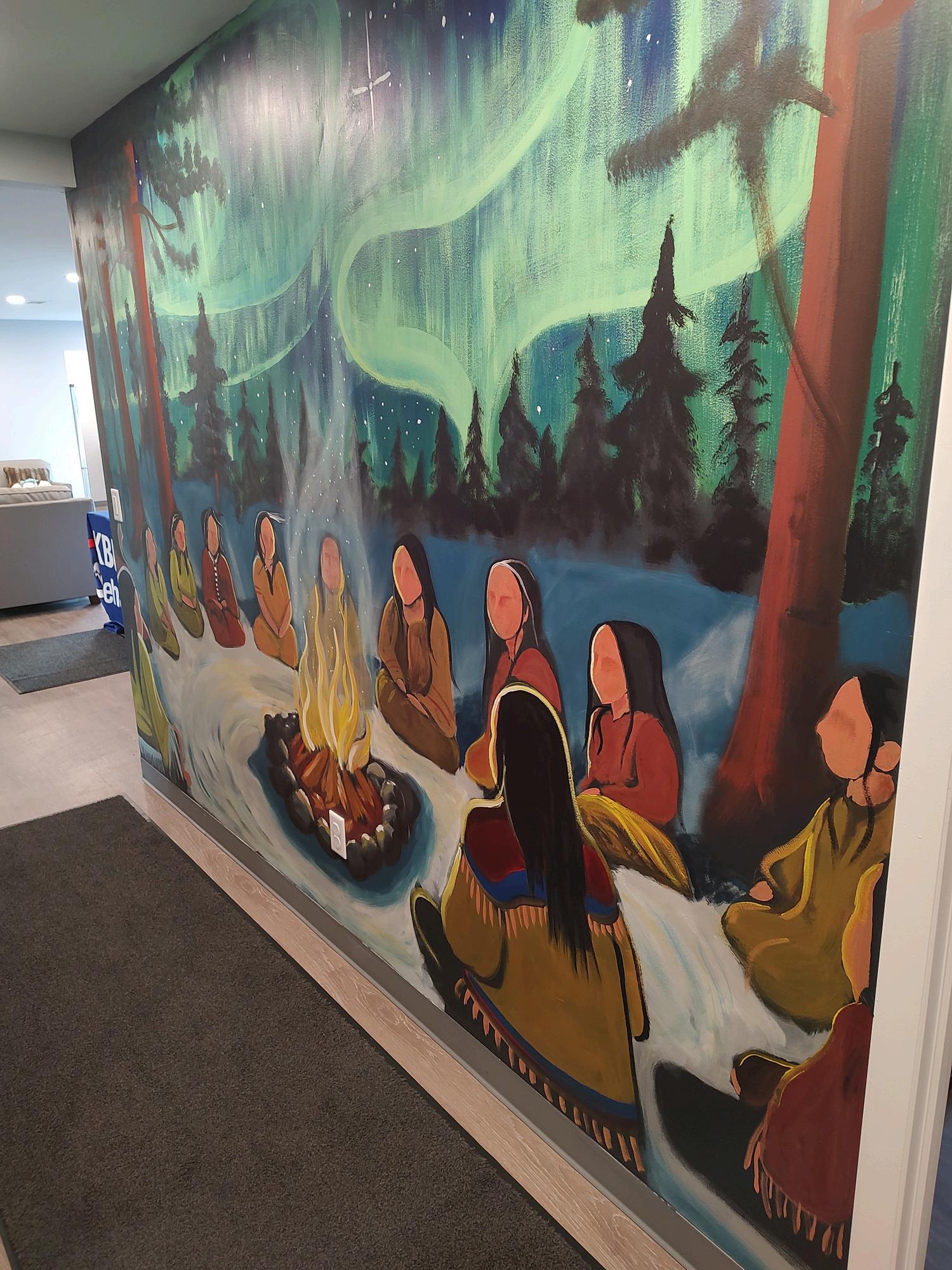

The second painting represents the animals of the Seven Grandfather Teachings. You will also see Big Foot holding a mirror which represents the reflection of the community and to take a look at ourselves and know our place within the collective realm of our earth.
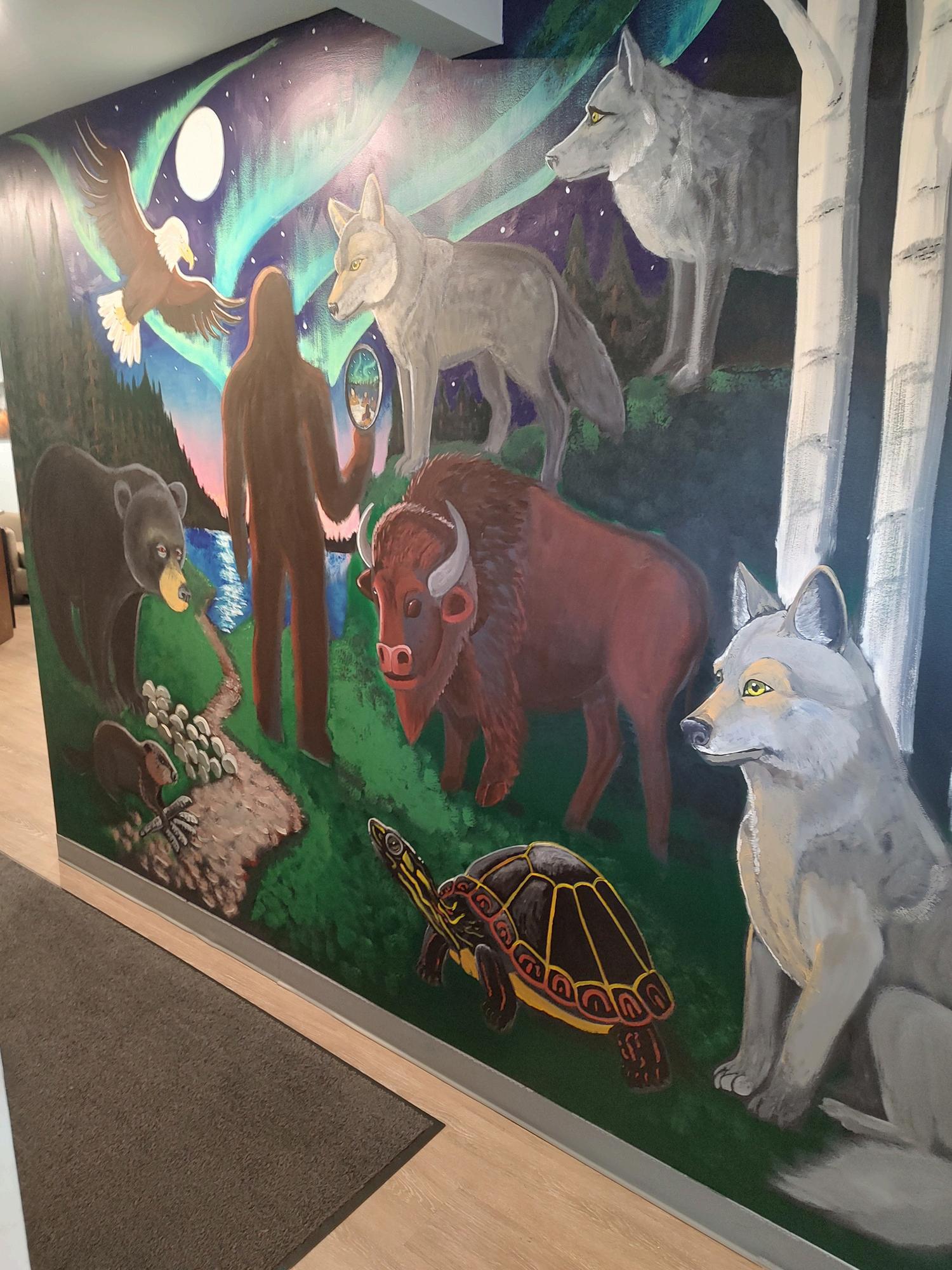
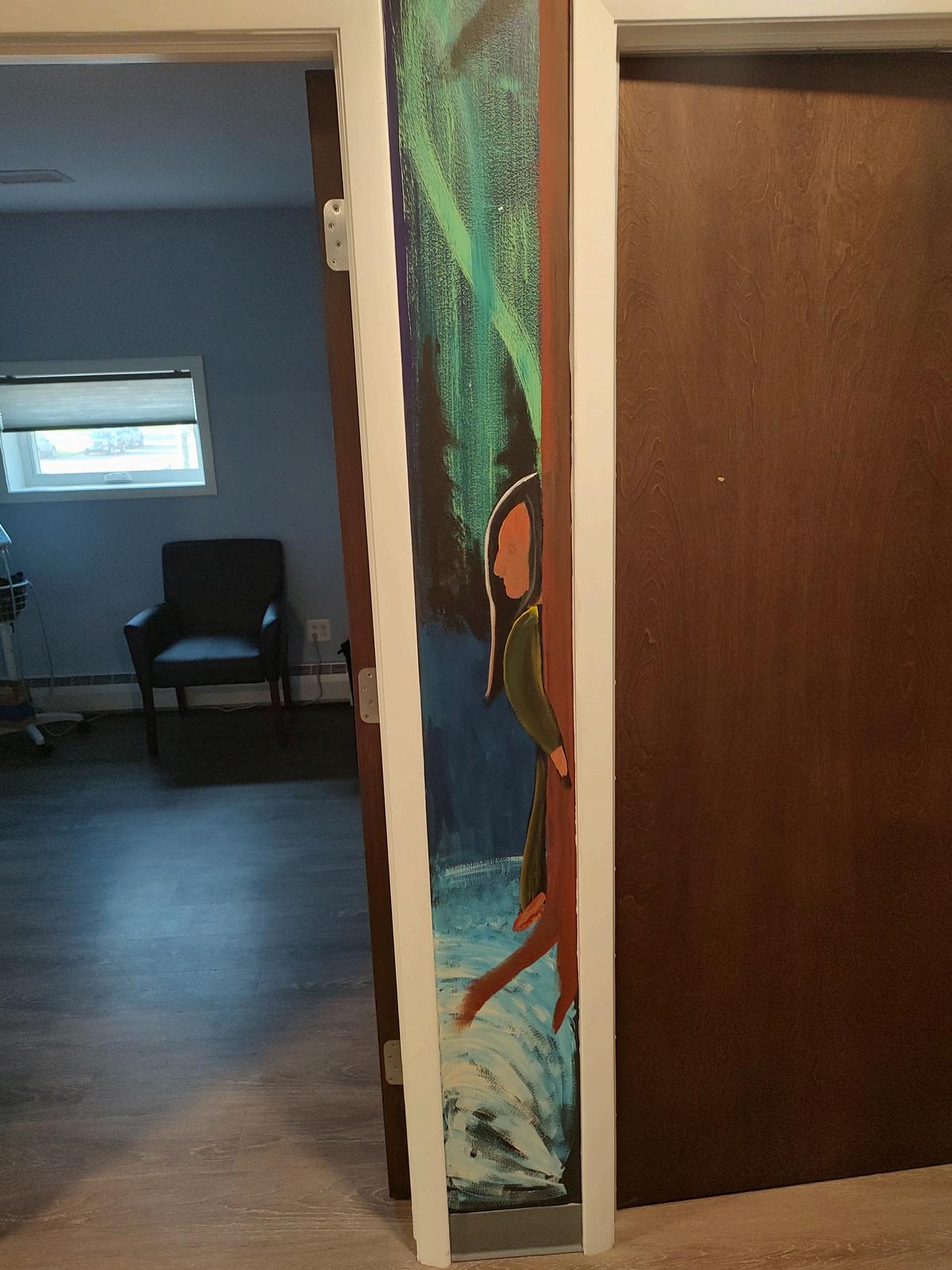
The third painting is of a cute “peeper,” just for fun.

And lastly, the fourth painting has Chris doing Ojibwe florals and berries around the frame of the reception desk, with a medicine wheel for effect.
The Behavioral Health staff greatly appreciates the work Chris has done and would like to say miigwech for a job well done. Chris also does tattoos at the Red Road Tattoo parlor in Baraga. A man of many talents.
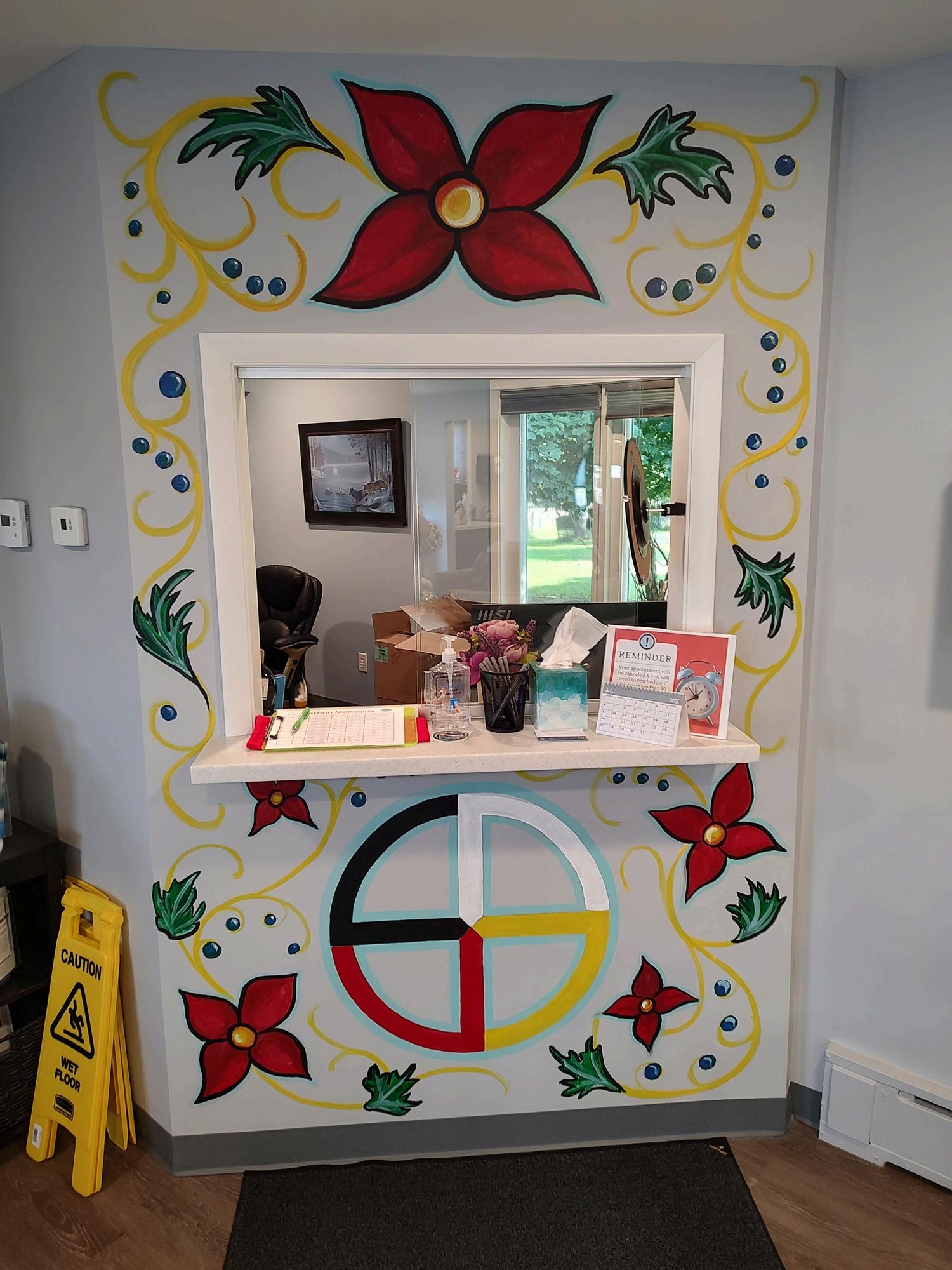
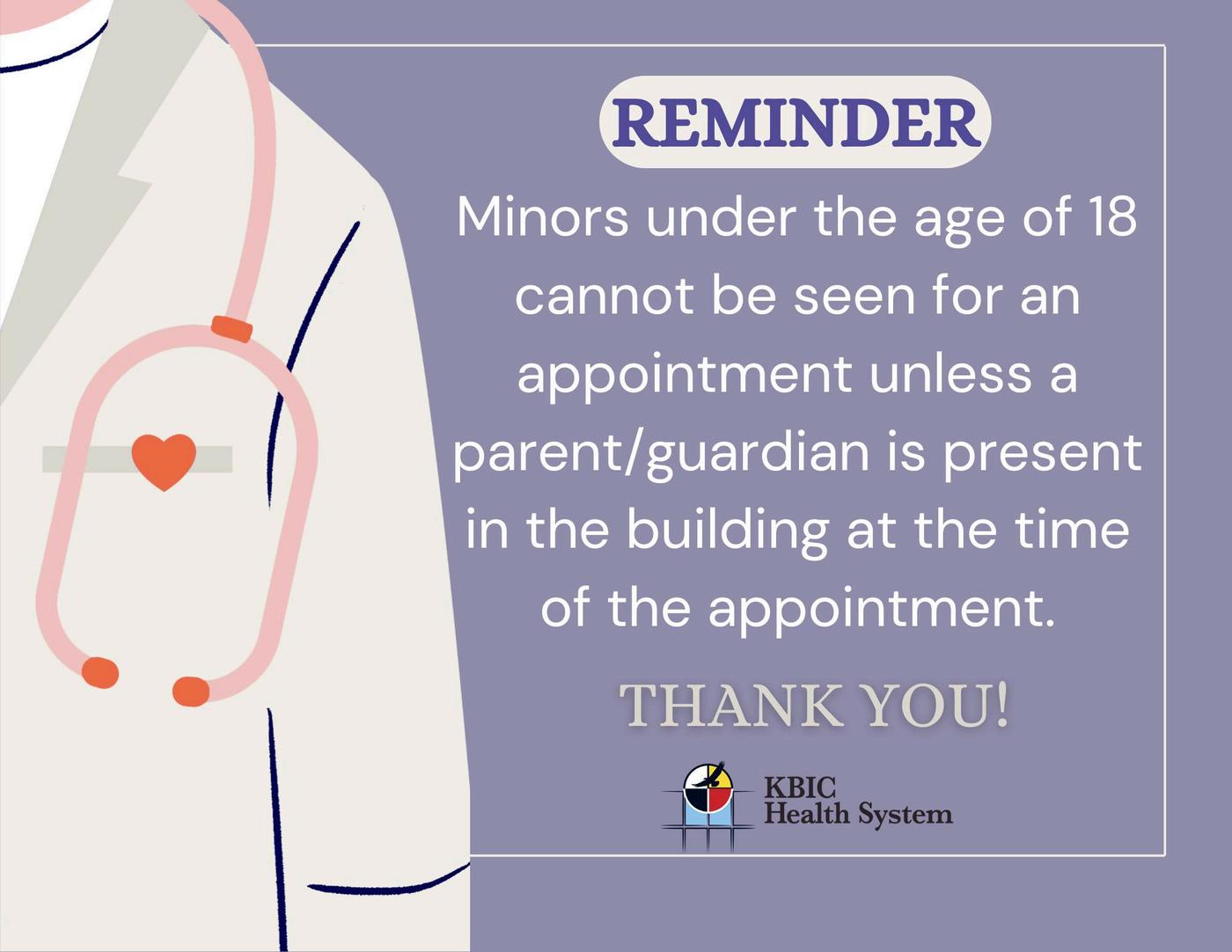

Around the Community
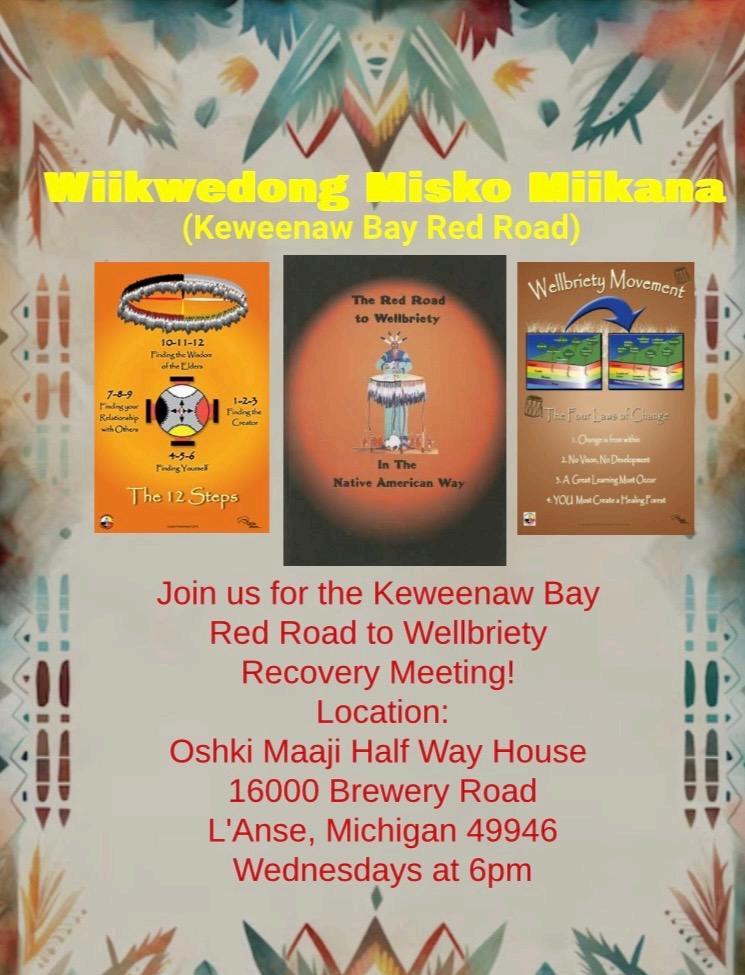


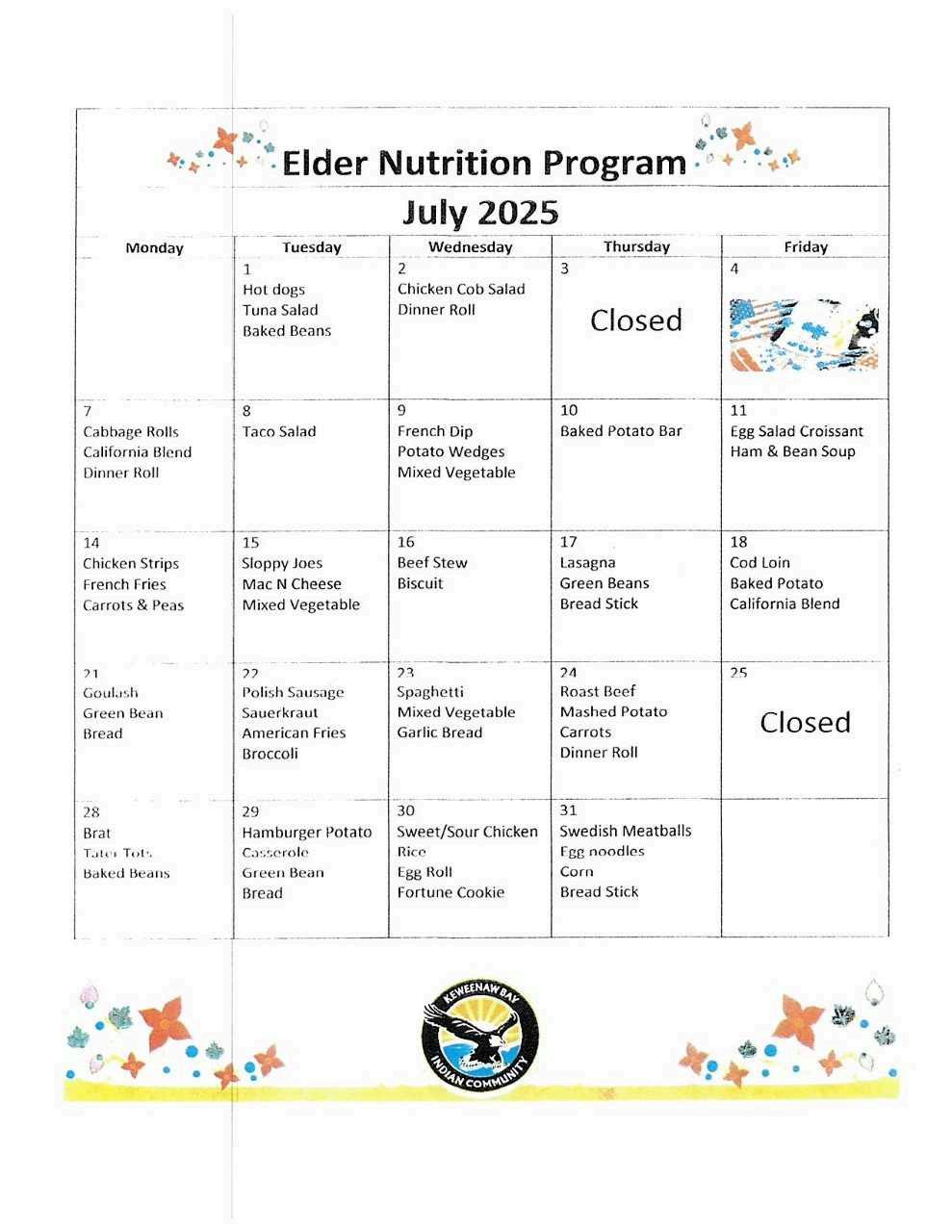


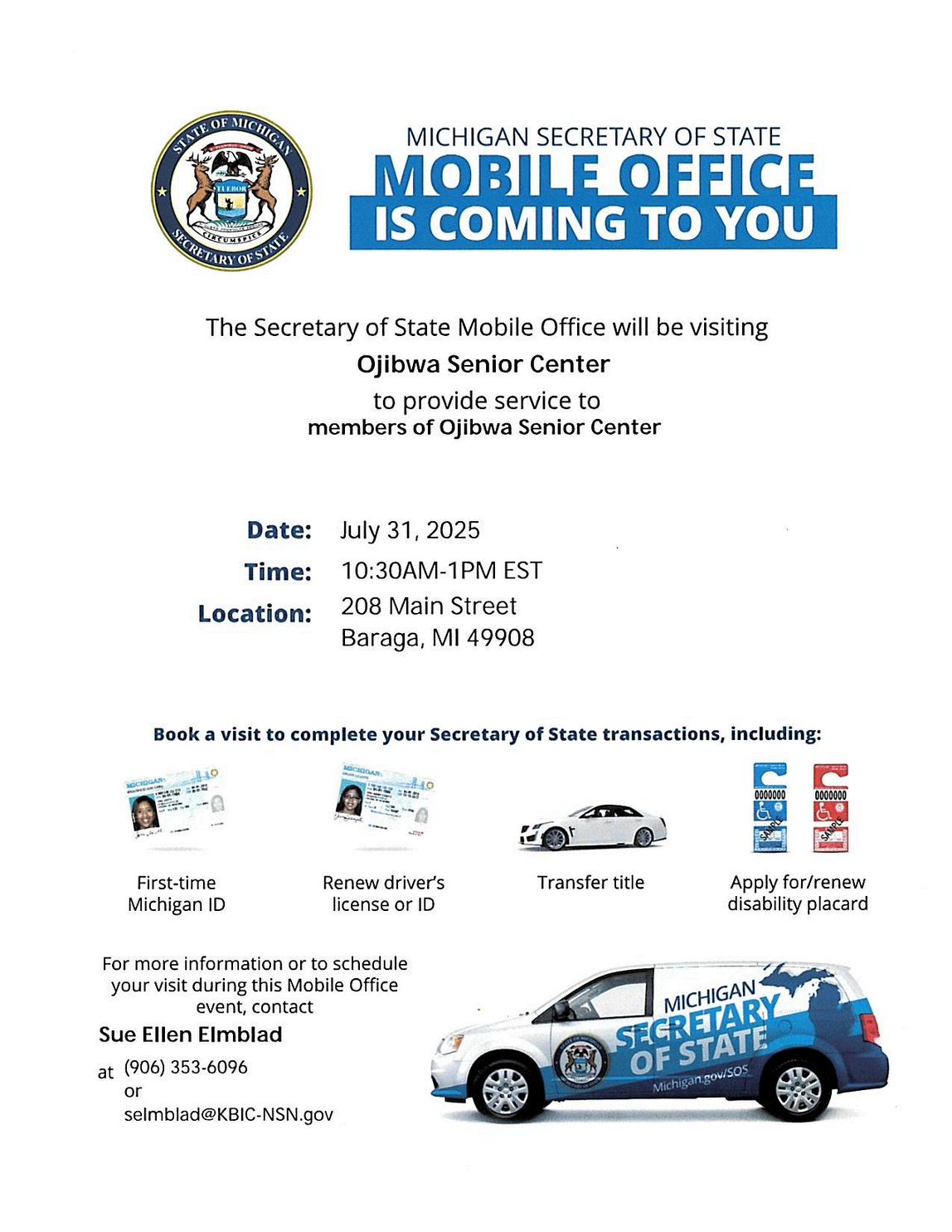
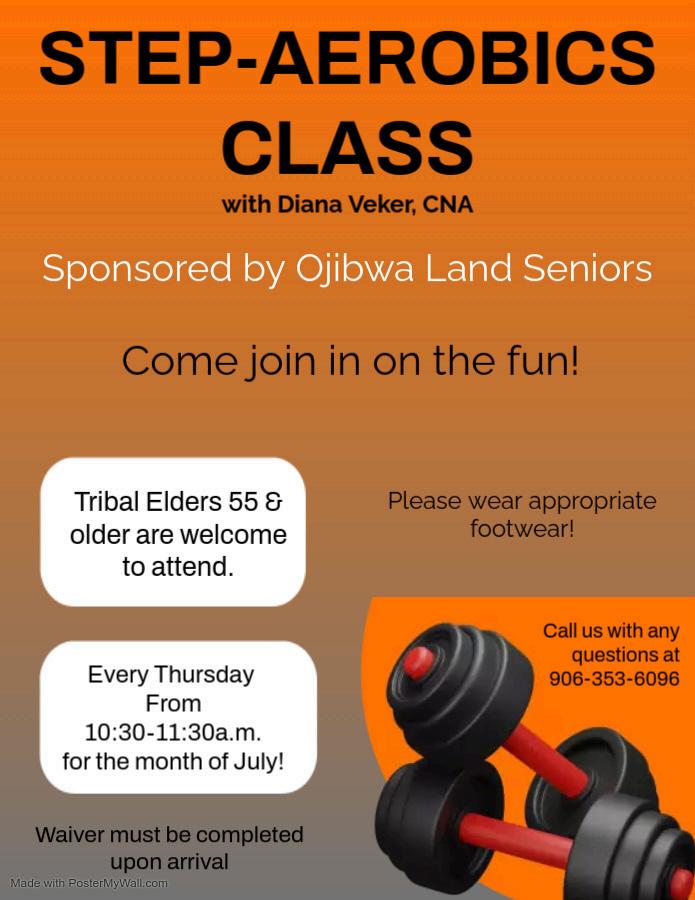

Around the Community

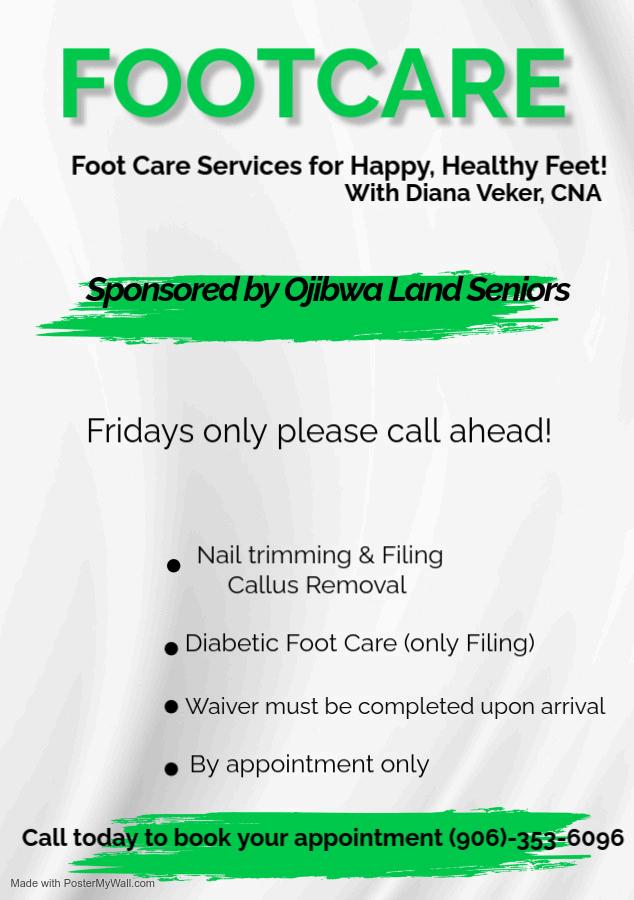
Around the Community

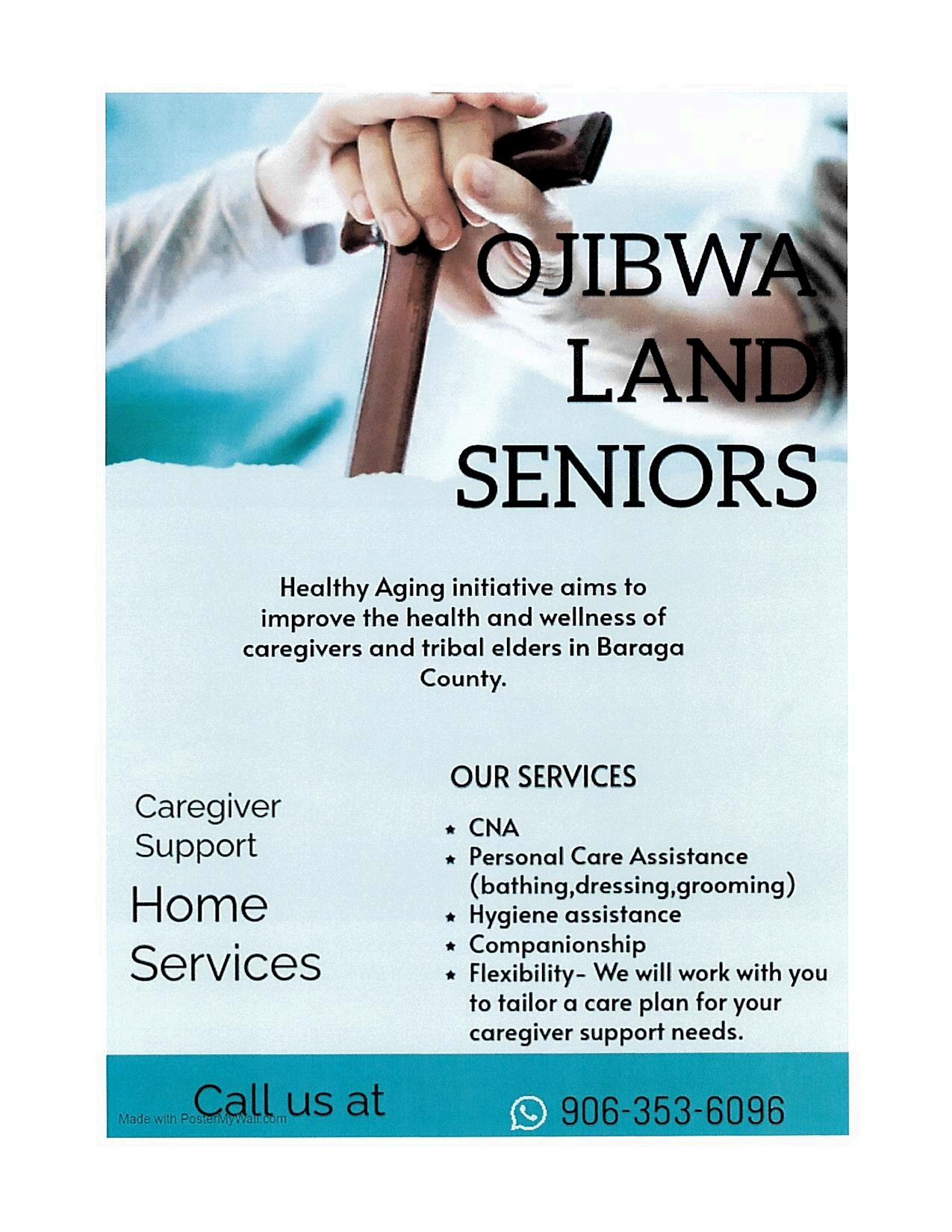



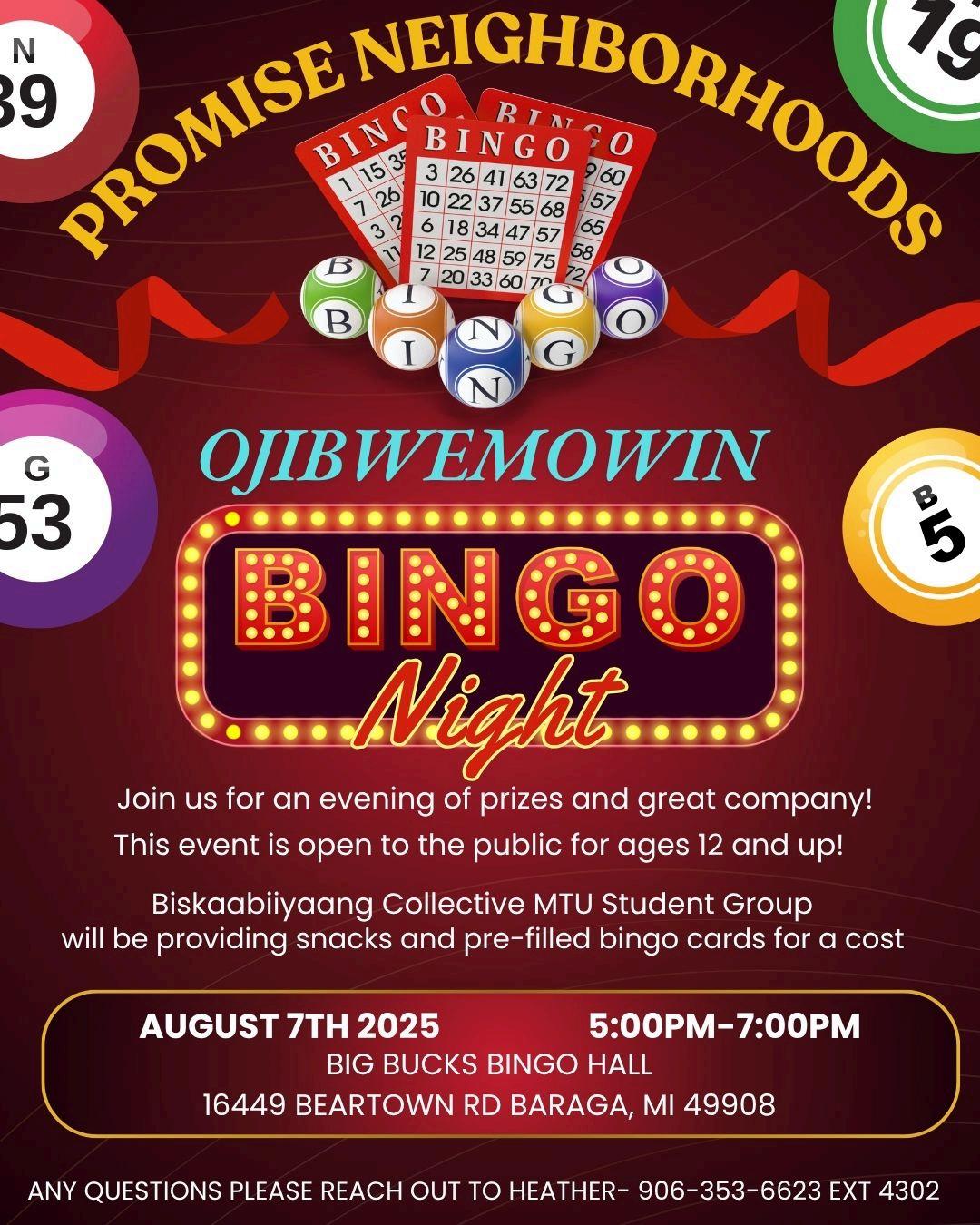

KBIC Youth Programs Summer Camp in
Full Swing
The KBIC Youth Programs Summer Camp has been busy with activities this summer, offering our youth a variety of fun, educational, and enriching experiences. Camp participants have enjoyed trips to Michigan Tech for open swimming, beating the summer heat while staying active.
They also made a visit to the Upper Peninsula Children’s Museum in Marquette, where imagination and hands-on learning came to life.
In addition to these field trips, campers have been hard at work in the KBIC Community Garden, learning about the importance of growing fresh food and giving back through their efforts.
KBIC Health System staff have also joined in on the fun, hosting engaging wellness activities
From pool days to planting days, this summer’s camp has truly offered something for everyone.
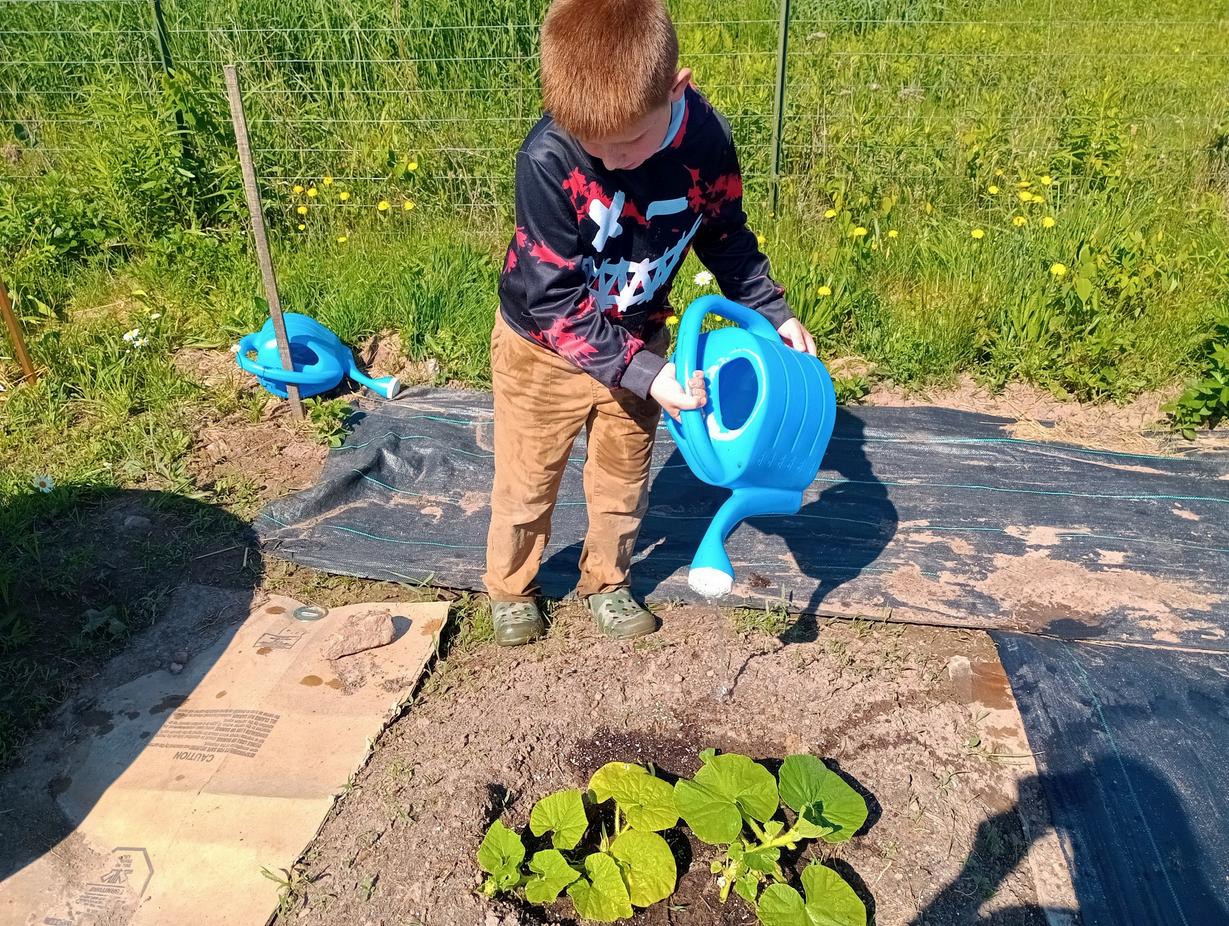
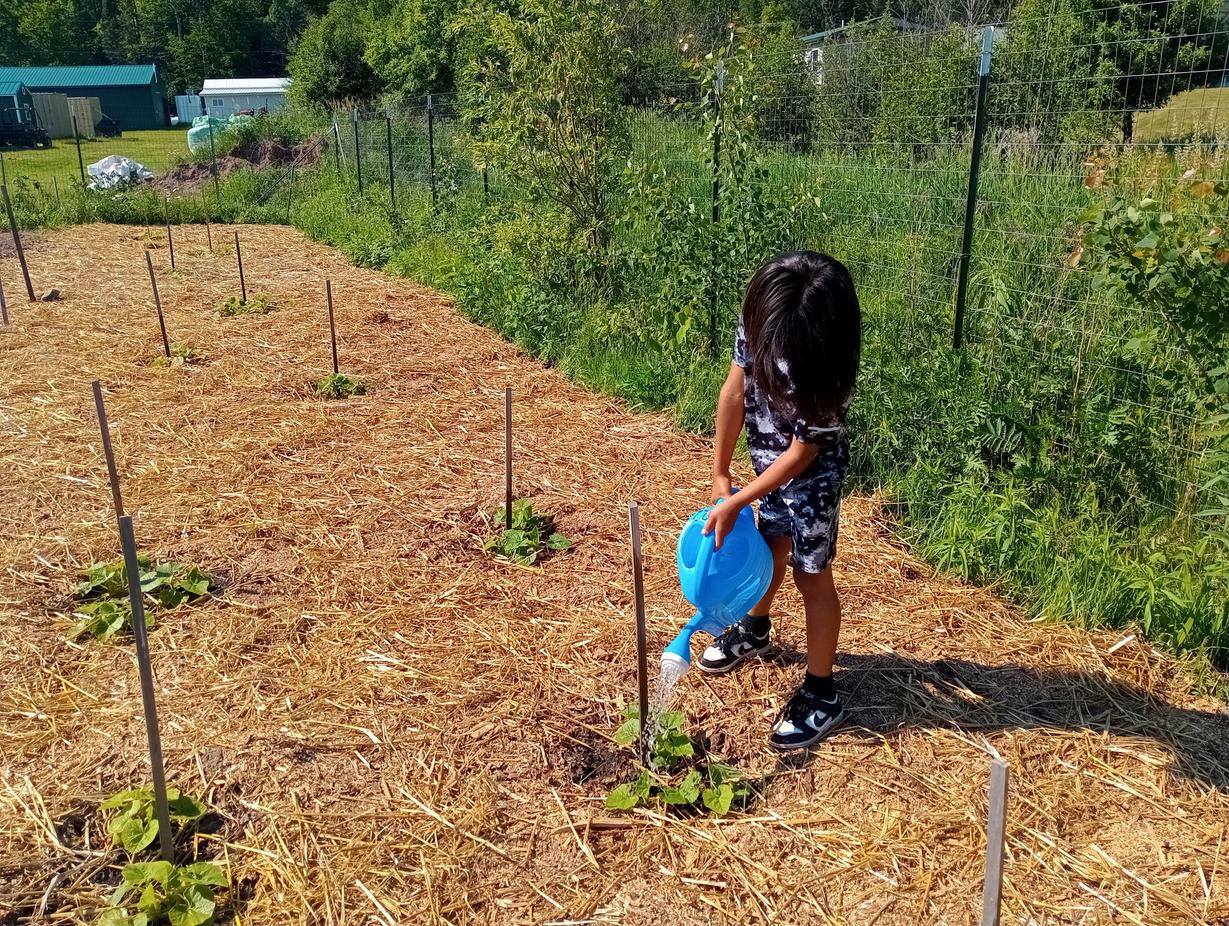

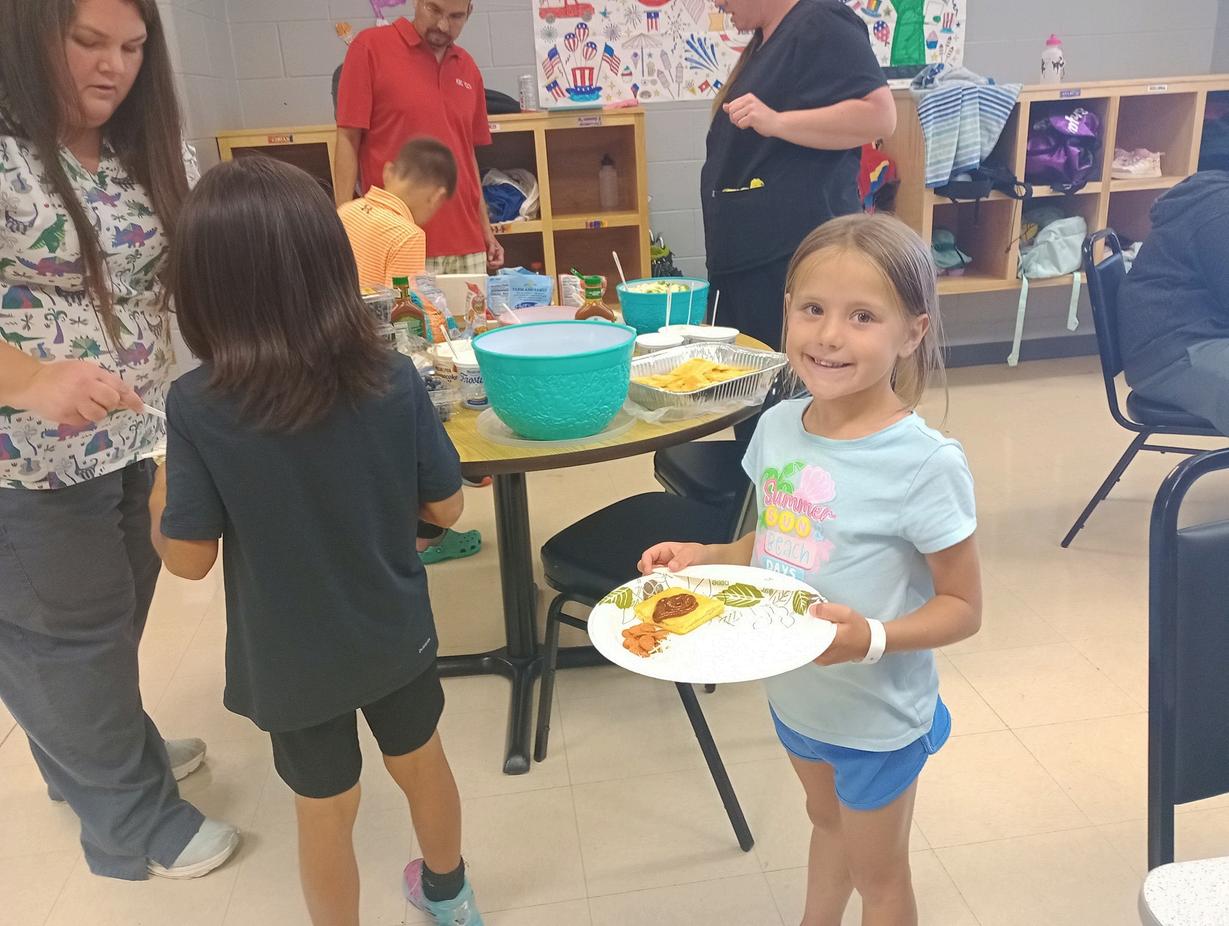
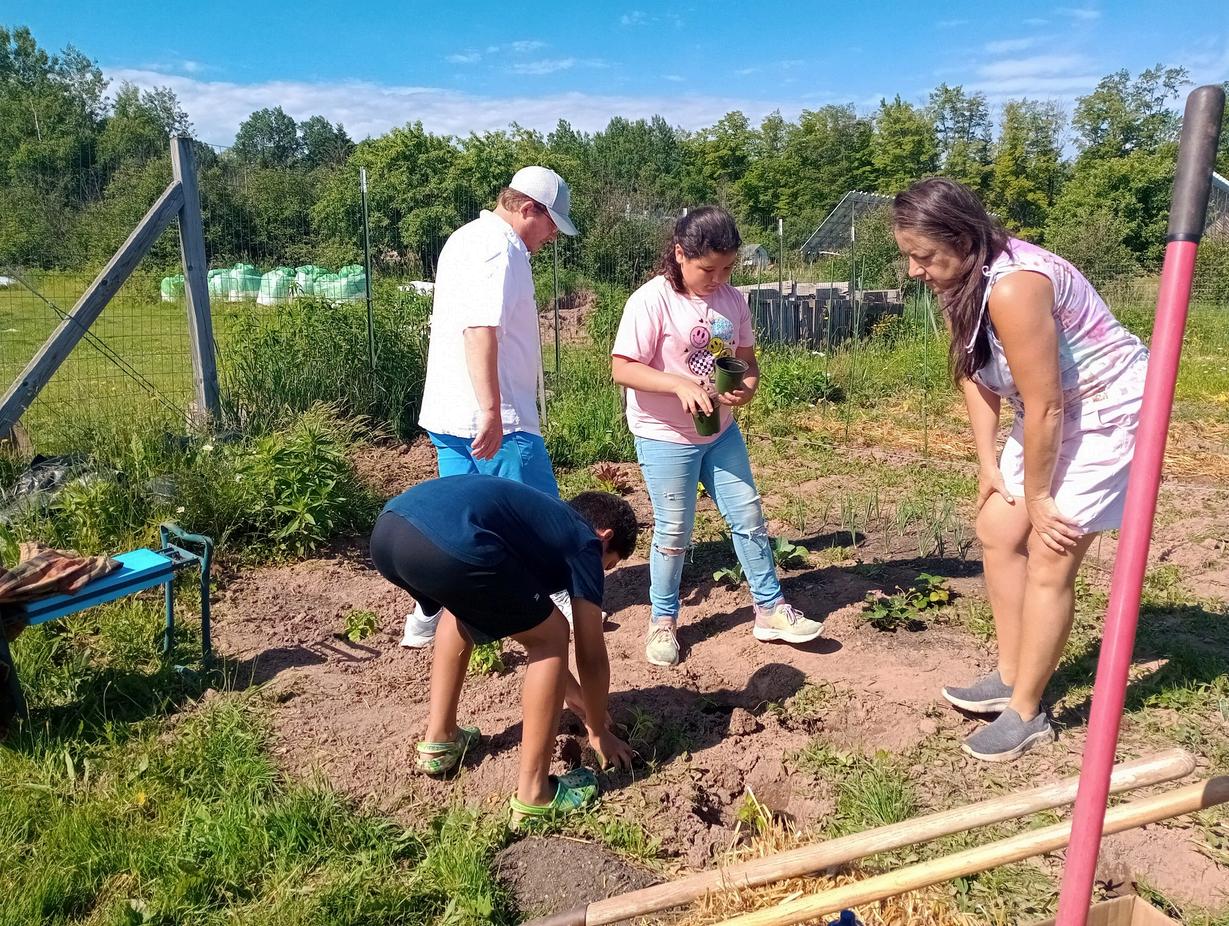
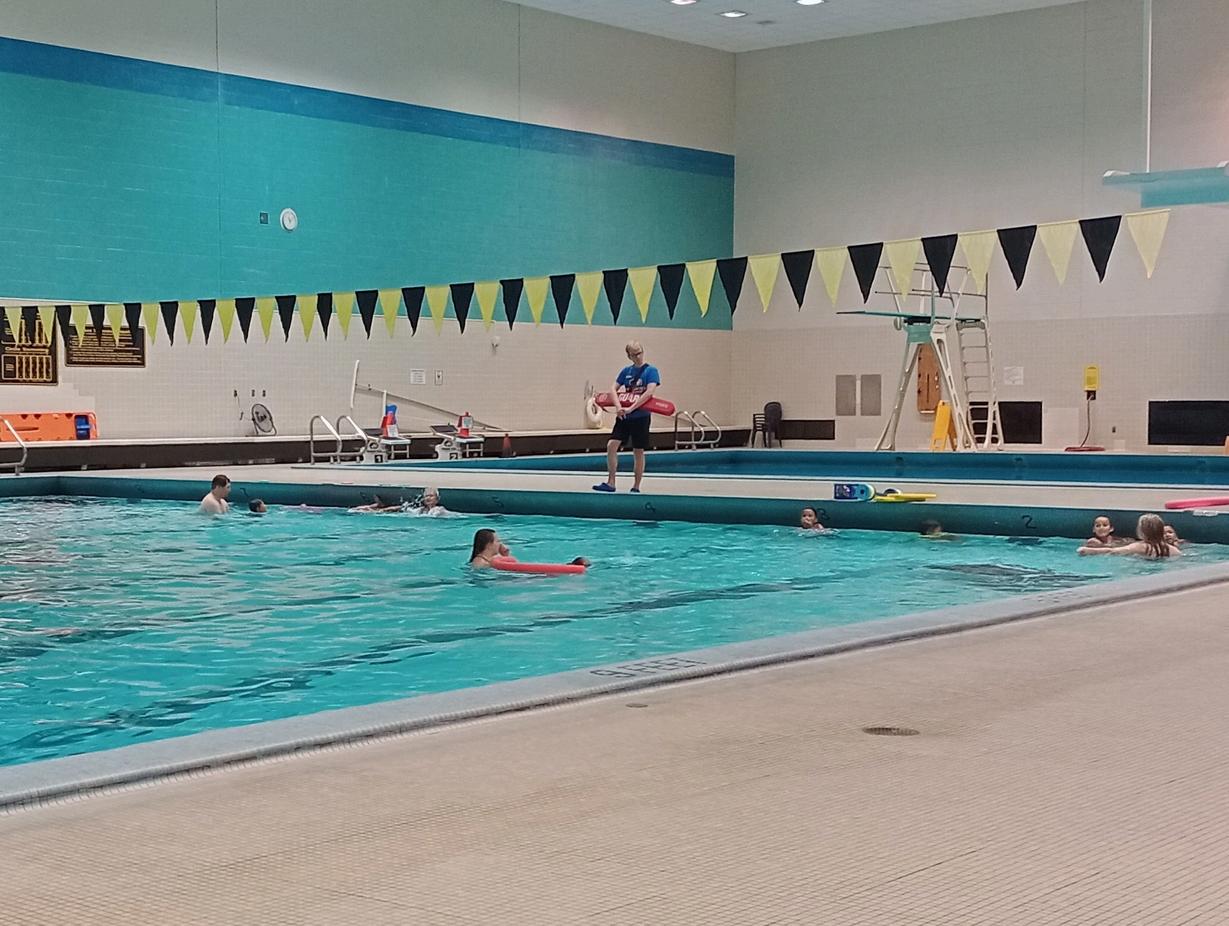
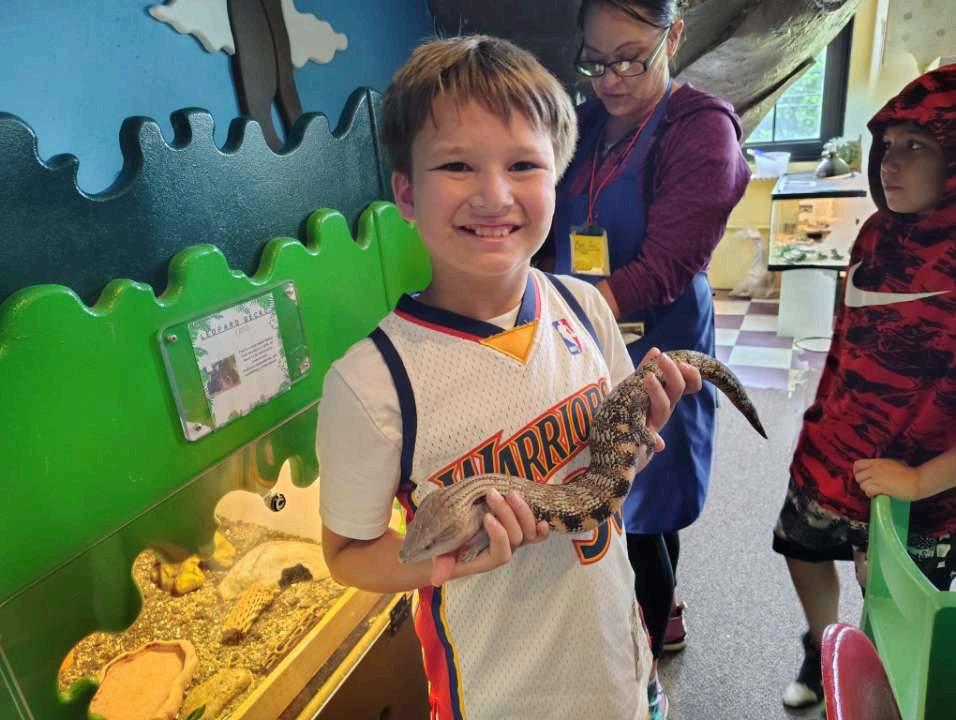

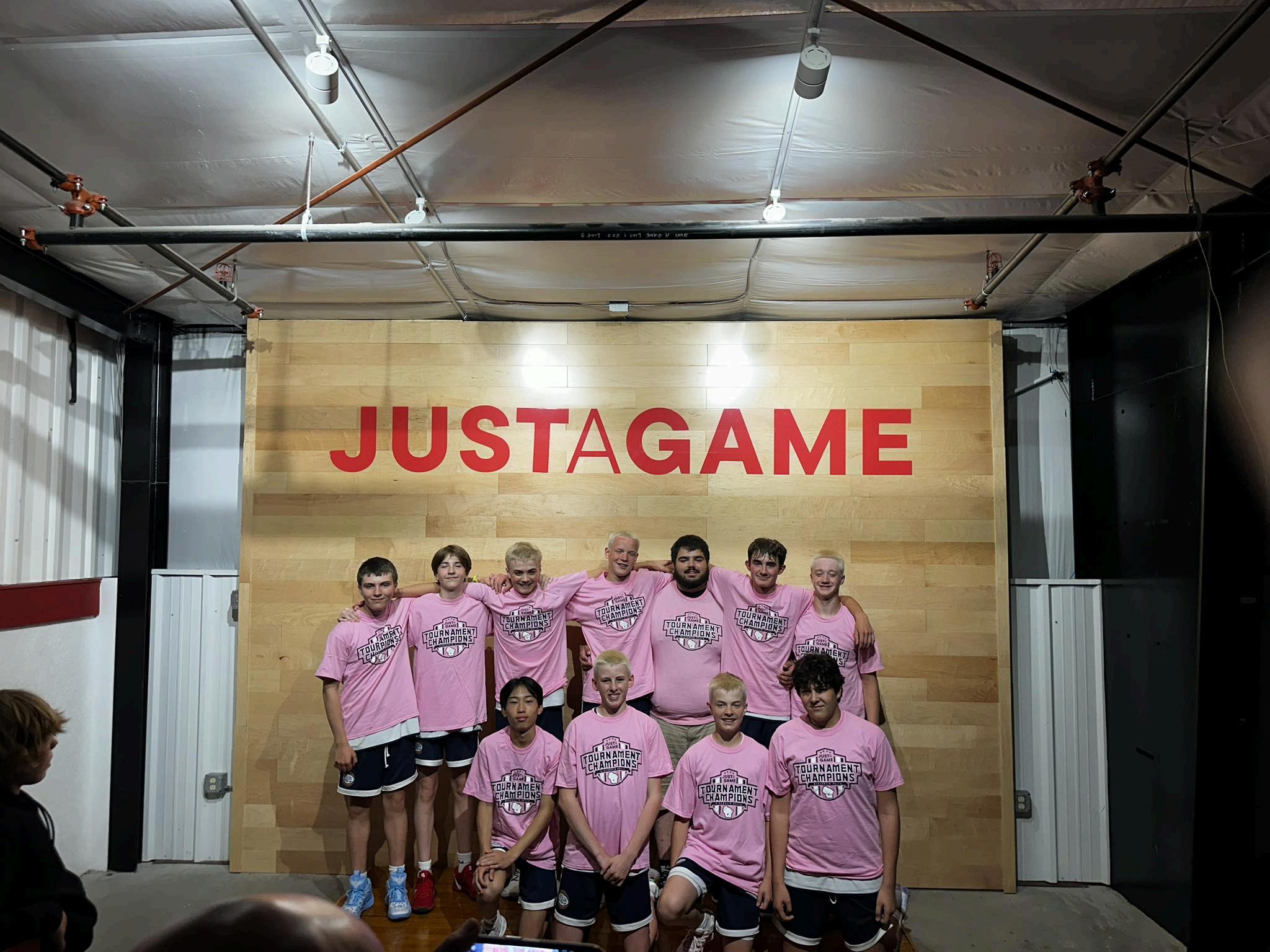
Champions at the Cream of the Crop tournament in Wisconsin


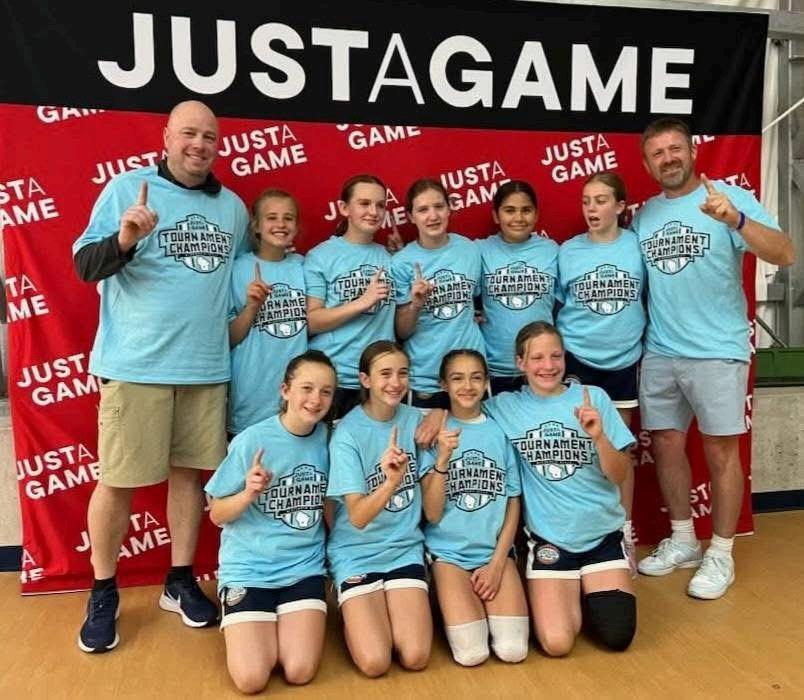
Champions at the Cream of the Crop tournament in Wisconsin
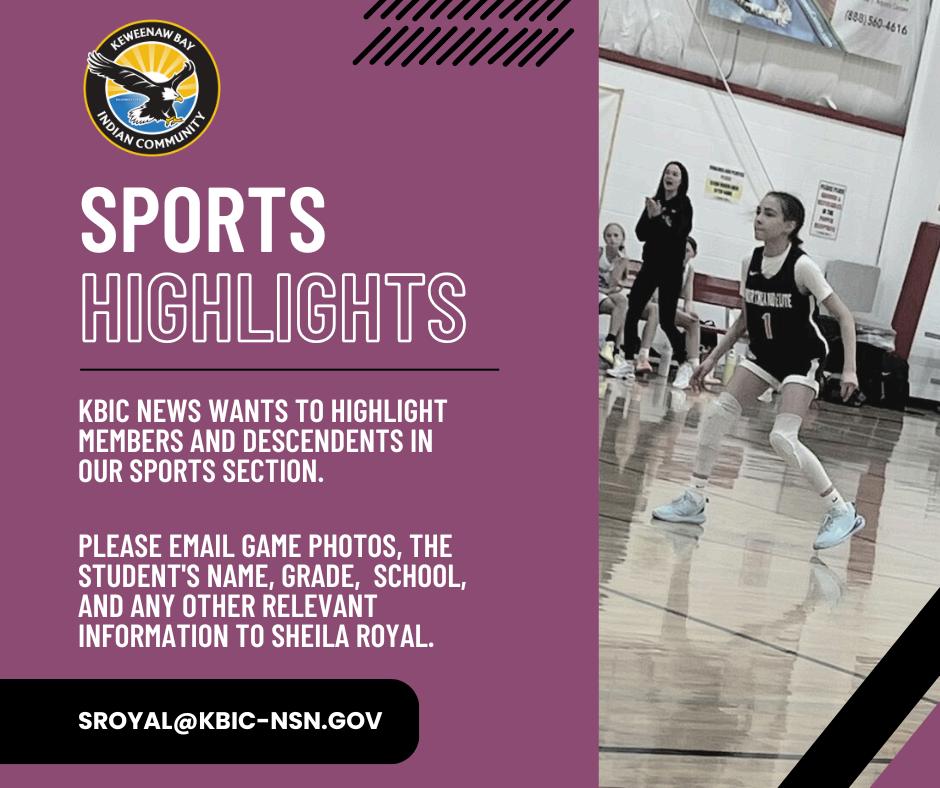
Northland Elite 14U
Dells.
KBIC Youth: Michael Delich and Jax Geroux
Northland Elite 11/12U
Dells.
KBIC Youth: Aaliyah Loonsfoot & Kaleigha Kalita

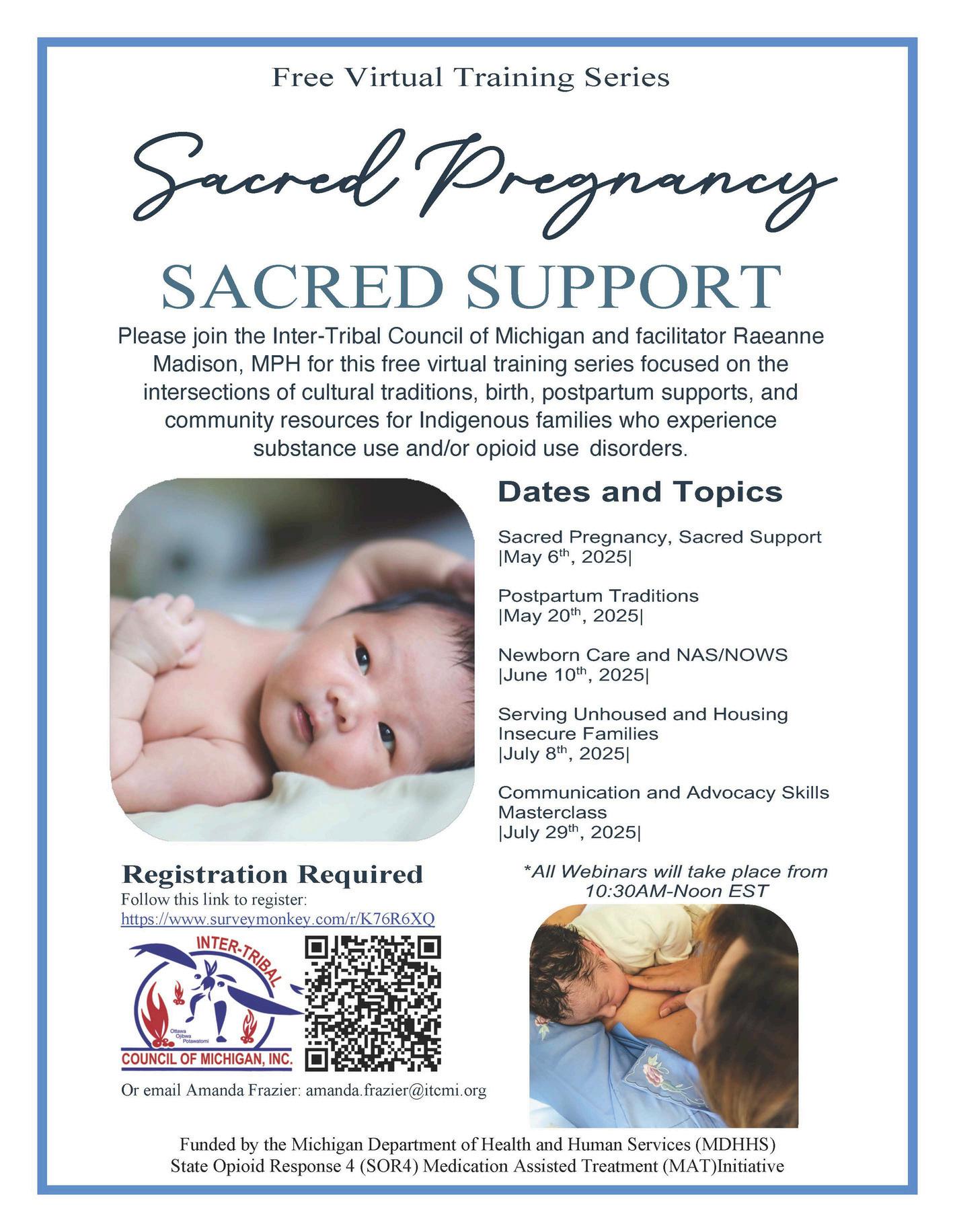


Around the Community
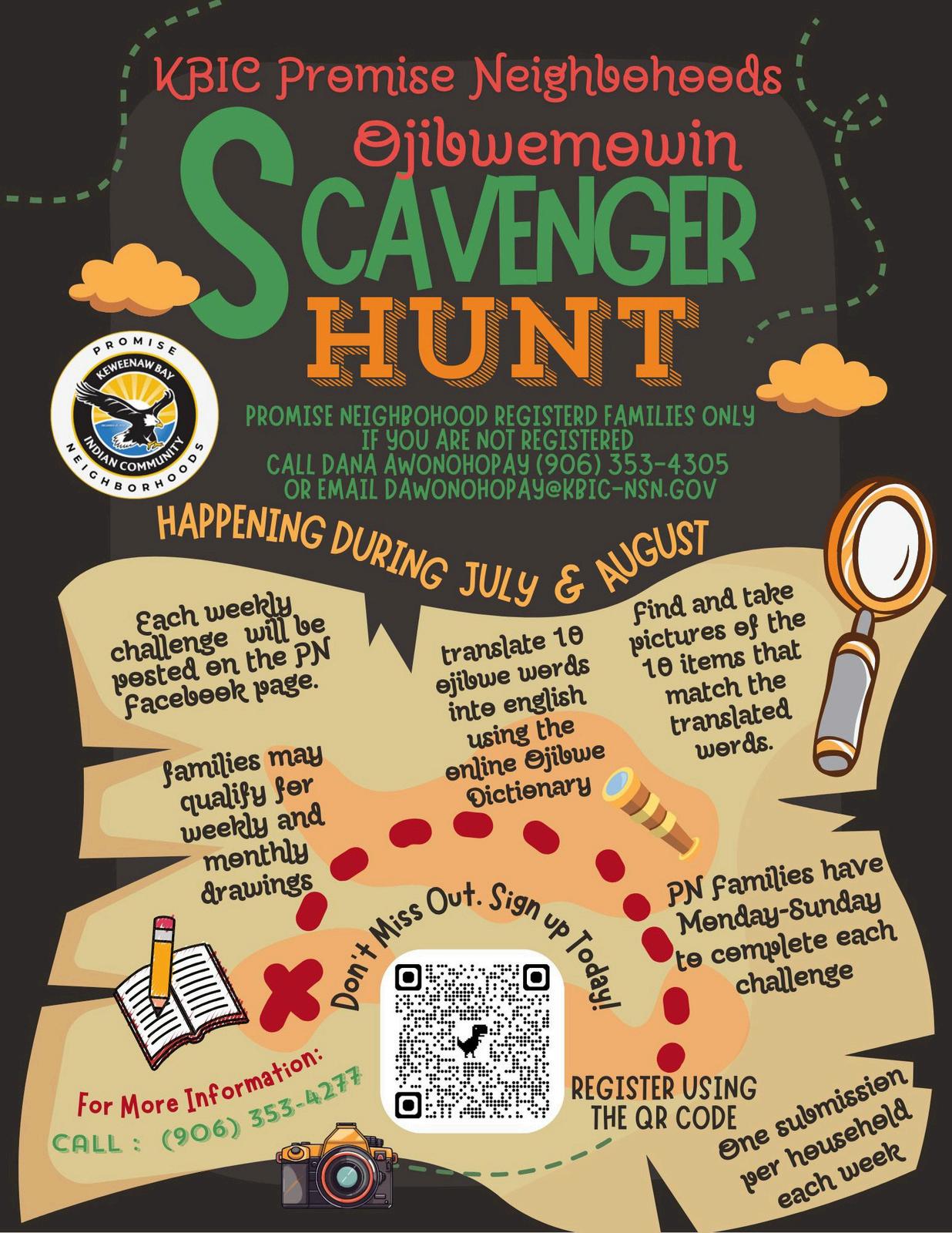
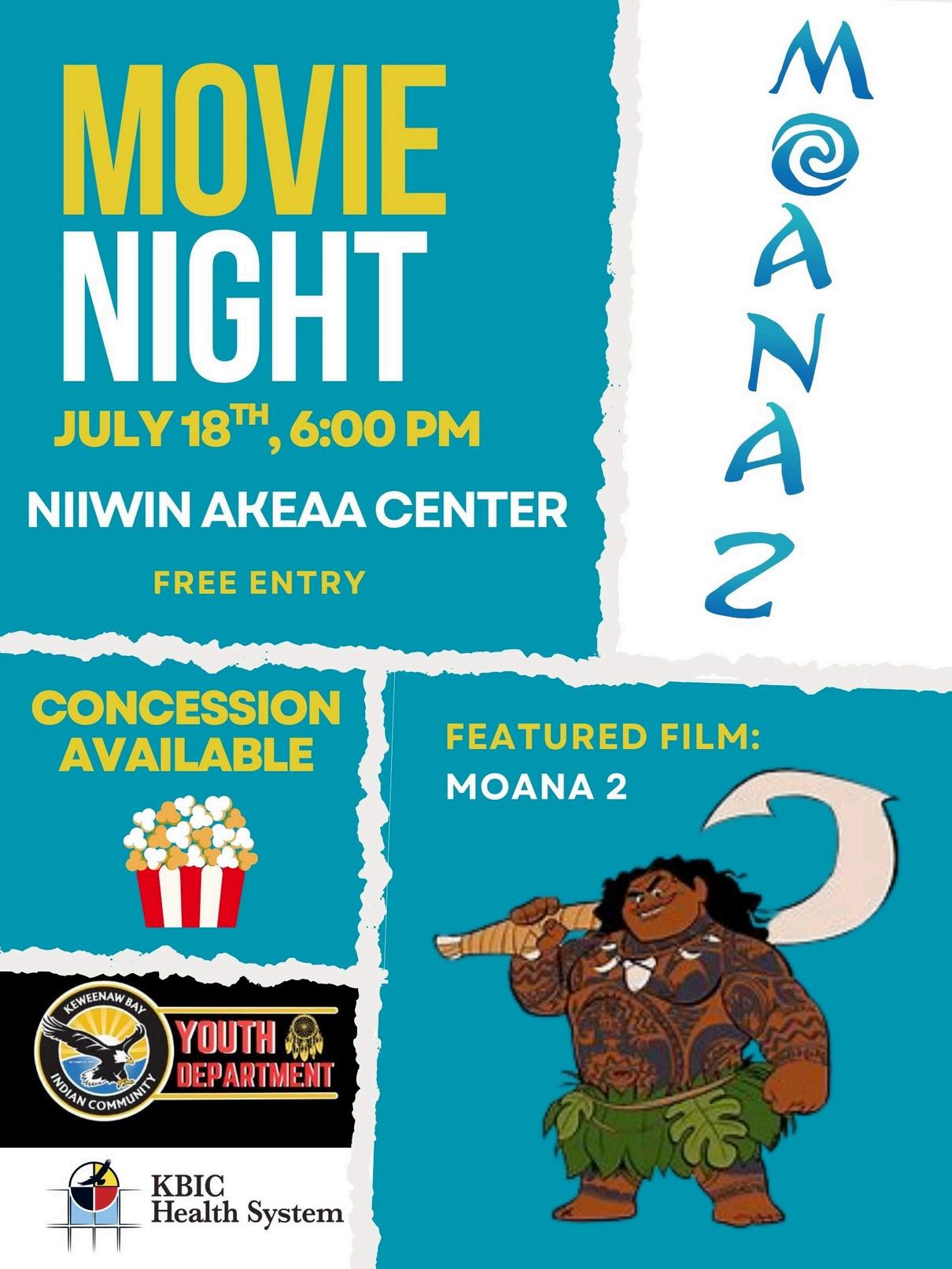
Around the Community

